



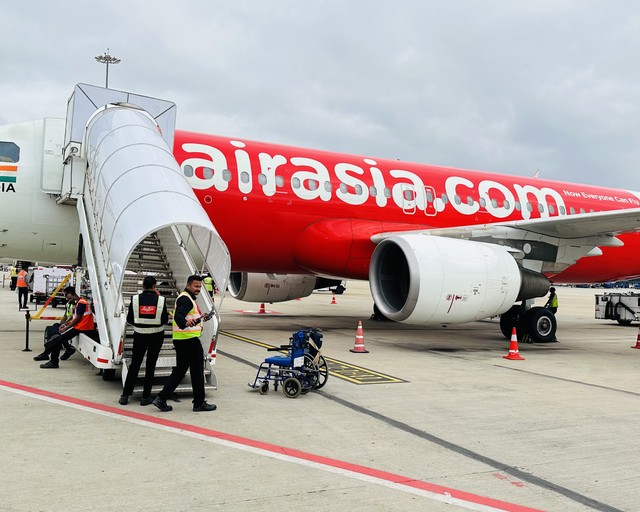
 3 reviews
3 reviews
This is the third leg of the ‘Hexagon’, my series of six flights in southern India via Southeast Asia for the Christmas 2022/New Year 2023 break. This and the next flight, both on A320s, are on two airlines of the Tata Group — the Indian multinational conglomerate that acquired Air India from the government — that were both founded in 2014 (and were always owned by Tata) but will disappear in a year’s time, and won’t make it to the decade mark. The first is AIX Connect, better known as AirAsia India, which is now 100% owned by the Tata Group after Capital A Berhad — which runs the AirAsia operations in Malaysia and across Southeast Asia — decided to exit the joint venture and focus on its ASEAN business, which is set to expand shortly with a new Cambodian unit. The other, of course, is Vistara, the joint venture between Tata and Singapore Airlines, which will be subsumed into Air India. Similarly AIX Connect AirAsia India (code: I5) will merge with Air India Express, which has only ever operated 737-800s and flown internationally — a sharp contrast to AirAsia India’s all-A320 fleet flying within the country — and, in March, both airlines moved to the same website, booking platform and social media channels.
As such, I simply could not pass up the opportunity to fly on these two airlines before their brands were killed in favour of Air India (Express) and they were consigned to the history books, all the more so since their inflight product was far superior to that on the Air India-branded airlines. AirAsia India and Vistara both have a proper streaming entertainment system on all their A320 aircraft (AirFlix and Vistara World, respectively) plus the latter’s on-the-way-out 737-800 fleet — with Vistara taking it up a notch on its A321neos, the world’s first narrowbodies with Panasonic Avionics’ Arc inflight map system — whereas neither Air India’s A320-family aircraft (including the latest set of VT-RT* A321neos) nor Air India Express’ 737-800s have IFE of any kind. Furthermore, in terms of catering, the ‘Gourmair’ offering on I5 far outpaces the measly packaged snacks and cup noodles that IndiGo, the ruthless Goliath of the Indian skies, refuses to go beyond. Though the 35-minute Chennai–Bengaluru hop was too short a sector to have any catering, one can nevertheless see how Tata’s low-cost division has been doing things so much better than the big blue monopoly operator that now also has two 531-seater 777-300ERs wet-leased from Turkish Airlines.
Now, the AIX Connect name was officially introduced on 26 December 2022 — the very day before my flight — and indeed most news reports have referred to the airline exclusively as AIX Connect, but this is only a legal name and not a consumer-facing brand. For consumers, however, the AirAsia India brand will remain in use until November 2023, a year after its complete acquisition by the Tata Group, and then it must be retired — as Tata’s rights to the AirAsia brand will expire — and replaced with either Air India Express (most likely) or a new name for the Tatas’ LCC brand. For simplicity, here I will refer to it as AirAsia India and not AIX Connect, despite what news reports mention, since the latter is not known to the ordinary person. In any case, this was my first and, most likely, only flight on I5 before it meets its end, since it’s unlikely I will do much domestic flying in India in 2023, other than my adventure in Mumbai that involved a misconnection but nevertheless gave me an enjoyable experience on both of Tata’s full-service airlines: Vistara’s cutting-edge A321neo and Air India’s battered A319 with lovely snacks and service.
These reports for I5612 and UK893 won’t get as many views as my bread-and-butter SQ and TG reports — maybe 300 if I am lucky — but they are important to have some perspective on how Tata’s original airlines have historically offered a far better experience (even if at a steep loss!) than the two airlines that will replace them. If anything, these set the standard for how the group ought to run the new Air India (Express) after its big rebrand and livery unveil, if it is to pose any competition to the Singapores and the Qatars of the region — all the more so since AI will be the country’s sole full-service carrier going forward, now that Jet Airways’ relaunch is all but done and dusted — while also taking on the mighty monopoly of IndiGo on all fronts. Let’s get started!
Most Indians who fly with any regularity know little beyond the bare-bones product found on the A320-family aircraft of IndiGo and Air India, with no IFE of any kind (not even overhead monitors — no Indian airline has ever had that!), uncomfortable fabric seats and — in IndiGo’s case — no hot meals other than the pour-hot-water-and-enjoy variety of Nissin or Maggi cup noodles, since 6E has resisted against installing ovens on any of its planes to reduce weight. It makes even the much-maligned US carriers like American, United and Alaska look excellent in comparison, not to mention Delta and JetBlue with their commitment towards seatback IFE which is all but absent in India. Well and good for a half-hour hop within South India, or even a cross-country journey like Chandigarh to Chennai or Goa to Guwahati, but once the three-hour mark is crossed on an international flight, these shortfalls become more and more apparent. With IndiGo now launching routes as far afield as Tbilisi, Astana, Jakarta and Nairobi — baby steps on the path to becoming a truly global Indian carrier — this will become positively painful for passengers.
Which is why it has always baffled me why Tata has been so unprofitable with AirAsia India, despite riding on so much promise in terms of product. In the nine years since its launch, what should have taken on the power of IndiGo on both domestic and international routes has instead been confined to all-domestic operations and not grown like it should have, to the extent that the head honchos in Kuala Lumpur decided to hand over the entire Indian business to Tata, especially with the Air India Express merger coming into the picture. This despite plush leather seats, hot meals on order and even a streaming entertainment system called AirFlix — all of which are completely unheard of on IndiGo.
(In fairness, however, I5 is not the only Indian low-cost carrier to have offered these perks, as the ever-struggling SpiceJet has long offered streaming entertainment and even planned for Wi-Fi. There is, however, some hope in the form of all-737-MAX startup Akasa Air (QP) — according to me, the real successor to Jet Airways, especially with the same CEO — which seems to be the only Indian airline other than 6E for which everything is going right, and it has managed to escape the ill fortune of Jet Airways’ relaunch or Go First’s grounding. While QP may not have an entertainment system yet, it does offer USB charging on several aircraft, again a rarity in the country.)
Another cute thing about AirAsia India that differentiates it from IndiGo and the others is its unique aircraft registration schemes. Most aircraft are registered after cities’ airport codes, hence VT-BOM, VT-DEL, VT-BLR, VT-HYD, VT-NAG (Nagpur), VT-IXC (Chandigarh), VT-VNS (Varanasi), VT-PNQ (Pune) or, in my case, VT-VTZ (Visakhapatnam) for domestic destinations, or VT-BKK, VT-KTM, VT-KUL, VT-HKG, VT-MLE or VT-SIN for international cities — even though I5 has never managed to have international flights. There are also a few mysterious ones, like VT-MOD (was this supposed to mean Chennai, since there was no VT-MAA like one would expect?), and in some cases the registrations have been tweaked slightly: VT-GWH instead of VT-GAU for Guwahati, VT-JPR instead of VT-JAI for Jaipur, VT-KOC instead of VT-COK for Kochi.
Moreover, there are a couple of special registrations with even more special liveries: VT-JRT (named after Air India’s founder J.R.D. Tata, in ‘The Pioneer’ livery) and VT-APJ, named after former president A.P.J. Abdul Kalam, painted in a special Kabali film livery that I caught during the post-landing bus ride at BLR. There’s also the self-explanatory VT-RED, but no special stickers there, since it’s all about one colour. However, some of I5’s A320s and all A320neos use the VT-AT* registration series (not counting VT-ATQ, named after the Sikh holy city of Amritsar in the north, or Vistara’s ‘Tata–SIA Airlines’ retrojet, VT-ATV), like most other Indian airlines do with their series-based registrations that don’t allow for much creativity.
Still, during its short existence, I5 has done its bit to offer an elevated low-cost flying experience in the world’s most populous (and should I also say most budget-conscious?) country. There’s a lot to like about how it has brought together the friendly, fun image of the AirAsia brand with the trust of the Tatas, giving it a unique Indian feel that sets it apart from its ASEAN namesakes. (Over there — minus Singapore, that is — the focus seems to be much more on the (all-lowercase) airasia super-app than on the airlines, resulting in a dichotomy between the airlines’ brand and the app’s.)
While it hasn’t really managed to tame the IndiGo beast, it has stood out much more than another all-A320 airline — the now-grounded Go First, formerly GoAir — did, and, like Vistara, I will be sorry when it’s gone, which isn’t too far away. At the same time I hope that Air India Express, which has been nothing short of lacklustre all these years, takes the best of what made the AirAsia India brand work all while it has lasted. That includes providing a far superior onboard product than any other low-cost carrier in the country — since this isn’t something 6E is interested in improving on, its monopoly status being more than enough — which can rival what the all-lowercase ASEAN airasia, with its Wi-Fi (as I saw when 2023 started), has done all along.
Enough with the bak-bak (big talk), and on with the review!
Tuesday, 27 December, midnight. Having spent the Christmas/Boxing Day weekend with my parents and granny in Chennai, it was time to leave them and start my week-long New Year’s expedition across Bengaluru and Hyderabad before returning to Singapore from there. Now the time had come to check in on AirAsia India’s website, and up front I was greeted with a banner promoting the government’s new DigiYatra facial-recognition system, which has been implemented at several airports like Delhi and Bengaluru — but not Mumbai or Chennai yet.
I5 has shown itself to be an innovator in the cut-throat Indian aviation market which has been saturated with sameness for too long. One example is its chatbot, Tia (a modern, cool-sounding Indian female name) — the first for any Indian airline — and this is something Air India has promised to build upon with an upcoming ChatGPT-driven solution. The equivalent in the ASEAN airasia is called Ava, with an entirely unnecessary acronym expansion: Allstar Virtual Assistant.
The tech-savviness of I5 came to the fore once again with an ad for its streaming entertainment system right below the boarding pass QR code that I received after check-in. I knew well in advance, courtesy Flightradar24, that I would be flying VT-VTZ today, since it was operating the same flight number from Hyderabad.
Before I left home for the final time in 2022, I had a look at my books and my inflight magazine collection, which my father and I had painstakingly accumulated over the decades.
Among the more recent Indian ones were the Hello 6E magazine, from when before the pandemic had made its entrance, which promoted a new flight to Yangon. This I paired along with the guest magazine of Taj Hotels, the Tata Group’s hospitality chain and one of the country’s largest luxury hotel brands.
Followed by Vistara’s eponymous inflight magazine, again prepandemic — from a time when I could only dream of flying it, as my father jetted to and from Mumbai on business trips, most often on Vistara’s 737 subfleet.
Standing in the hallway were my grandmother (left) and mother (right), in a house that we would soon have to abandon in a few months’ time as we moved to Bengaluru.
Beside the TV were a camel and doll — the latter shaped like an Arabic woman, used to hold peanut-brittle candies — that I’d got from Dubai earlier that June.
I’d never used Uber before, since in Singapore the entire Uber business was acquired by Grab in 2018, so I decided to install the app — alongside the existing Ola Cabs app that I had — as this was the first time I would be travelling alone in India without my parents for company.
At a quarter past eleven we reached Chennai Airport, and the ‘Aerohub’ landside shopping complex that had newly opened. Before long I was inside, having waved adieu to my parents and granny for the year 2022.
Chennai’s domestic terminal: not outstanding, but better by far than the international
The domestic check-in counters had recently introduced automated kiosks, but these were only for IndiGo, Air India and Vistara. While not as grand and imposing as the square numerals of Mumbai T2, the building was decent and not horrible.
Soon enough, my bags were checked through — the standard 15 kg plus another 3 kg I’d bought in advance — and I was on my way. I5 is one of those airlines which have a card for feedback at baggage-drop counters, which I appreciate.
This was my boarding pass, which unfortunately I managed to lose three days later while boarding the Hyderabad-bound Vistara flight. On the reverse were ads for the Tata Neu super-app — covering AirAsia India and Vistara of course — which I don’t think has gained too much traction since its launch in April 2022.
At Chennai, all the snacks stalls (and not very well-known ones at that) are inside the departure area — as against my destination, Bengaluru, where the entire drop-off driveway is filled with richly decorated eateries ranging from Pizza Hut to several local chains that give a unique, high-street feel to the ambience.
As is common at many buildings in Chennai, traditional temple installations were placed at regular intervals.
There were the typical fashion and jewellery ads at the security lines, after which were all manner of stalls and boutiques.
Newspapers, both English and Tamil, were placed in front of the security queue: something I greatly appreciated, since we don’t read many papers at home nowadays.
To the left past security were a (totally unimpressive) pair of domestic lounges and a (somewhat better) Krispy Kreme Doughnuts stall. While nowhere as grand as Bengaluru or Mumbai T2 — which are de-facto shopping malls in their own right — the selection of shops was by all means okay and not atrocious like it was in the international terminal. In other words, more Commercial Street than Mantri Square (Bengaluru), or more Pondy Bazaar than Express Avenue (Chennai).
The shops themselves were a mix of South Indian clothing/jewellery shops (Ramraj, Krishna Pearls, Pothys), women’s casual leggings (Twin Birds, Go Colors) and also a Sunglass Hut, which I didn’t expect at a drab state-run airport. This was no Kempegowda or CSMIA, but it was far better than the nothingness in the other building post-immigration, the duty-free shop aside.
This is why Chennai Airport will never get WHSmith or Relay: it is far too proud of its Higginbothams bookstore, founded in 1844 on Mount Road. That’s not a problem in and of itself, since this is a prestigious, historic bookstore that’s also present on the arterial M.G. Road in Bengaluru. Rather it stamps its image as the country cousin of those posh, upmarket bookstores at other metro airports: not only well-managed private ones like BOM and BLR but also, surprisingly enough, the state-run Kolkata (another perennial straggler like MAA) and the military-run Pune Airport.
At least the domestic terminal has a proper Higginbothams, in contrast to the sorry excuse that is the international building, with its no-name mom-and-pop stall and the embarrassing row of handicrafts and emporiums. I trust the New Integrated Terminal Building, thrown open to the public in July 2023, should remedy at least some of the deficit of retail and food options — but I’m not holding my breath for Relay or WHSmith to set up shop there like they have elsewhere in the country. Not that I care, anyway, because Kempegowda is now my home airport in India, and it has spoiled me silly!
Meanwhile, I shifted my attention to the gate action, and what do you expect but blue-and-white and red-and-orange tails here, there being no deep red with yellow dots (SpiceJet) or orange and violet (Akasa) for the time being.
Further proof that MAA’s domestic terminal has at least managed to do something right in terms of its food and retail options came in the form of The Coffee Bean & Tea Leaf close by, and Pizza Hut and KFC further back.
In a nearby gift shop, some shelves were stuffed with stuffed toys, and others were filled with filling sweets and snacks.
I proceeded to the restaurants near the back for my lunch, specifically the KFC.
There I decided to have a Biryani Bucket for an affordable ₹299 INR (US$3.6), far better in terms of both taste and value than the otherwise overpriced stalls at Indian airports.
Though the displays showed ‘Security’, I was slow to realise that boarding had actually started for I5612, and was blissfully eating until the gate agent called out my name — I may very well have missed the flight otherwise.
This was VT-VTZ, the aircraft of the day, built in 2010 and named after the port city of Visakhapatnam (Vizag) in the South Indian state of Andhra Pradesh. The original Telugu-speaking state of Andhra Pradesh was bifurcated in 2014, with the inland state of Telangana containing Hyderabad (HYD), and the coastal state of Andhra Pradesh containing Visakhapatnam (VTZ) and Vijayawada (VGA) as well as the Hindu religious destination of Tirupati (TIR) which is hardly a few hours’ drive from Chennai.
As you can see, the entire day’s flying schedule was laid out, and I must say that’s an absolutely crazy, jam-packed day of flying for this bird — from midnight to midnight — with the I5611 flight consisting of three segments (PNQ–BLR–MAA–HYD) and this flight number consisting of two.
On the jetbridge I had not the best view of the bird, but it would get better after landing courtesy of a bus ride — something that I always enjoy, in contrast to many other passengers who can’t stand driving around in a packed bus from remote stands.
Oh, VT-IFL, you never seem to lose track of me, do you? You took me to Mumbai in 2019, and you were on the tarmac when I was leaving Mumbai again in March 2023, and in between you turn up here as well.
Meanwhile an Air India Express 737 (VT-AYC) had oddly turned up, despite not showing up on Flightradar24. It’s hard to believe that this is the all-737-800 airline — flying predominantly to the Gulf countries and Singapore, mostly from South India — that the all-domestic, all-A320 AIX Connect AirAsia India will be merging with. (Did the name AIX come from Air India Express — and will this be the official brand used after the merger? Anybody’s guess.)
Beside us was VT-PPK, an Air India A321 of the same 2009/2010 vintage as us (VT-VTZ) and VT-AYC, with another (VT-PPG) trundling up from behind.
Flight: AIX Connect/AirAsia India I5612/IAD612
Date: Tuesday, 27 December 2022
Route: Chennai International (VOMM/MAA) to Bengaluru Kempegowda (VOBL/BLR)
Aircraft: VT-VTZ, Airbus A320 (registered after the city of Visakhapatnam, or Vizag)
Age: 12 years 5 months at the time (built: 12 July 2010, delivered: 9 August 2010 to AeroGal of Ecuador as HC-CJM; joined AirAsia India on 6 September 2018; transferred to AIX Connect on 21 December 2022)
Seat: 22F
Boarding: 12:30pm IST (UTC +5:30)
Departure: 12:55pm IST
Arrival: 1:30pm IST
Duration: 35 minutes
Notes:
• First — and, in all likelihood, final and only — flight on AIX Connect/AirAsia India before it disappears into Air India Express, which is scheduled to take place by November 2023.
• First non-neo, non-sharkletted A320 flown since 9V-SLS in January 2020, on another ‘first and only flight’ airline: SilkAir, which was absorbed into Singapore Airlines in May 2021.
I5 is unique among Indian low-cost carriers to have leather seats, but this is completely in line with other AirAsia airlines. The seatback had an ad affixed on it and also contained the safety card, airsickness bag and inflight menu. Like other AirAsias, and unlike Vistara, there was not the slightest sign of an inflight magazine in a postpandemic world.
The safety card had none of IndiGo’s cute turbaned sardarji but wasn’t as boring as the ancient illustrations on Air India.
Overhead bins were plastered with ads for the Himlayan mountainous state of Himachal Pradesh. Personally remote, mountainous places aren’t among those I would ever visit — having been to such areas one time too many in childhood, to my dismay — but, for many, this is exactly the kind of wild retreat they want to escape to. Meanwhile I had the entire block of 3 seats to myself — which seems to happen every five flights or so — as the manual safety demonstration proceeded.
Might I also mention that the lead cabin supervisor, Shashank, was one of the most awesome flight attendants I’ve had the pleasure of hearing a boarding announcement from. He introduced his fellow crewmembers as ‘the very charming Gayatri’, ‘the tall Mohir’ and ‘the pretty Trina’. Never, before or since, have I heard a flight attendant be so effusive about his crew — even though they did not have to serve me. Also, on touching down half-an-hour after, he prefaced his welcome to Bengaluru with ‘the land of filter coffee and masala dosa’. Sweet!
We were now visible on the Flightradar24 map, with a Vistara 737 (previously the standard on the MAA–BOM sector) at the gate — a rare breed, now that VT-TGE is now the only one left — though I did not see her.
Meanwhile an Akasa 737 MAX landed in the distance, and it was my first time seeing one in the flesh. In any case, BLR is where it has based most of its aircraft. If anyone can counter the near-duopoly of Air India and IndiGo, it is Akasa, seeing as it has inherited much of Jet Airways’ product and service ethic and has grown strongly and sustainably in the year since its launch. Even many of the MAXes themselves were ex-9W birds — though some of them went to Gol of Brazil — and since the real Jet likely won’t come back amidst all its financial follies, this is the best replacement you could ask for.
At 12:55 we were airborne, leaving the coast behind.
The ‘Gourmair’ menu was recently introduced by I5 and boasts of several hot meals that can be pre-ordered online. It was placed along with an ad for the Tata NeuPass that was also found on the boarding pass.
Most impressive of all was AirFlix, promoted as an ‘inflight experience hub’ with more than 6,000 hours of content plus the ability to shop, order food and even book cabs. If there’s anything I want the post-merger entity to implement most, this must be it, as it really is unique even within the Tatas’ present carriers.
The for-purchase menu items themselves were quite exhaustive, from both established brands like Real and Sunfeast and newer ones that encouraged healthier snacking.
I5 may not have had a huge route network when I flew them, but in the ensuing months some Air India destinations have been transferred to it — like the diamond city of Surat, in the western state of Gujarat, now home to the world’s largest office building (bigger than even the Pentagon!): the Surat Diamond Bourse.
On the back was listed the pricing for selecting seats or upgrading to extra-legroom seats.
There wasn’t too much time to do much anyway, so I thought I might as well connect to the onboard AirFlix entertainment system and see what was in store.
There was an advisory cautioning passengers to play content at responsible volumes and pay heed to announcements.
Among the entertainment options offered was the much-awaited second season of Pitchers, one of the most lauded web series in recent Indian history. Set in a world of startups, its second season came a good seven years after the first (released in 2015) and premiered on the Zee5 streaming platform on the Christmas weekend. It was noteworthy indeed that AirFlix had signed a deal with Zee5 to present the series’ first episode as a teaser for AirAsia India passengers.
Its creator, The Viral Fever (TVF), has churned out acclaimed series after acclaimed series, like Panchayat, Kota Factory, Gullak, Aspirants and most recently its spinoff Sandeep Bhaiya, chronicling the lives and struggles of ordinary Indians with extraordinary ambition and grit — to the extent that TVF is now considered a byword for excellence in the over-saturated, over-sensationalised Indian streaming universe.
Several more seriesand movies from Zee5 were available to watch from across multiple languages.
This included RRR in four South Indian languages — the Hindi rights being with Netflix instead — and this was a major coup for Zee5. The originally Telugu film was not only one of the biggest Indian blockbusters of 2022 but even went on to win an Oscar for its energetic, foot-tapping Naatu Naatu song, holding possibly hundreds of millions worldwide in its sway.
But my focus went elsewhere, and I was more interested in the food items on offer: not that there was any time to serve them anyway, but it was still an interesting exploration into the onboard menu that could be ordered via this interface. Another reason why I5 is, to me, a class apart from other Indian budget carriers, and this is something I fully expect the post-merger Air India Express to incorporate into its onboard product.
What really arrested me, however, was a very diverse collection of women’s ethnicwear for sale. Yes, almost no one would be buying it onboard; yes, the prices were slightly on the higher side; and yes, I had no business looking at clothes I could neither wear, being male, nor buy for anyone else. But I have always been left goggle-eyed in awe whenever my mother or another family member turned up in an eye-catching kurti or salwar suit, and so I could not resist browsing through the pretty pictures.
Pardon me, but I feel I must indulge my fondness for Indian ethnicwear here. Please feel free to skip right past the gallery!




After barely half an hour in the clouds, we commenced descent at well before half-past one, with barely any time to squeeze in my journal entry AND pore over the selection of food, films and fashion!
This was the updated version, taken in the Uber ride to the hotel, in which I had managed to get Shashank’s signature after thanking him for his magnanimous service. Out of habit, he also wrote down his employee number, which I have redacted.
And now we were on final descent over the fields of Devanahalli, a village north of Bengaluru that was once a sleepy little hamlet but has now witnessed rapid transformation since the airport opened in 2008.
At one-thirty-two, VT-VTZ put down her wheels for a whopping sixth time that day. In an hour or so, the A320 would be headed to Visakhapatnam on the east coast, from where came her registration.
Almost every aircraft on the ground had a VT registration, and was most likely an Airbus…
…with the exception of 9H-VTD, a private jet operated by VistaJet Malta that would leave all the way for Rotterdam. I feel no country has been as popular for aircraft registration in the last five years as Malta. The tiny Mediterranean island’s 9H prefix has absolutely exploded in Europe, with everyone from Ryanair to Wizz Air to Eurowings rushing to register a good chunk of aircraft with 9H prefixes.
Indeed, of all aircraft registrations that begin with digits, more than half begin with 9 — thanks mostly to 9V (Singapore), 9M (Malaysia) and now 9H (Malta), but also countries as far apart as 9N (Nepal), 9K (Kuwait), 9XR (Rwanda), 9Y (Trinidad and Tobago) and 9A (Croatia). This makes the likes of 4X (Israel), 4R (Sri Lanka), 8Q (Maldives) and 3B (Mauritius) look like exceptions, though many African countries begin with 5: 5Y (Kenya), 5H (Tanzania), 5N (Nigeria), etc., as well as Cyprus’ 5B.
Anyway, back to VT, and more specifically VT-W: the ultra-low-cost carrier Go First (formerly GoAir) was always plagued by Pratt & Whitney engine issues, forcing it to ground a good portion of its A320neo fleet as you can see below. This was the main reason quoted for its collapse in May 2023, at the shoulder of the busy summer travel season, and whether or not — and in what form — we will see VT-W** planes in the air again is anyone’s guess.
Not that 6E didn’t have its own share of Pain & Woes — as you can see with poor VT-IJK here, taped until further notice — but the sheer size and power of the giant has helped it more than overcome its troubles, which Go First couldn’t.
Also parked at remote stands were VT-SCV and VT-EXV, an A319 and A320neo of Air India…
…a pair of Akasa 737 MAX 8s and two taped-and-covered IndiGo A320neos in the distance…
…and finally a fellow I5 A320, VT-MLE. Too bad the airline won’t fly to the luxurious oceanic idyll of Malé in its current form, but I do hope that the post-merger Air India Express entity goes beyond the same old Dammam and Bahrain and Kuwait and Singapore, and adds some exotic destinations to its roster — as Go First had done with Malé and Phuket.
A generic, non-branded bus pulled up to the passengers who disembarked by the airstairs. I thanked Shashank for his spunk and confidence and wished him and his crew the very best for their future within the Tata Group airlines, before getting his signature (as seen above) and stepping off the plane.
Now I was treated to a lovely ringside view of VT-VTZ, which hadn’t been possible back in Chennai.
On the bus ride was another treat: VT-APJ, named after former President A.P.J. Abdul Kalam (1931–2015) and painted in a livery promoting the 2016 film Kabali starring ‘Super Star’ Rajinikanth. Originally from a non-South-Indian Marathi-speaking background, Rajinikanth, or ‘Rajini’, has attained near-divine status in the Tamil and broader South Indian film industry. So much so that this plane continues to sport this livery more than seven years after the film’s release!
On the tarmac we drove past VT-EXV, as well as VT-PPK which had followed us as AI563 from Chennai. This would be the very flight number which my mom and dad took on 2 May for their final move out of Chennai; however, the plane was VT-PPM.
Approaching the terminal I could see a couple of hoardings, including for fancy ethnicwear.
These ads became clearer in the arrivals section, with most of the recent ones being from South Indian cities, barring Delhi and Jaipur.
Apartment complexes like these, with exotic names like ‘In the Quiet Earth’ below, mushroom all over Bengaluru’s outskirts every year. The population grows and the never-ending strain on the city’s resources increases, but real-estate companies must keep peddling the image of serenity and sanctuary.
Closer to the baggage belt was, among other things, a portrait of the great mathematician Srinivasa Ramanujan (1887–1920), or ‘The Man Who Knew Infinity’.
The baggage didn’t take long in arriving, and all around were ads for all sorts of banks, ranging from the state-owned Canara Bank (in blue to the bottom-left below)…
…to my father’s former employer IndusInd Bank, which he left at the end of April, joining HSBC (which dominates all the jetbridge ads at Changi Airport) in Bengaluru.
Not many in their right minds would fly from Hyderabad to Bengaluru via Chennai, as this was quite the detour, but the flight number reflected the same.
Nearby was a posh shop selling Hershey’s, Godiva and other premium chocolates.
Finally, at about a quarter past two, I was out into the exit, with two traditional South Indian dancers flanking the information screens.
These circular outlets for Pizza Hut, Street Foods by Punjab Grill and others serve a dual purpose: livening up an otherwise boring pick-up/drop-off driveway and providing an option for a quick pre-boarding/post-landing snack.
Past the Pizza Hut and the Hatti Kaapi, I now proceeded to the Uber zone, well past the yellow-number-plated taxis. This is a far more refreshing and organised arrival arrangement than the touts at Chennai who will pester you for a ride, and whom you repeatedly have to turn away.
The five-star Taj Bangalore wasn’t too far off from the airport, much like the Taj Santacruz in Mumbai. The obvious difference being that Santacruz and CSMIA are bang in the thick of business — very close indeed to most parts of Mumbai — whereas Kempegowda is kind of built in the middle of nowhere, with the expressway taking a good half-hour to reach Jakkur and Hebbal in the north of Bengaluru, and another half-hour to the city proper. (And, if you’re going all the way down to Bannerghatta Road — which I did some weeks ago, where my parents live — expect to factor in no less than two hours of your travel time, with the worst of traffic and rain conditions.)
Not that this would be my fate this time around; my hotel was bang in the heart of the action, near the luxury UB City mall and the M. Chinnaswamy cricket stadium and Cubbon Park. What more could you ask for a three-day stay in cool December weather?
At the Uber stand, having requested a ride beforehand, it came in no more than ten minutes in all.
At half-past two we were out of Kempegowda Airport — with Terminal 2 not yet being inaugurated — and proceeded all the way down into the city. The experience out of Hyderabad is similar, with two main differences: (a) instead of the northeast like BLR, HYD is all the way to the south of the city — like Kuala Lumpur but slightly less far — and (b) it has built a big ‘Aeroplaza’ with live events and many restaurants, including a New Year Gala on the night that I landed.
Ads for the iPhone 14 greeted me on the way out. For the record, this was my first trip since getting a purple iPhone 14 Pro in early December, and I’m lucky to have got one then, since there were worldwide shortages of the 14 Pro models at the time, leading to weeks-long delays. It didn’t take long to almost fill up my 512 GB storage with pictures, but fortunately I’ve now learnt to cut down on the incessant picture-taking and store only those memories which really must be treasured!
That AIX Connect/AirAsia India will be on its way out of the skies and into the history books in a few months’ time — like Kingfisher and Jet Airways and now Go First before it, and Vistara after — will be a sad thing indeed. Even on my only flight on them, I saw so much innovation from it for an Indian low-cost carrier, especially with the constant backing from the Tata Group, that it is very hard to go back to IndiGo after this for anything above two hours, its 60% market share be damned. From Tia, the AI-powered chatbot, to an exhaustive selection of hot meals and a wide array of drinks, to leather seats, to a well-above-par streaming entertainment system (not what you’d expect from a low-cost carrier): I5 has done so much right, but sadly not as profitable as it would have liked. Still, if the Tata’s commitment to its present tally of four airlines is anything to go by, I fully expect the post-merger Air India Express to take the best from the AirAsia India product, and make low-cost flying a little bit better than ordinary for budget-conscious Indian travellers.
Aside from which, another standout on this flight was Shashank, the lead cabin supervisor: even on a half-hour hop, he was a gem and did not shy away from presenting his enthusiasm and confidence in his crew and service. And, for once, I have actually given Chennai Airport a more-than-satisfactory rating instead of the low fours and fives. This is very much a function of its domestic terminal, which, while not as glamorous as Kempegowda’s or CSMIA’s in terms of its retail outlets, is a complete world away from the pathetic international terminal — though at least the glimmering new integrated terminal has now opened there. As for Bengaluru, the more praise given, the less it feels — and that will even more true after its spectacular T2 commences full-fledged international operations.
Next up will be my final flight for 2022: Vistara to Hyderabad, plus the opulent 080 Domestic Lounge in Bengaluru. Did I really ‘fly the new feeling’? In some ways yes, in other ways not!
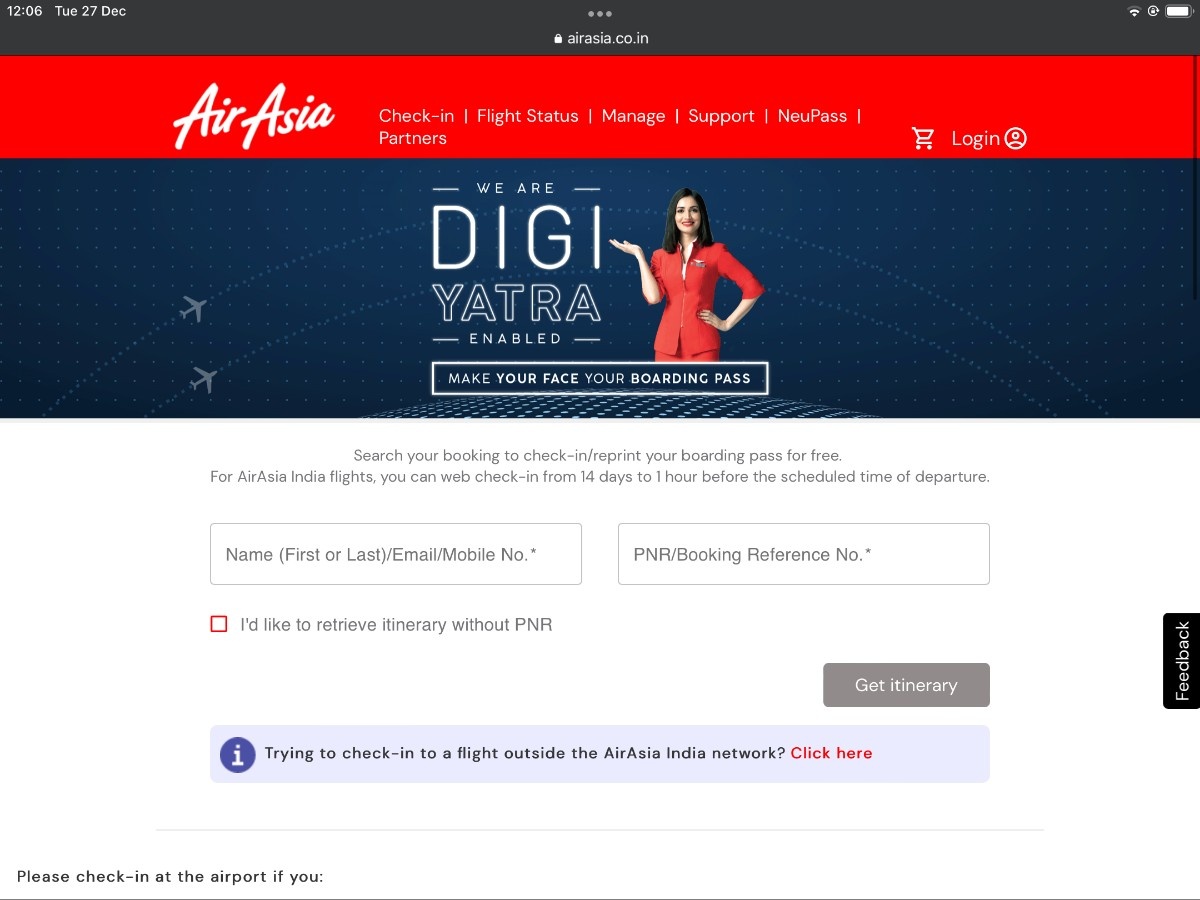
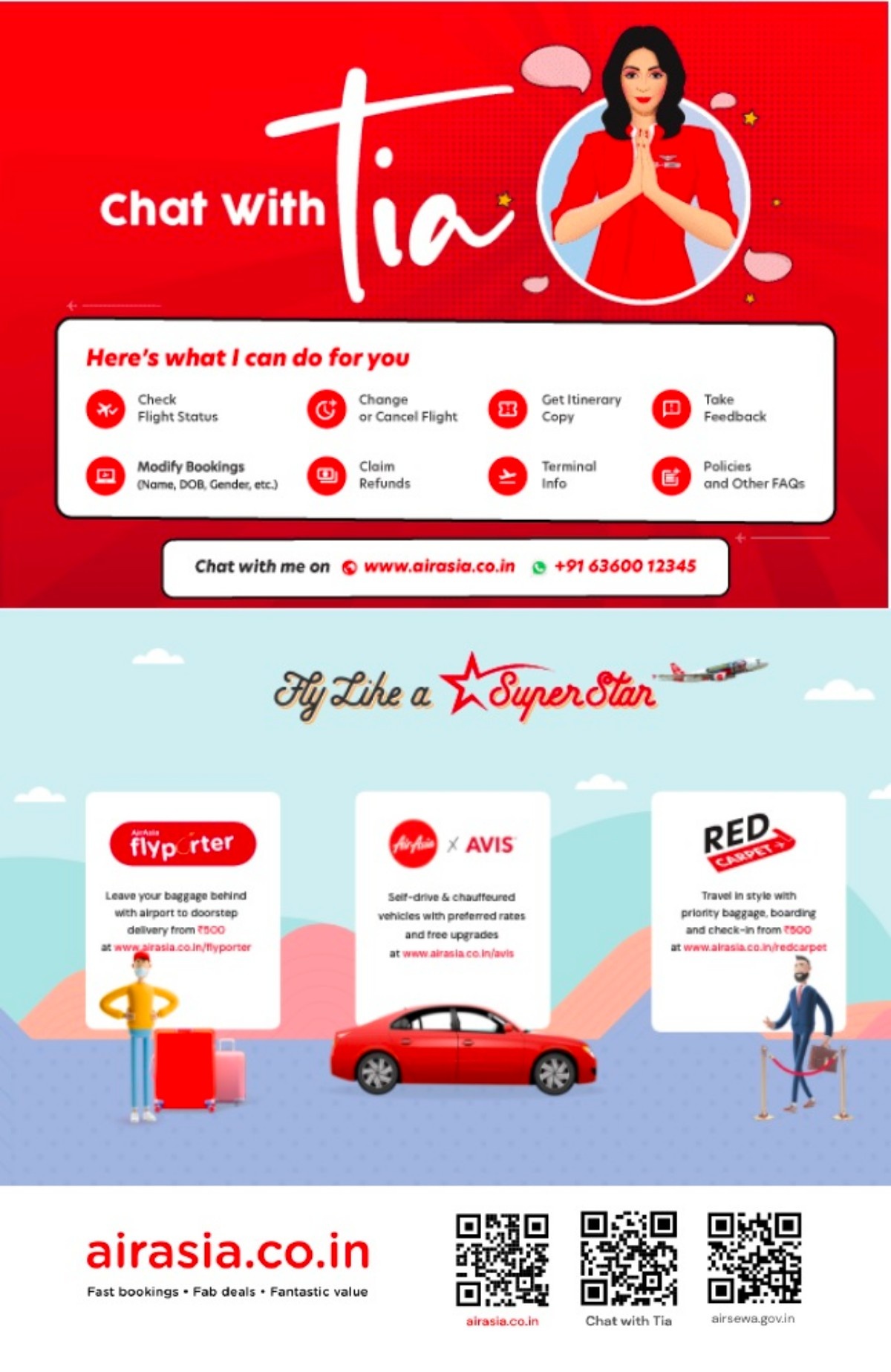

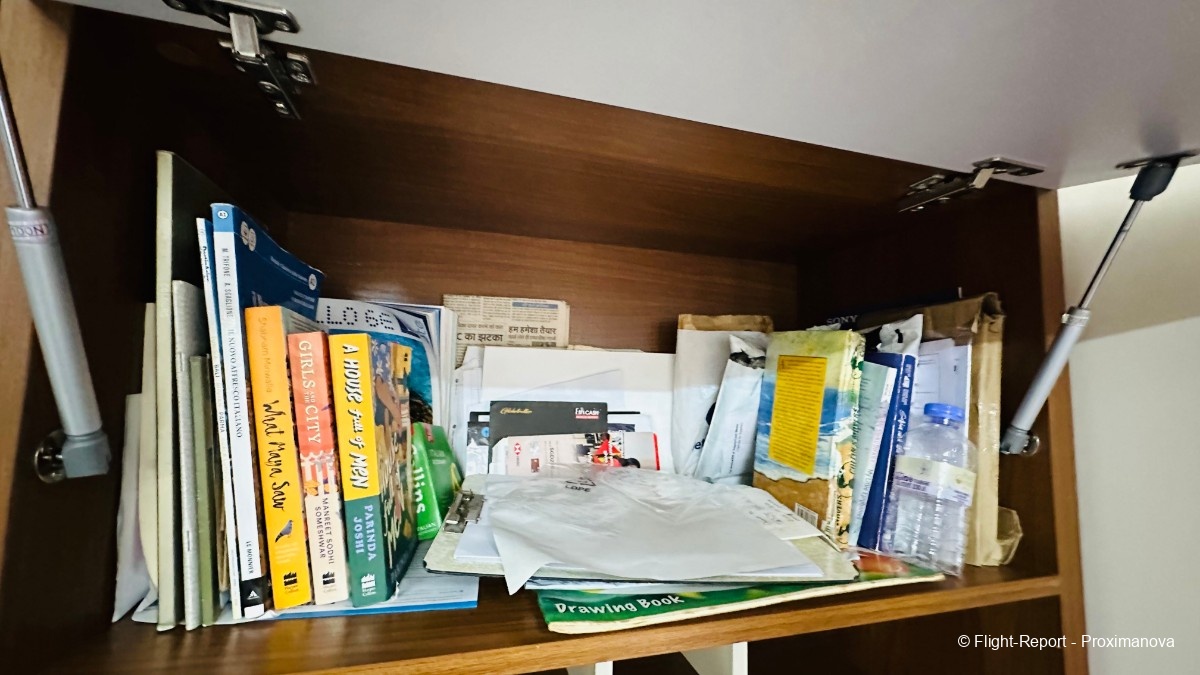
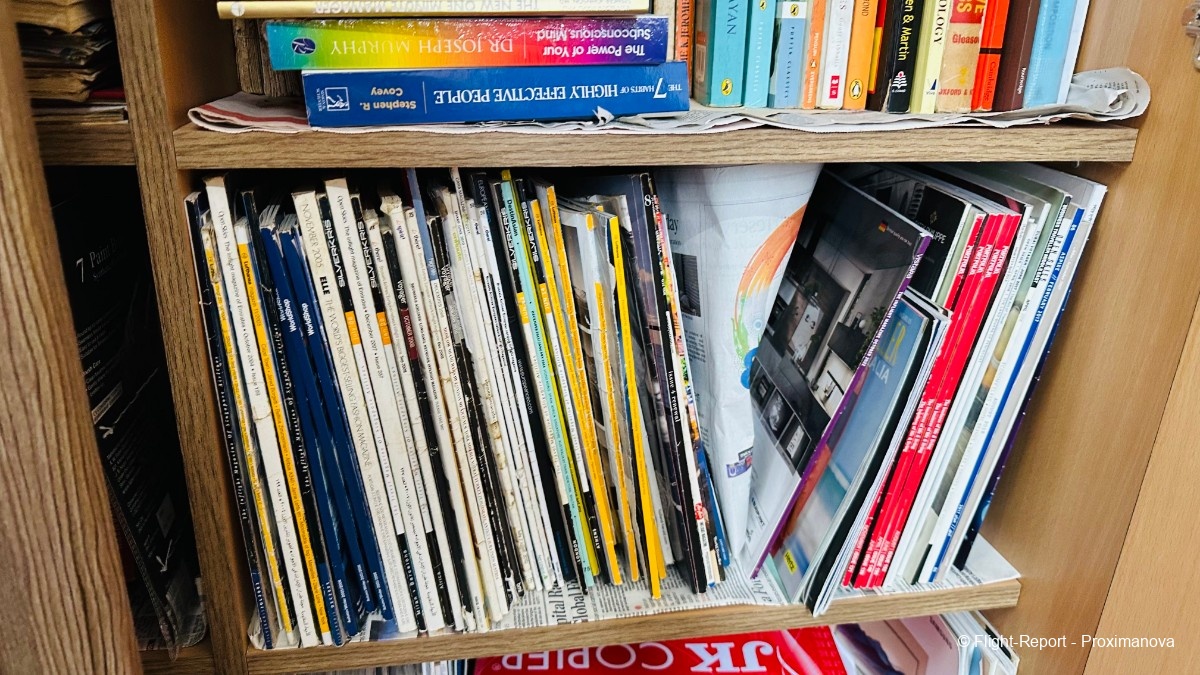

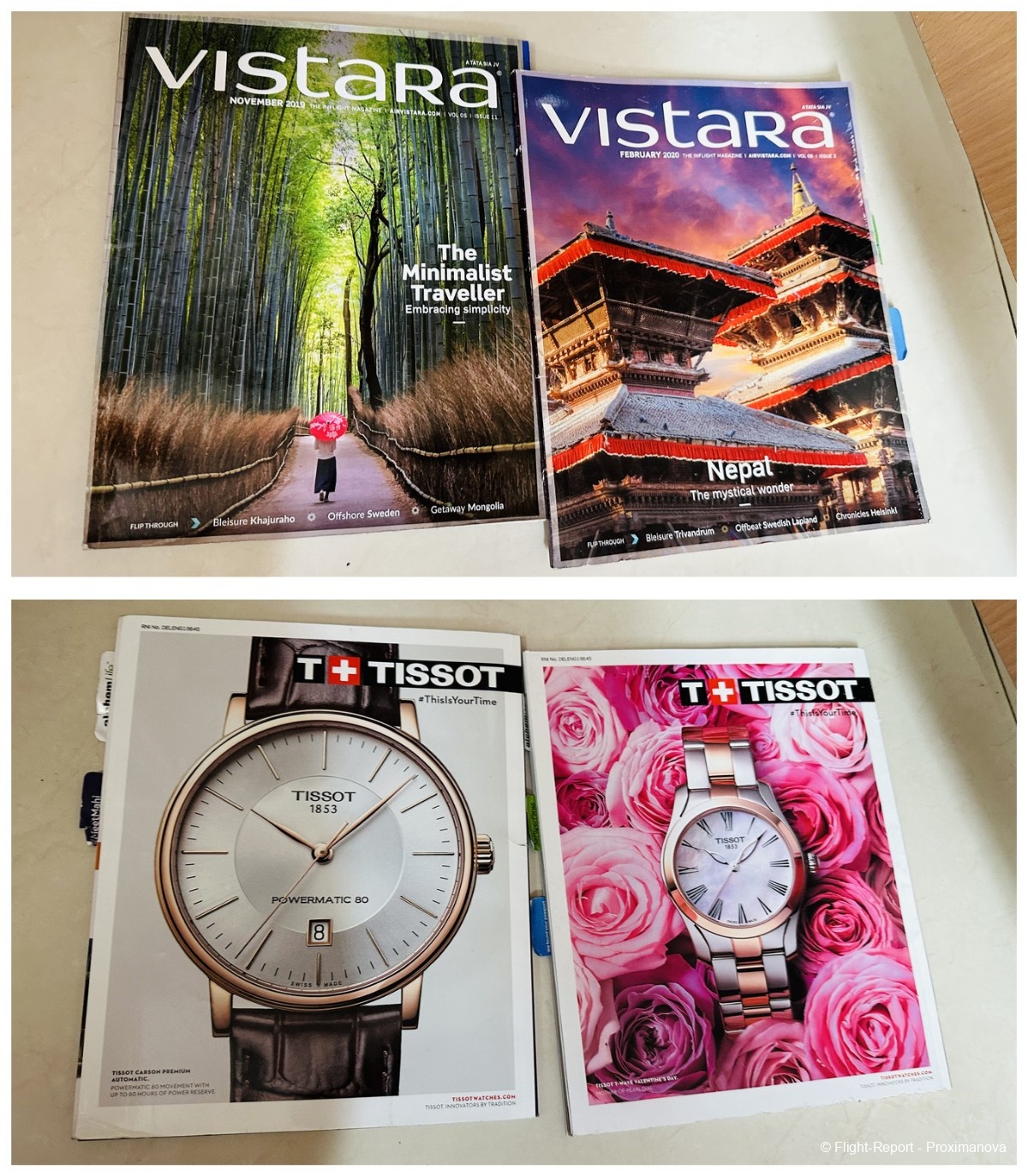
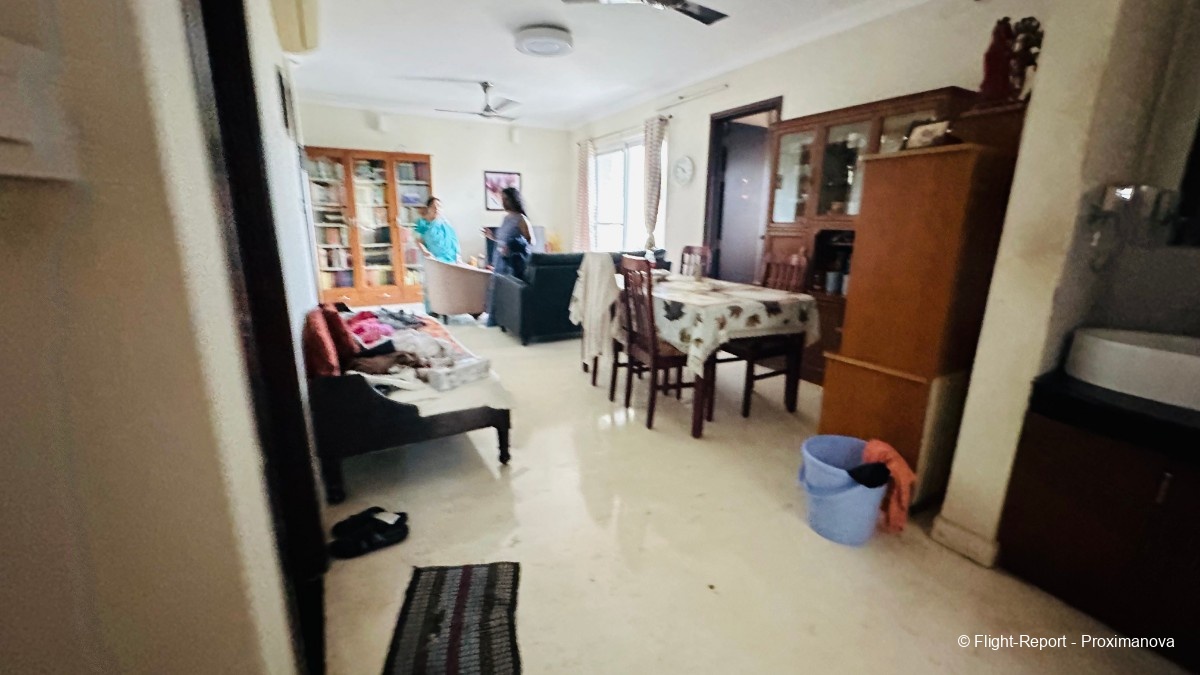
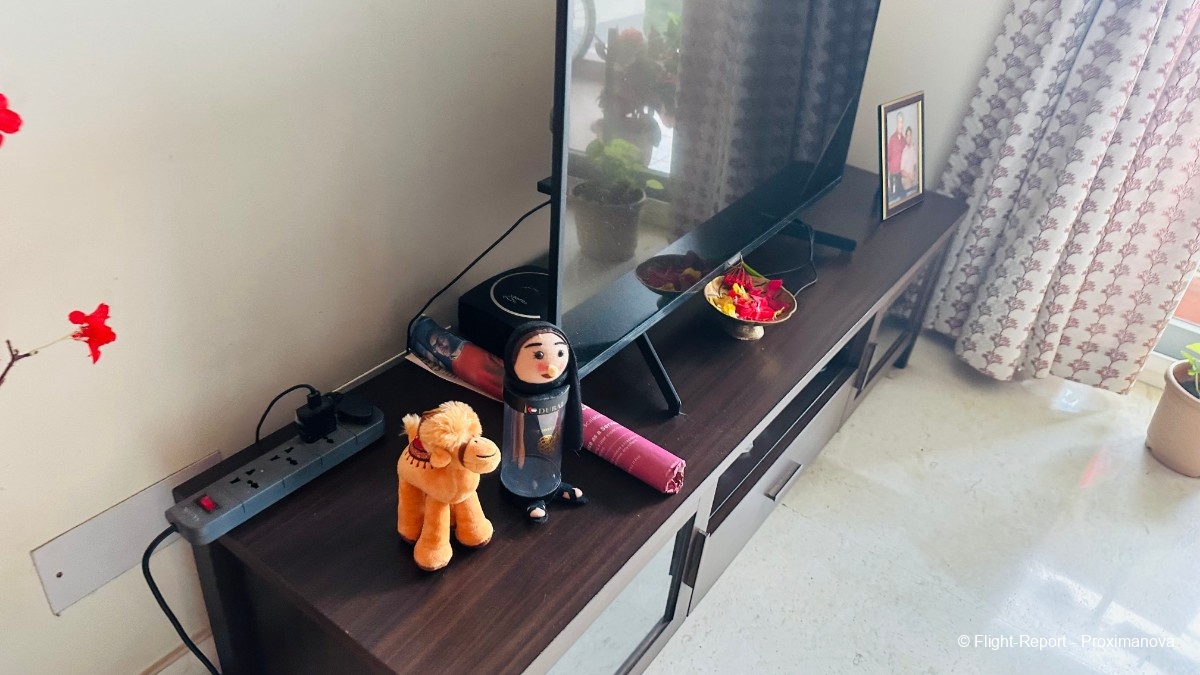
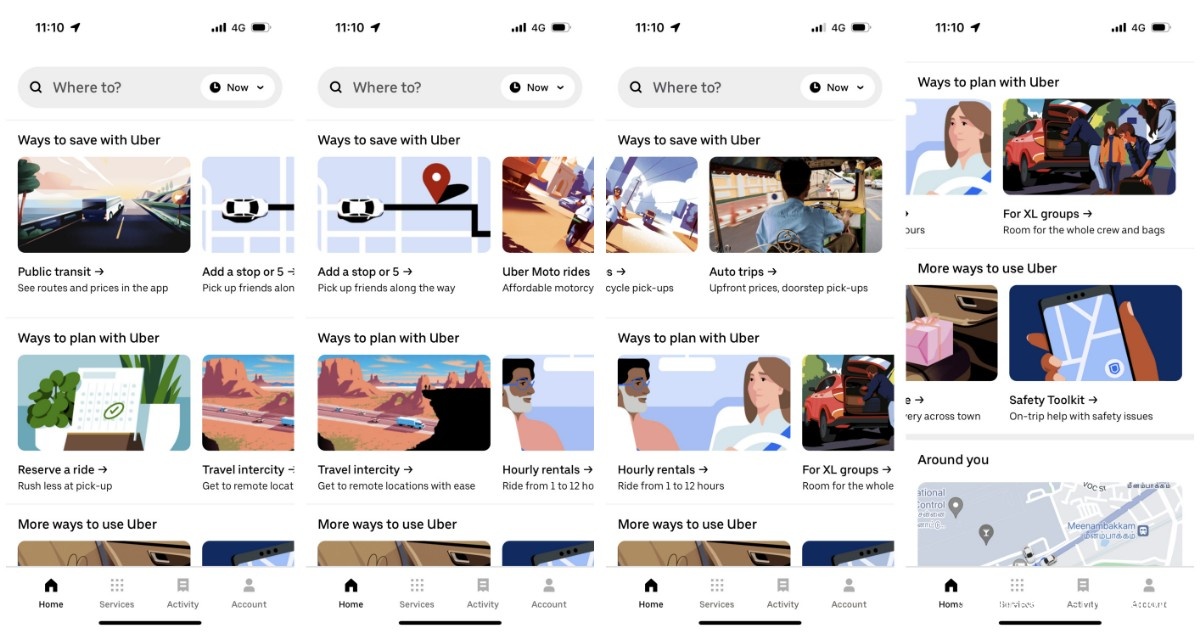
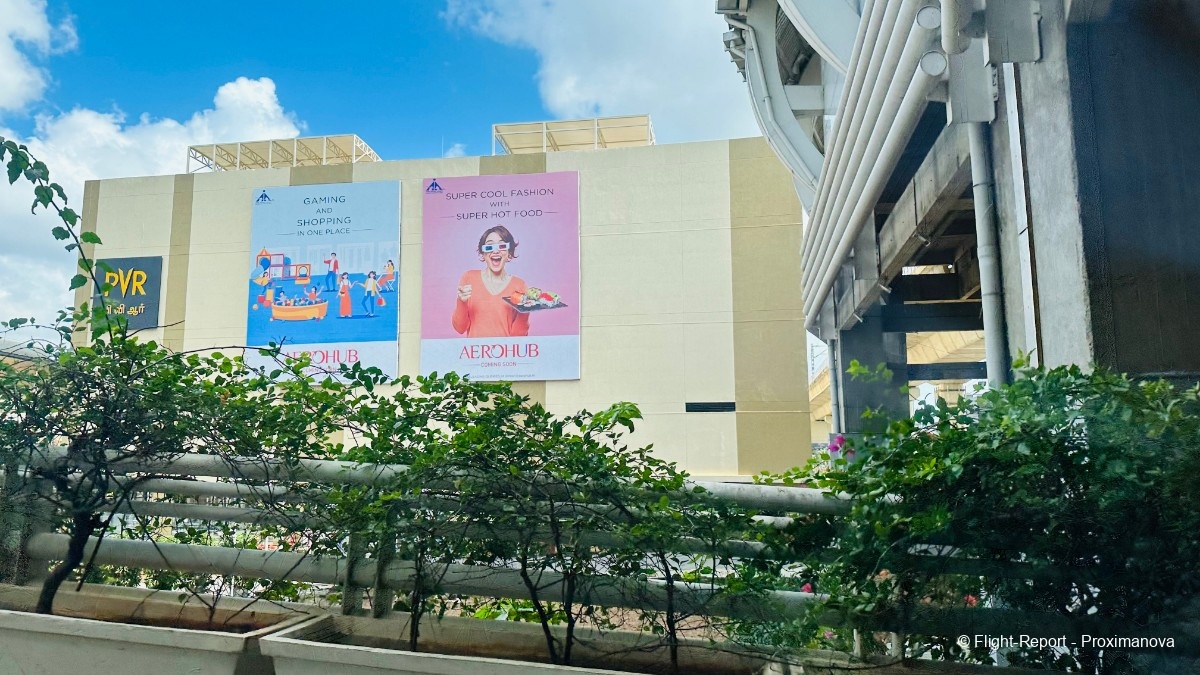
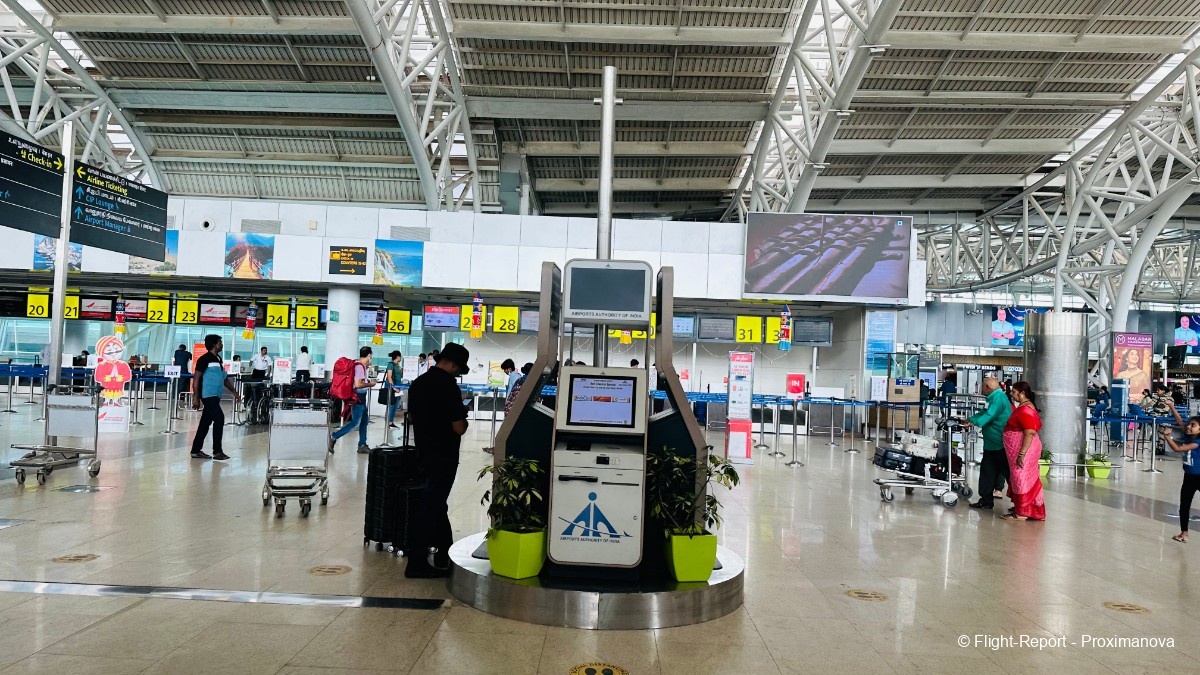
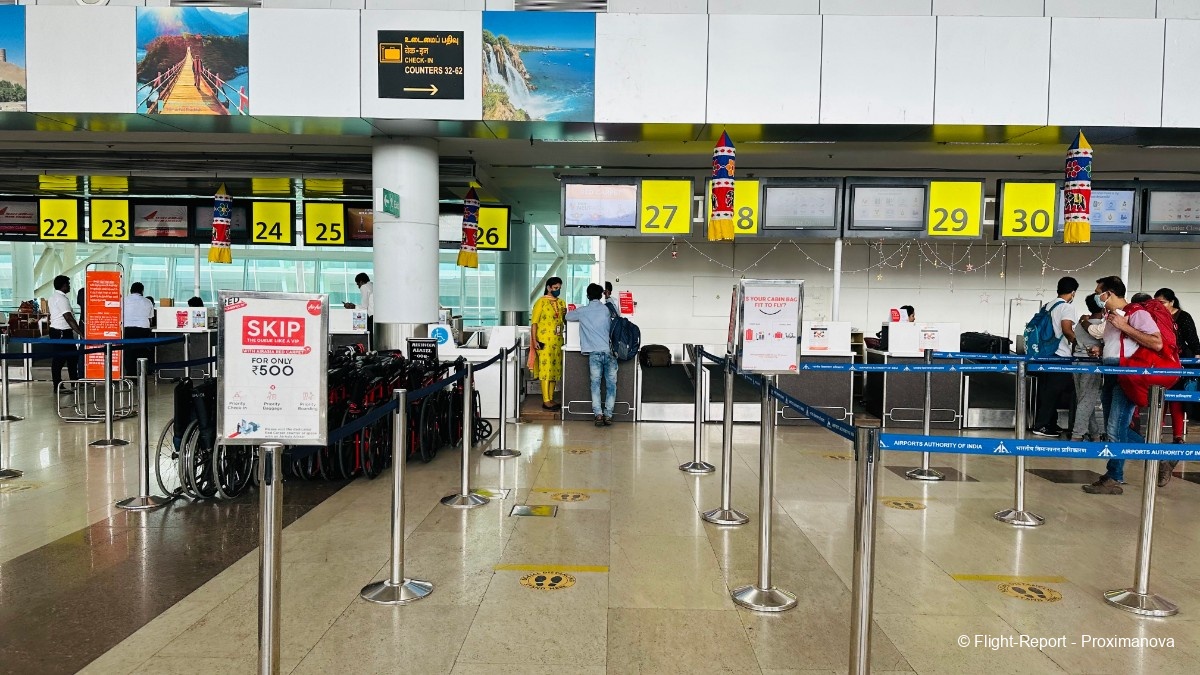
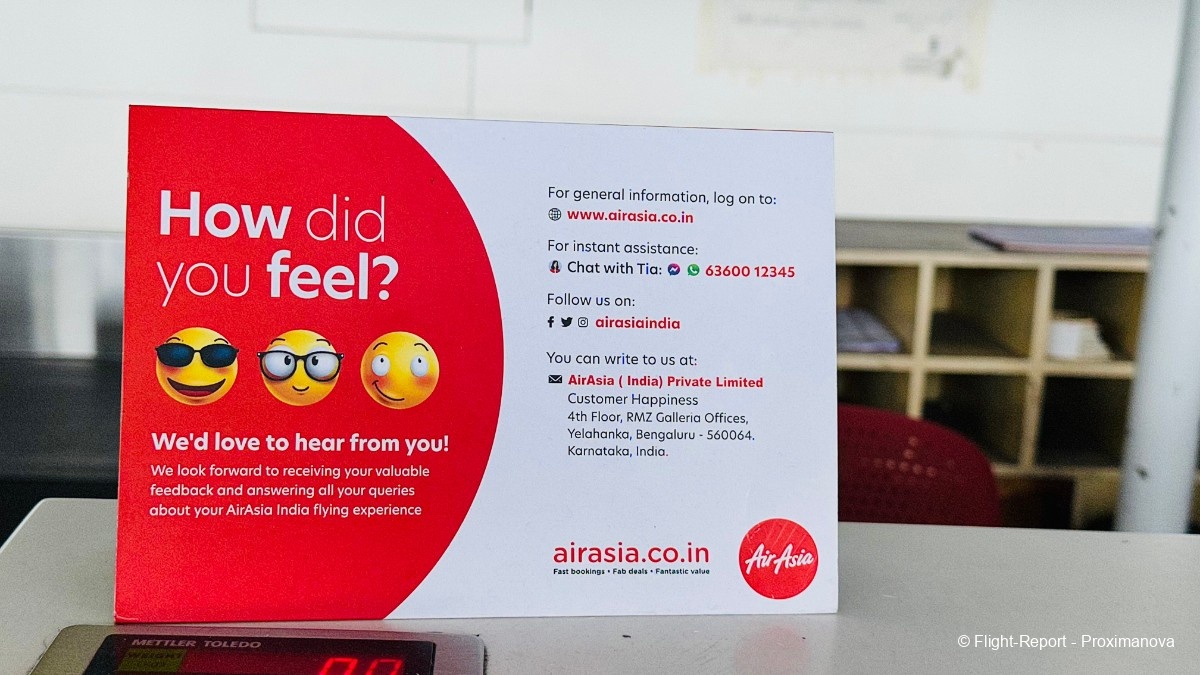
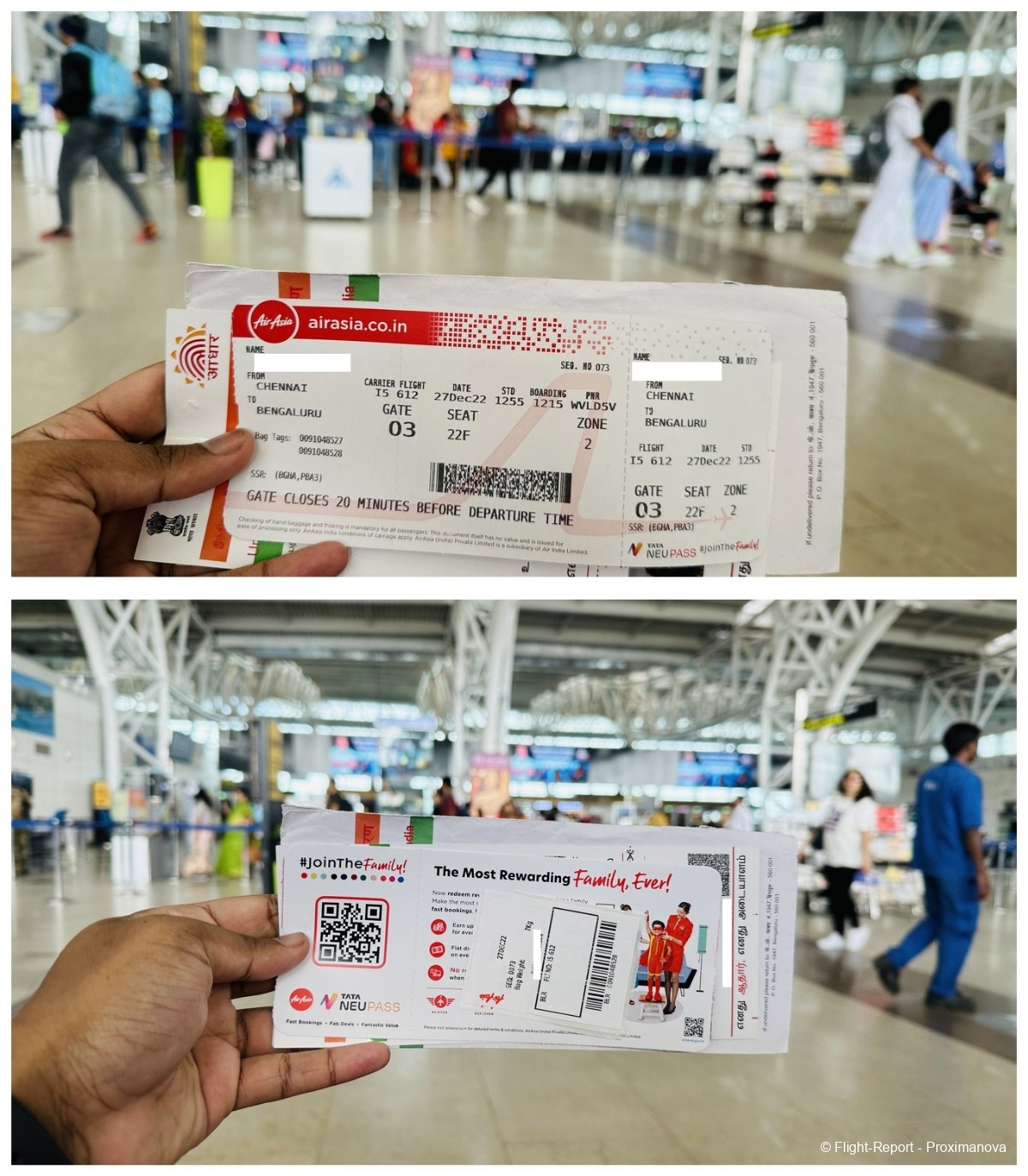
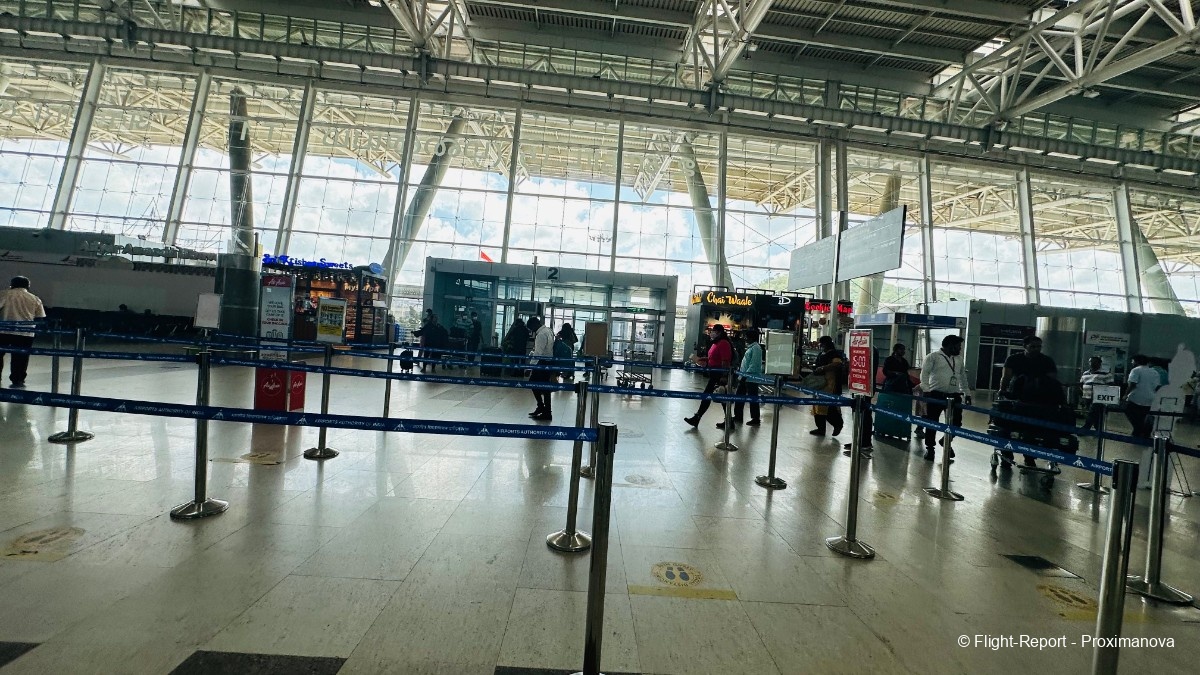
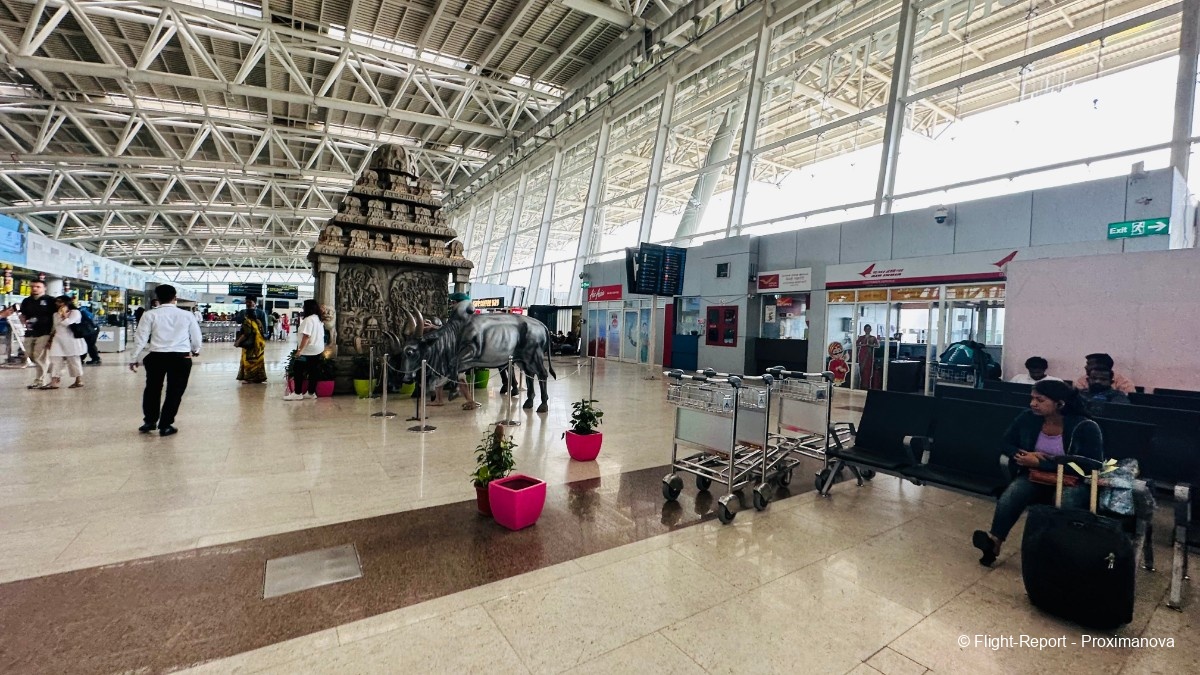
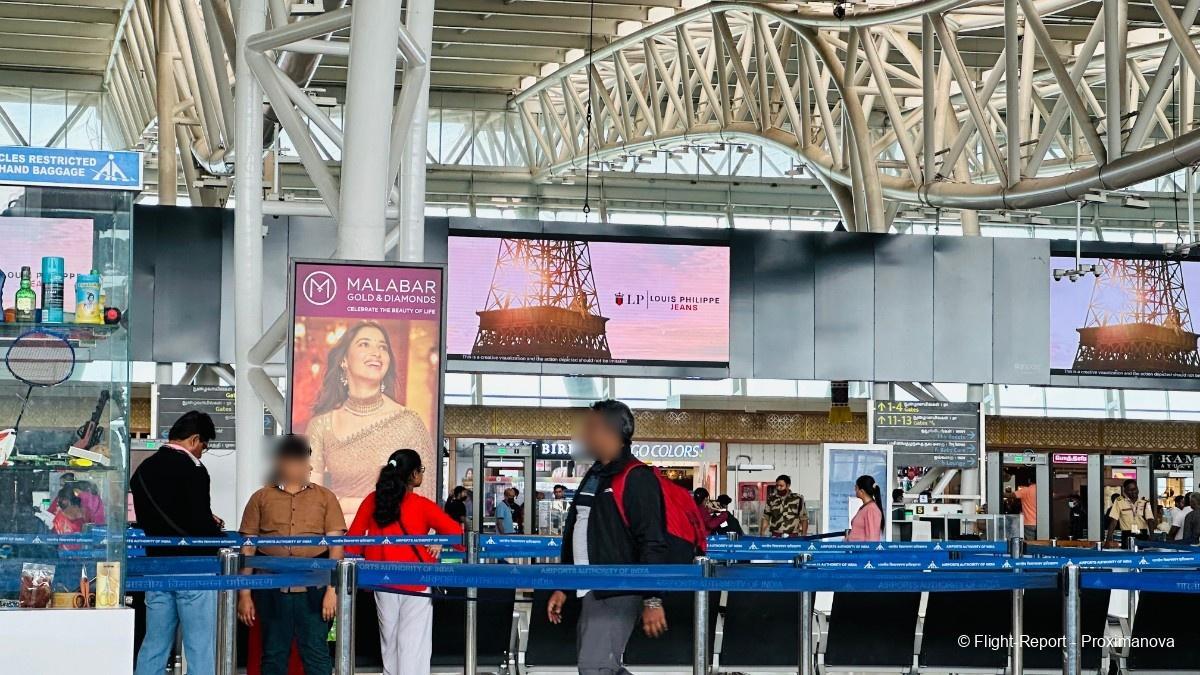
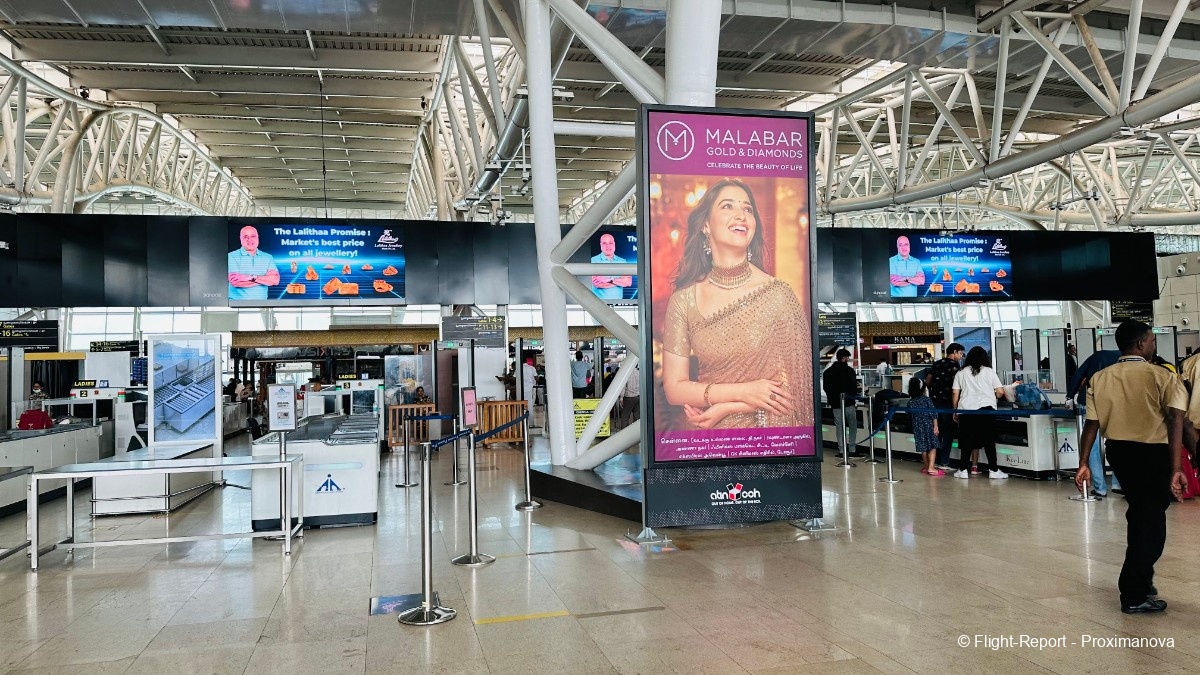
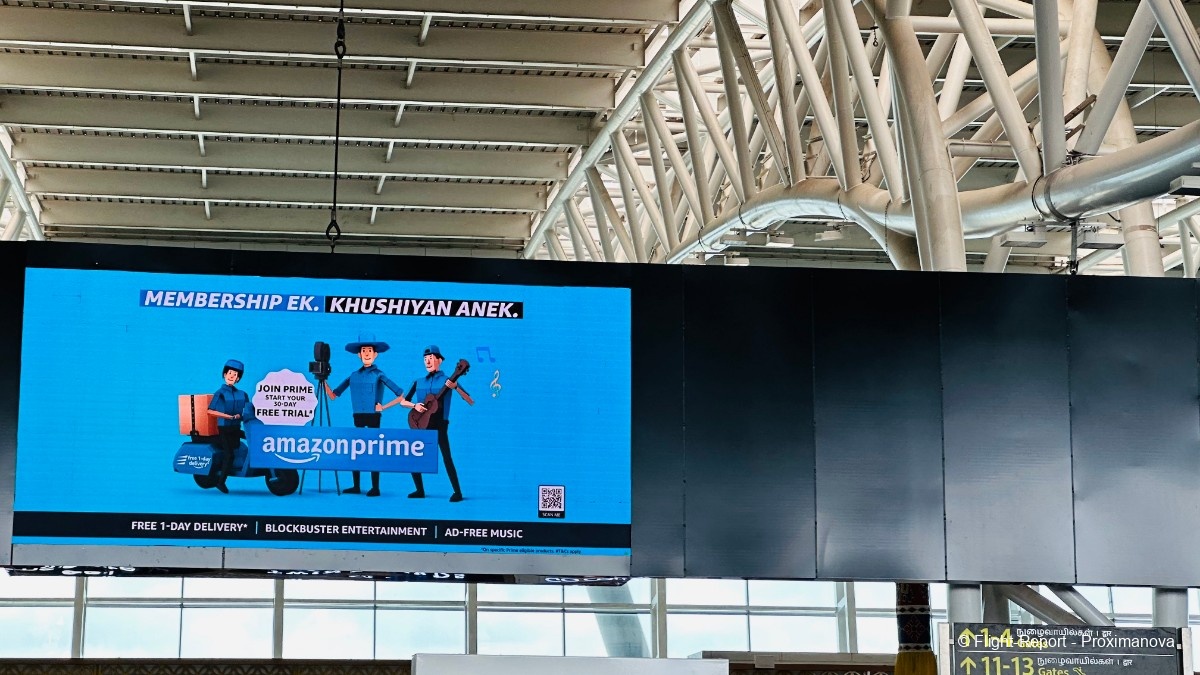
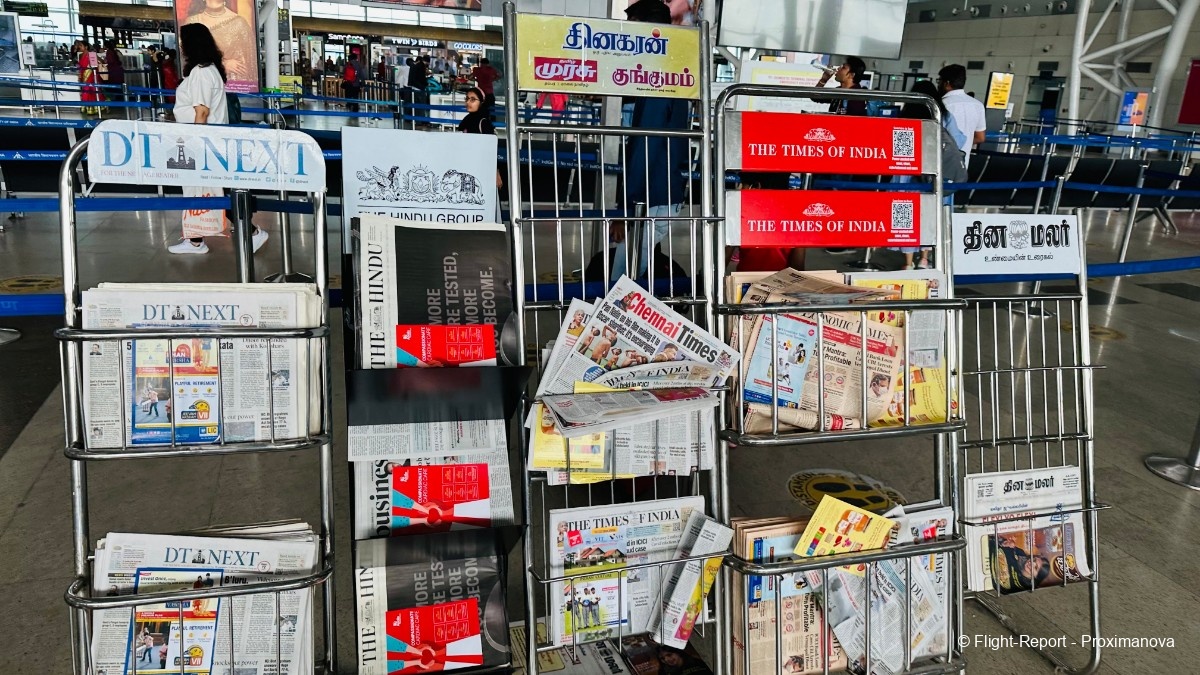
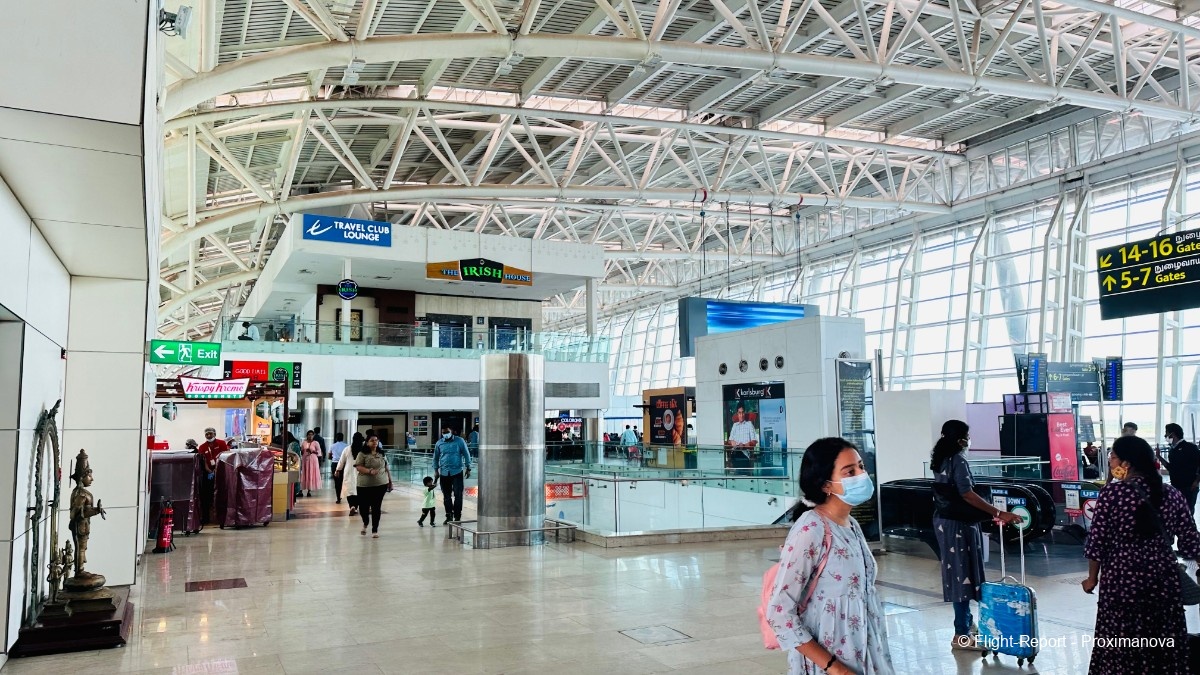
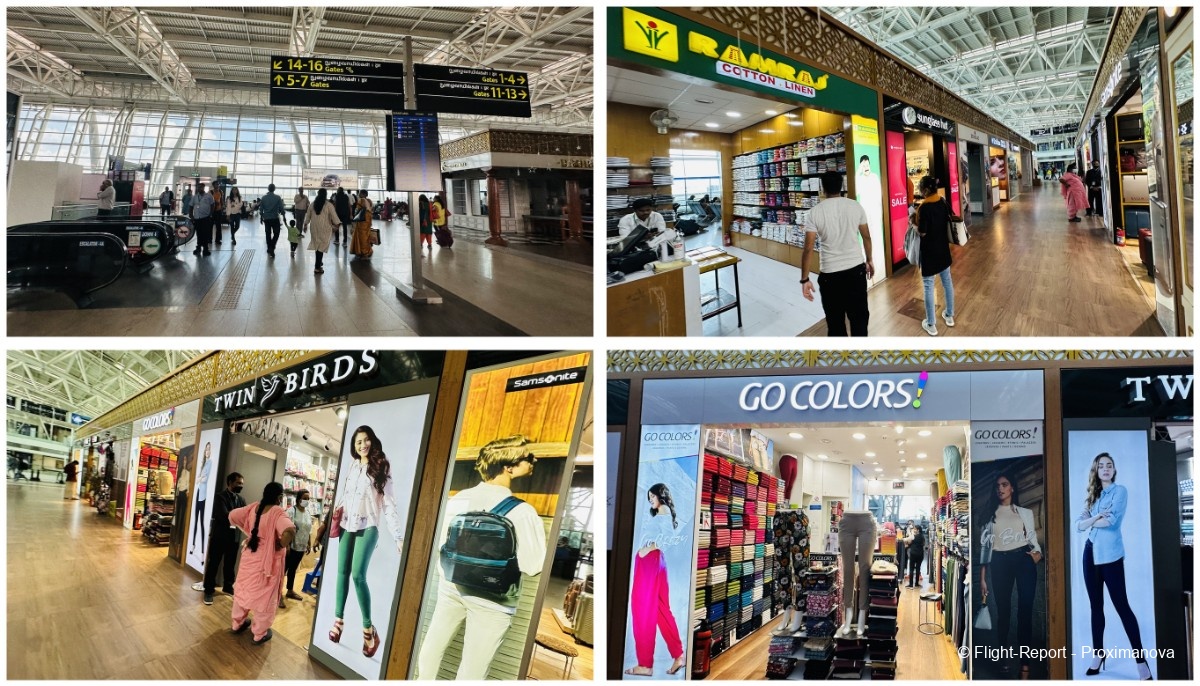
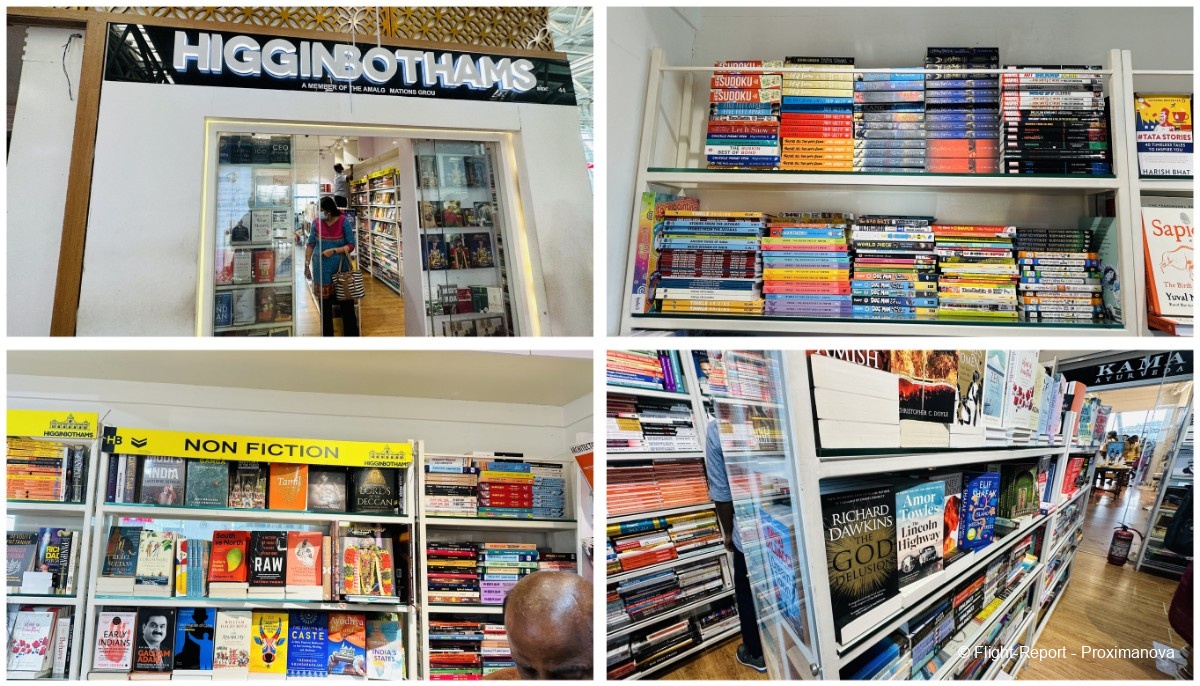
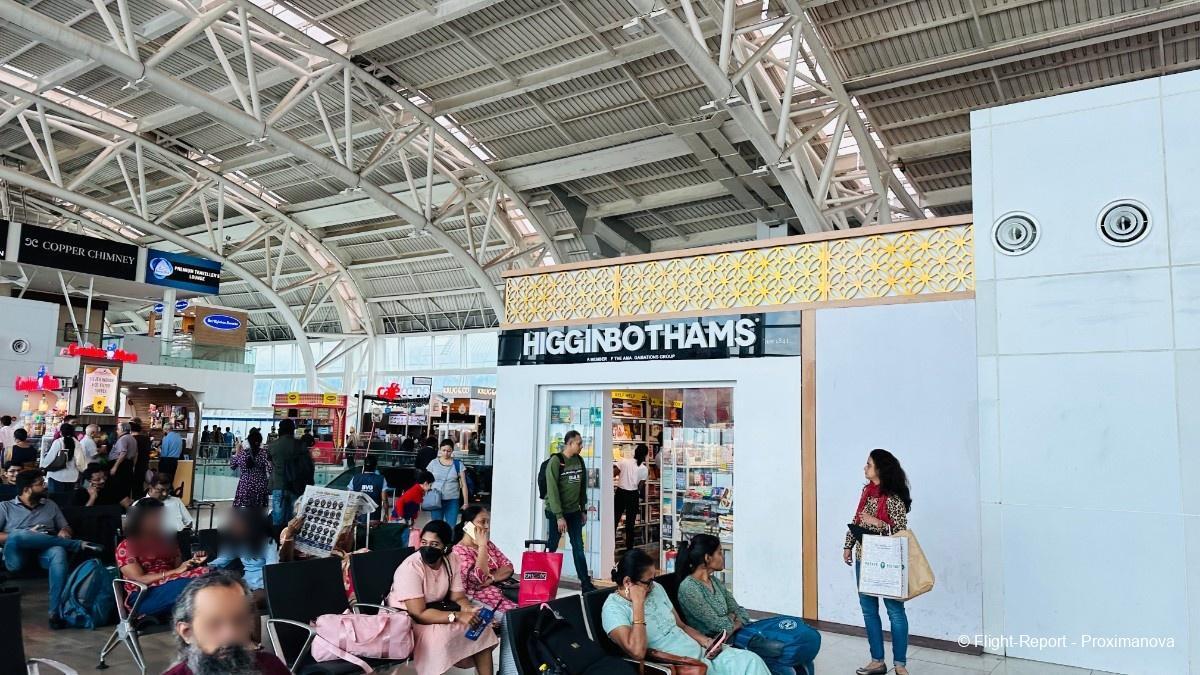
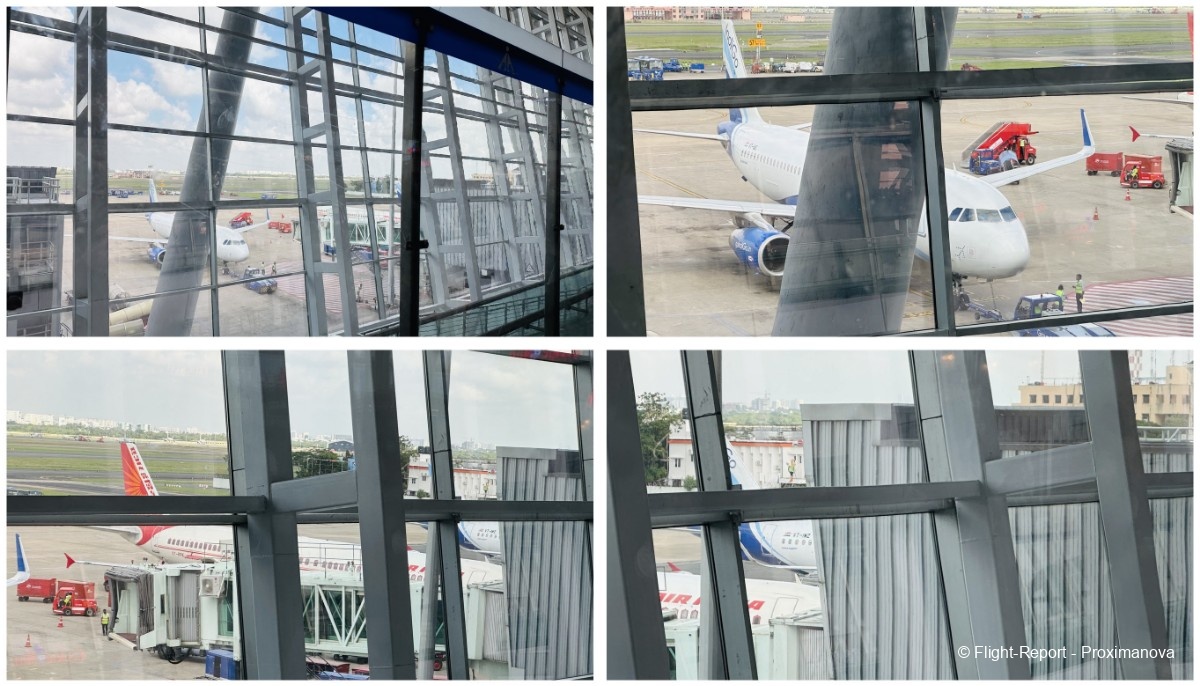
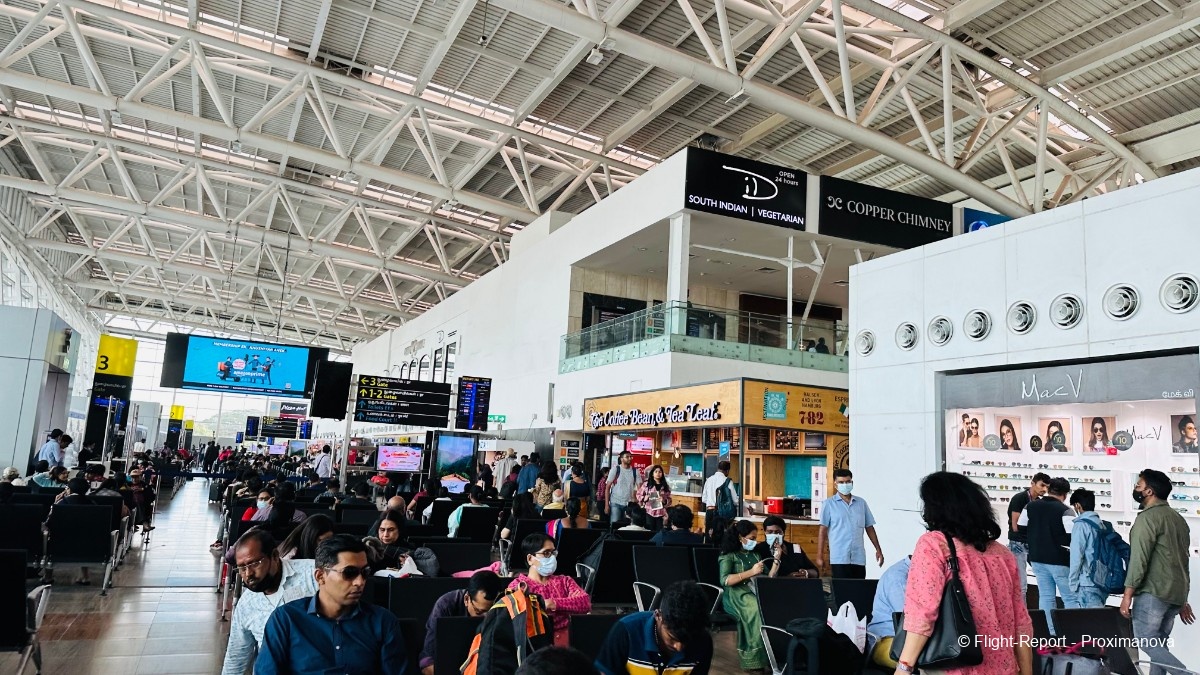
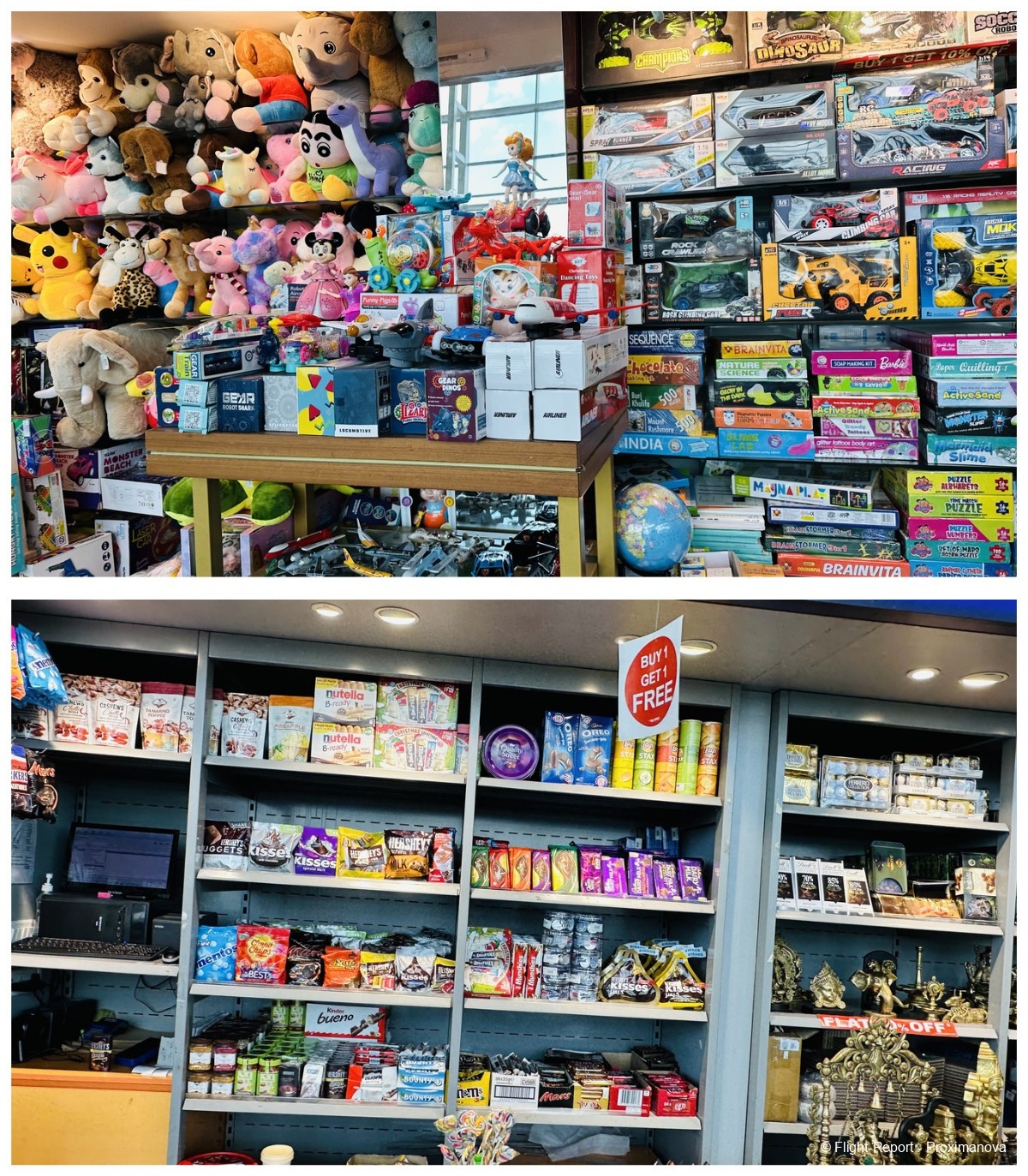

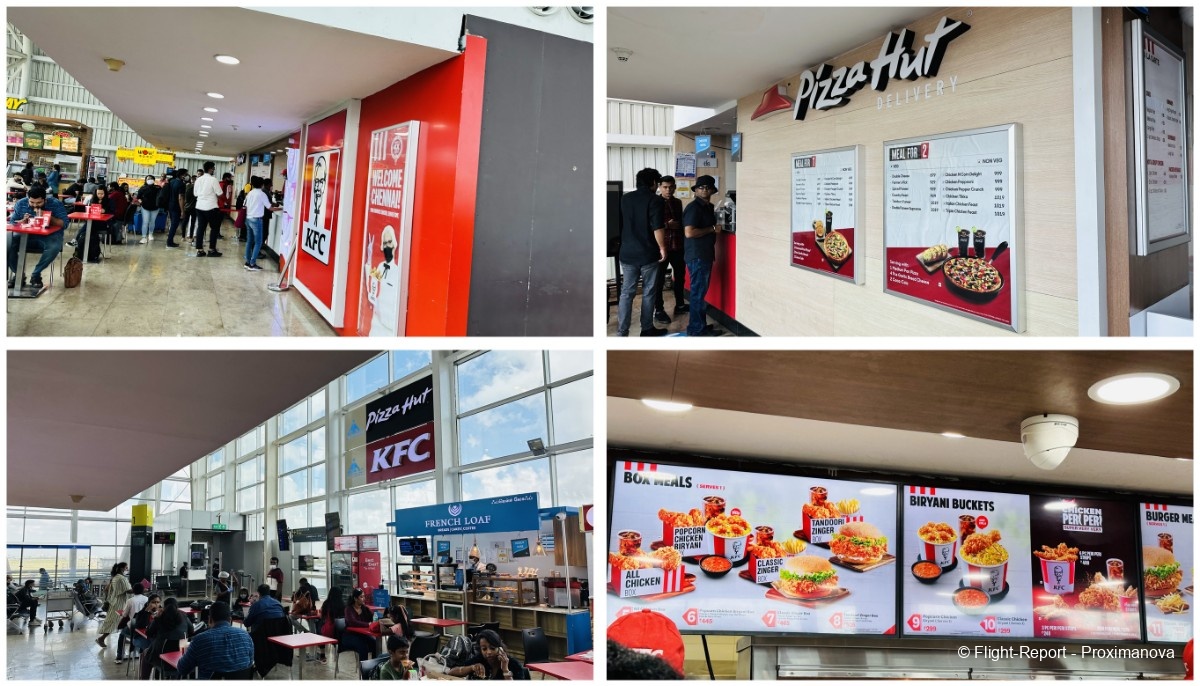
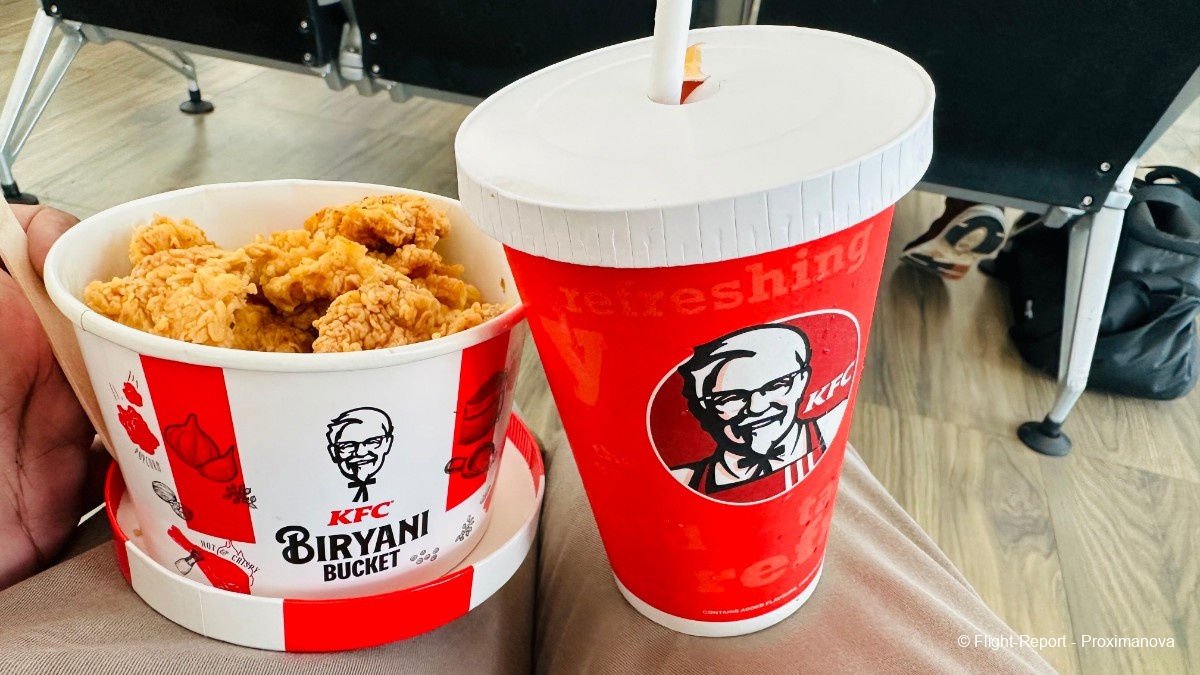
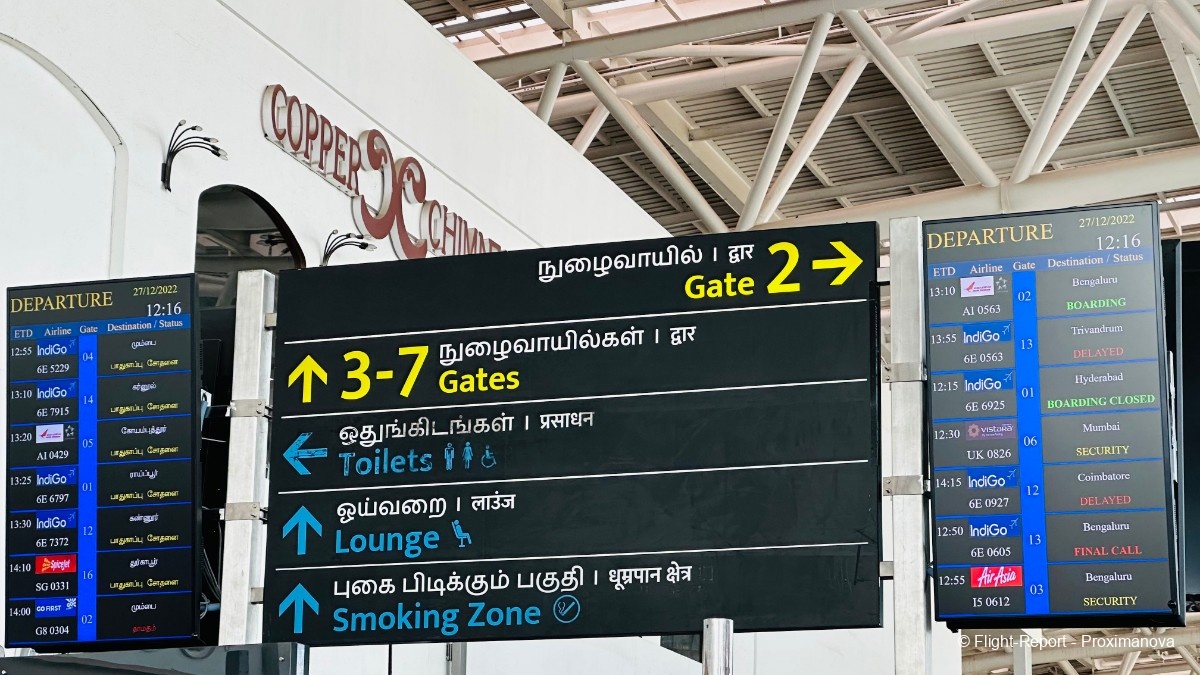
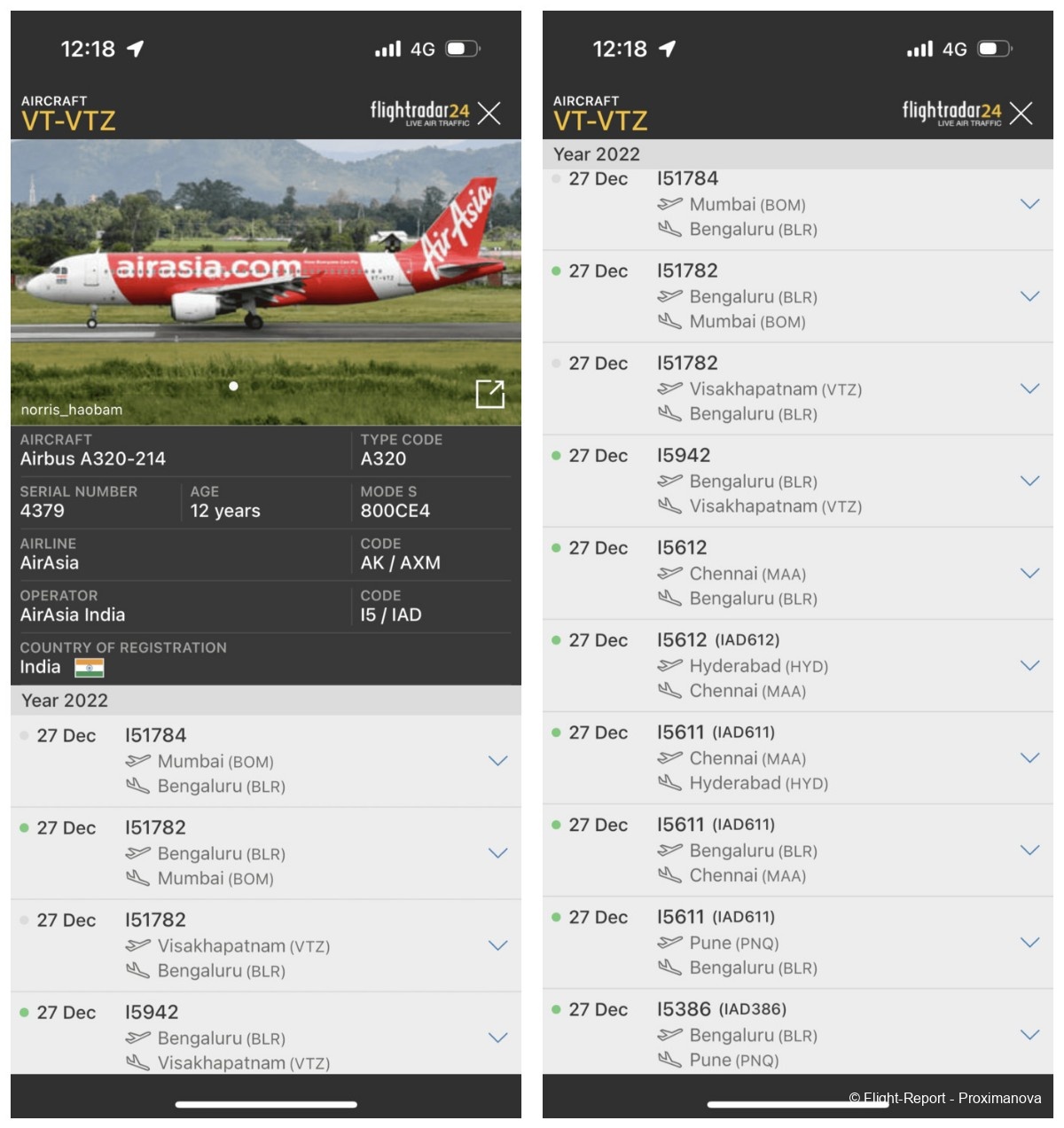
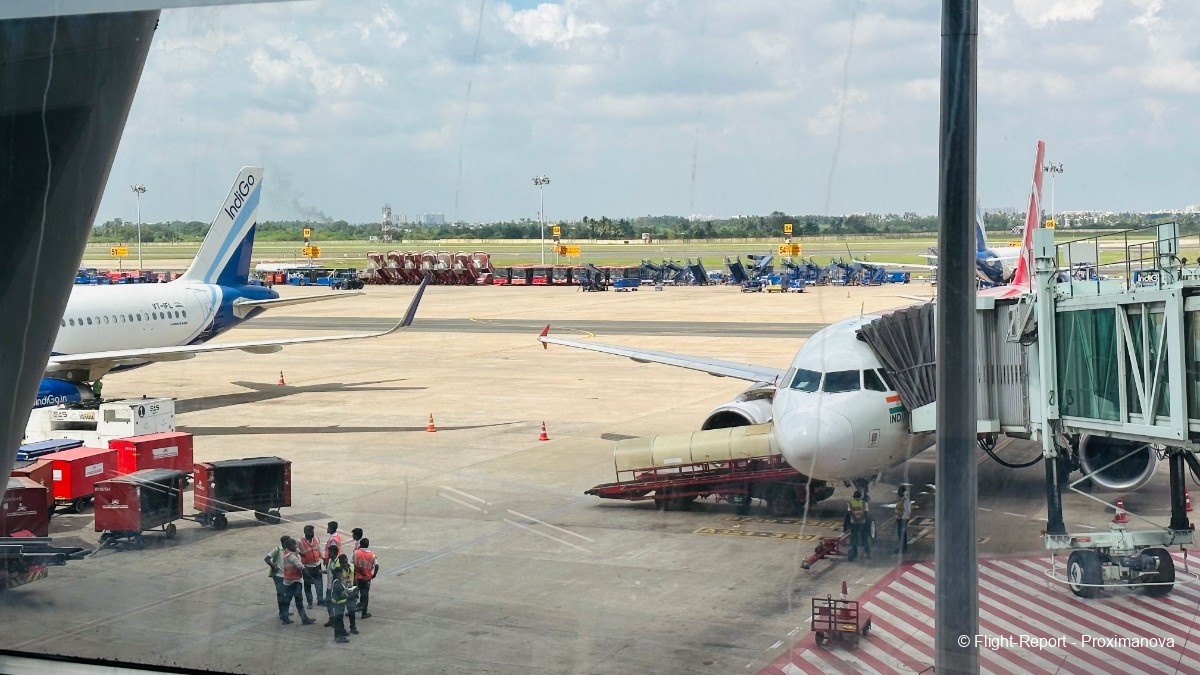
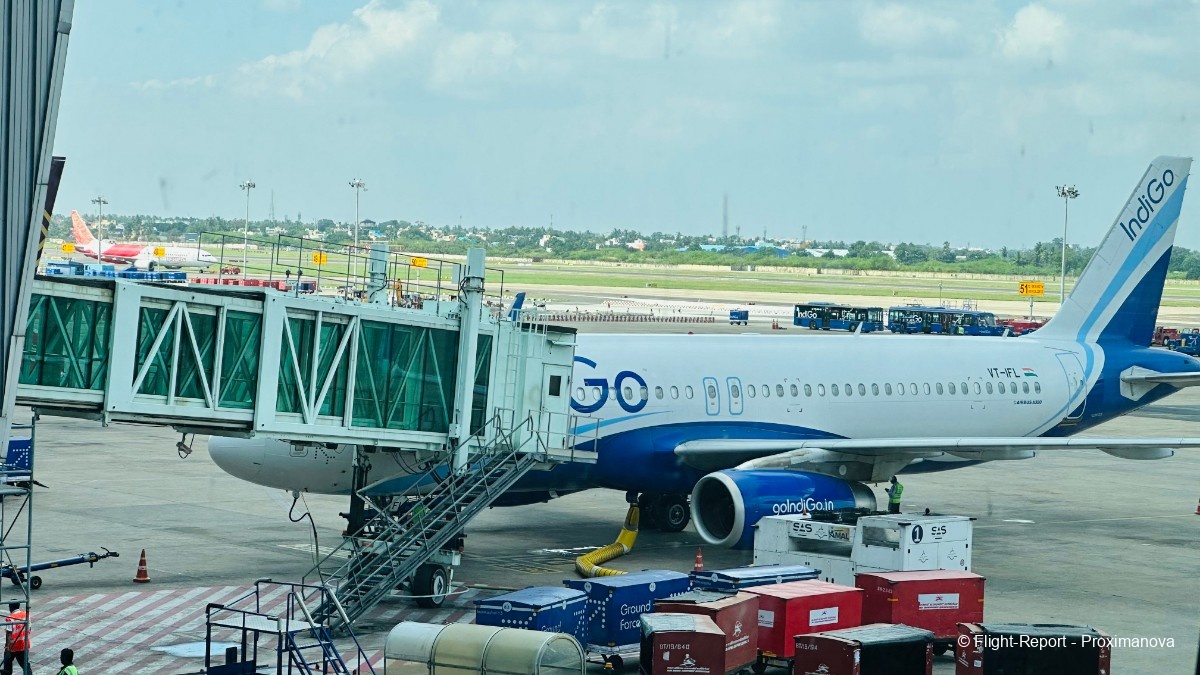
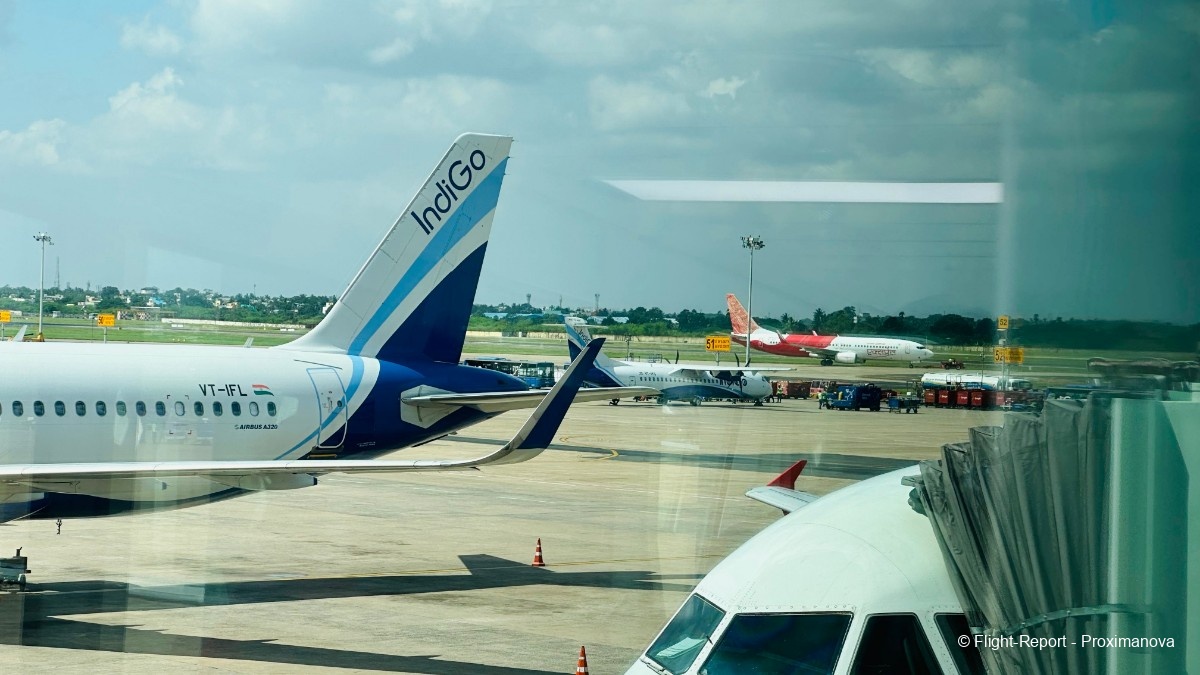
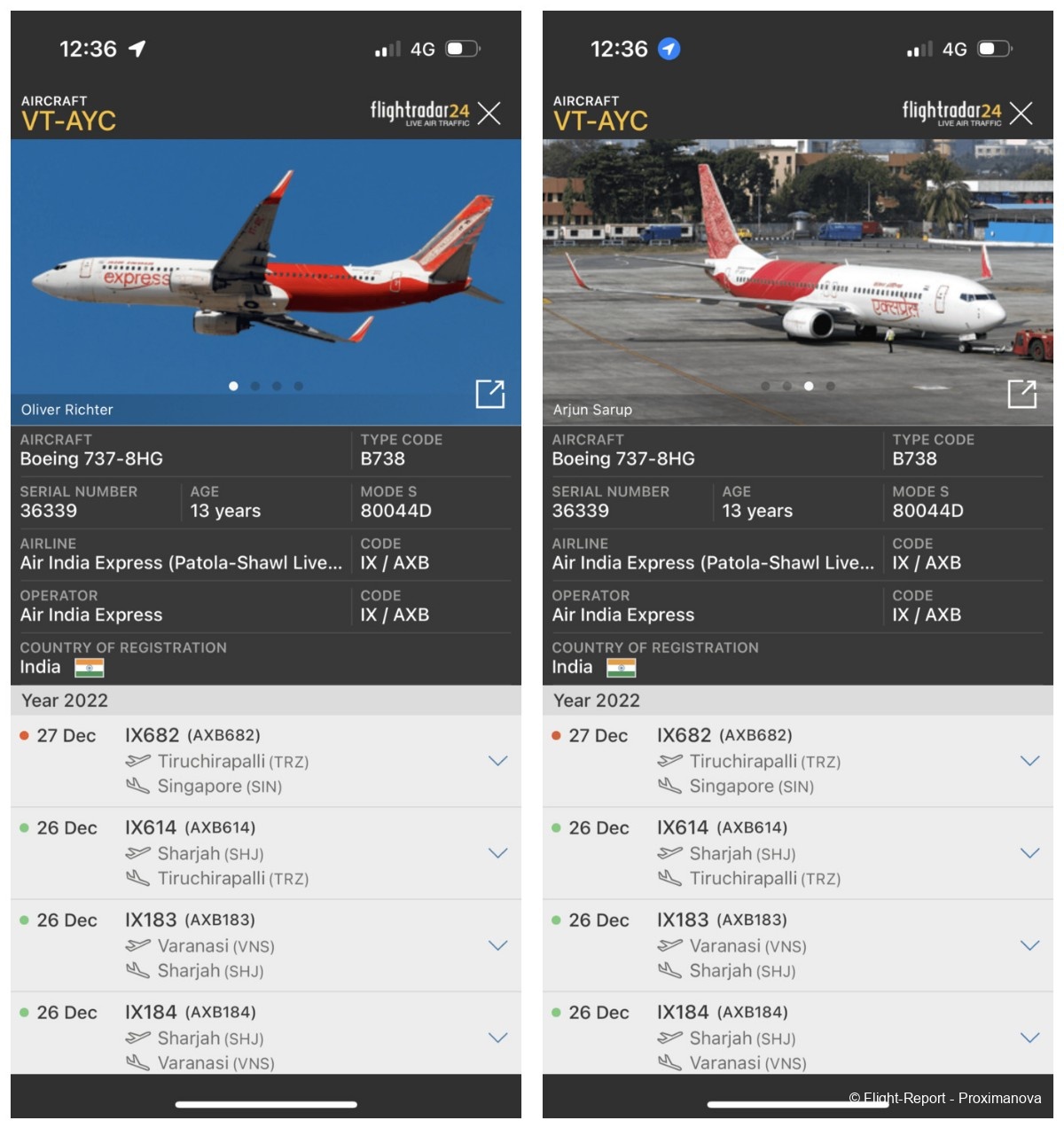
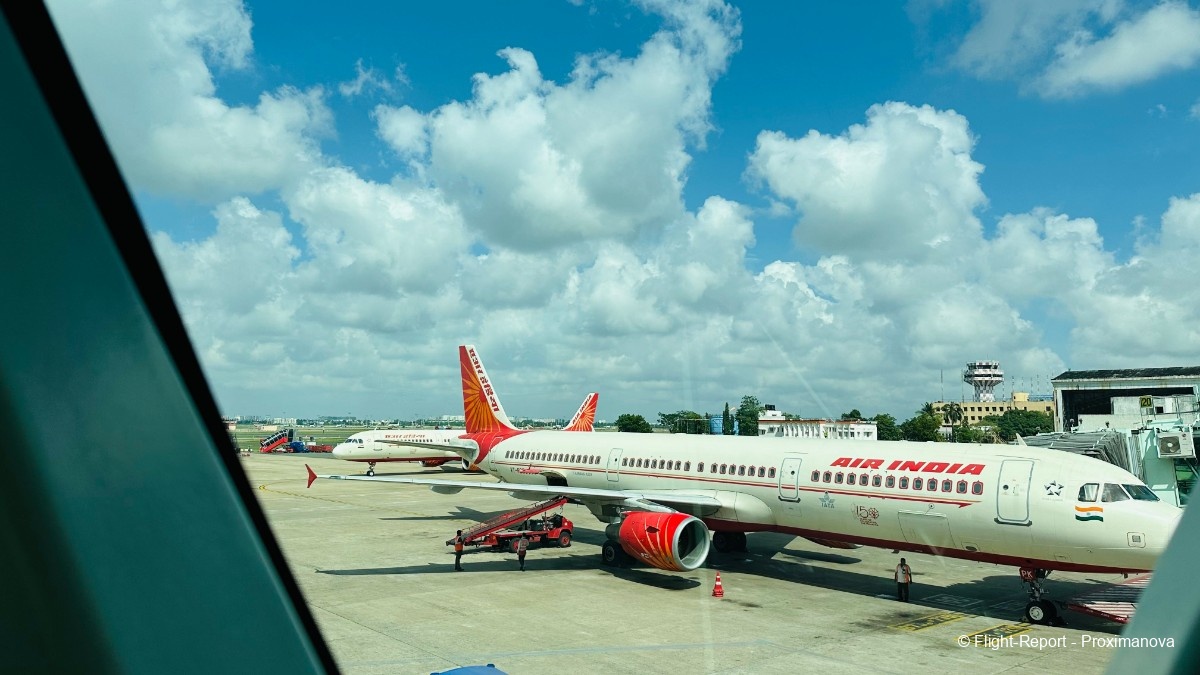
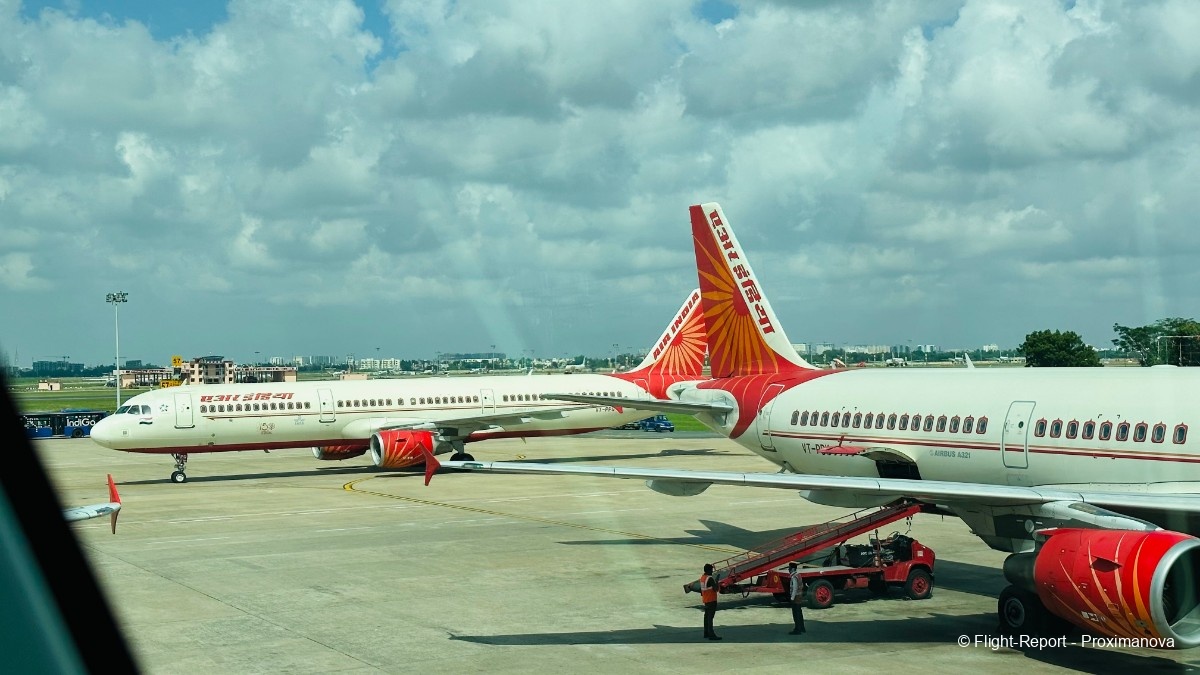
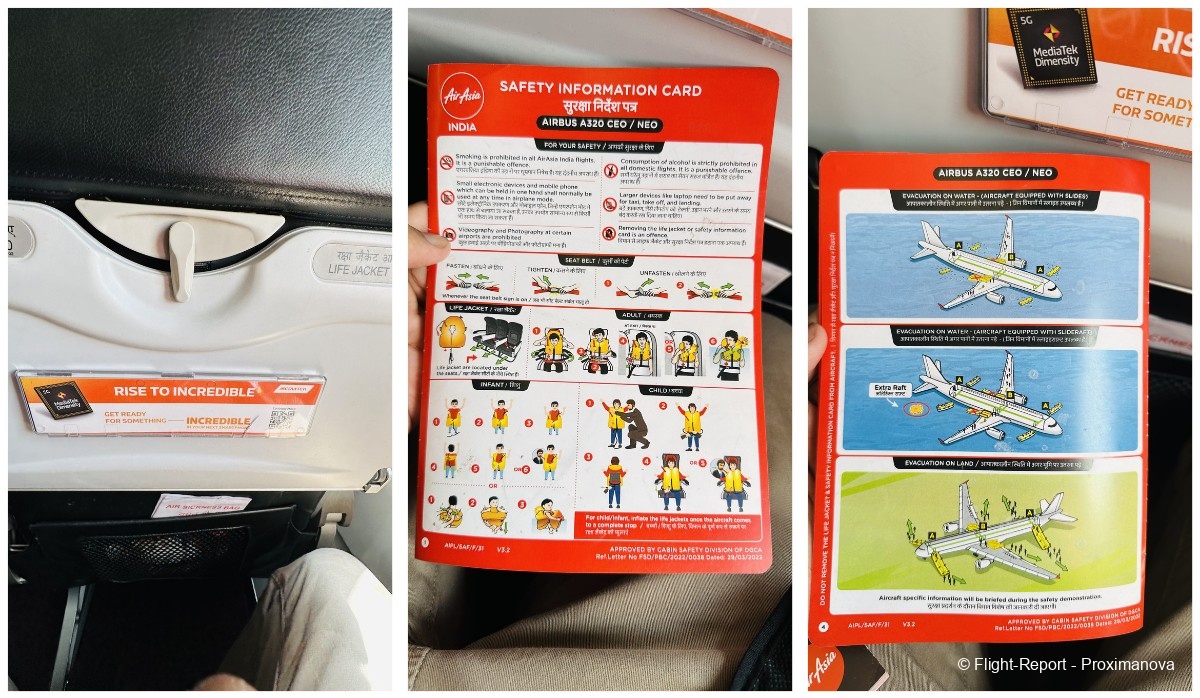
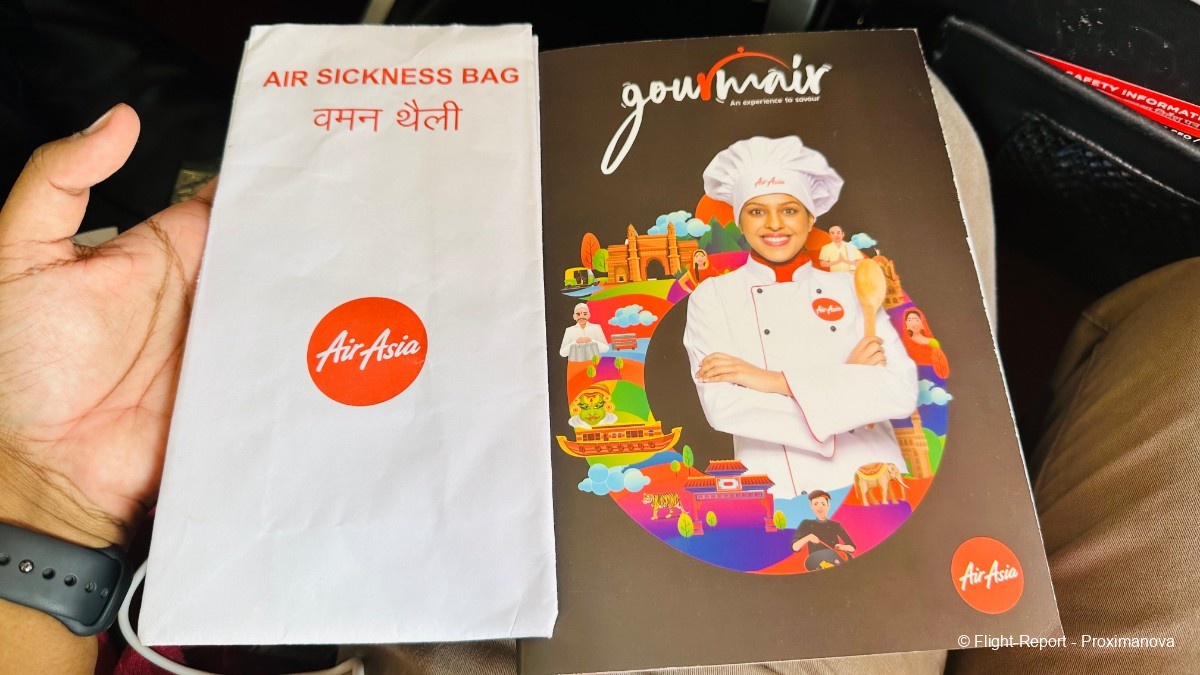
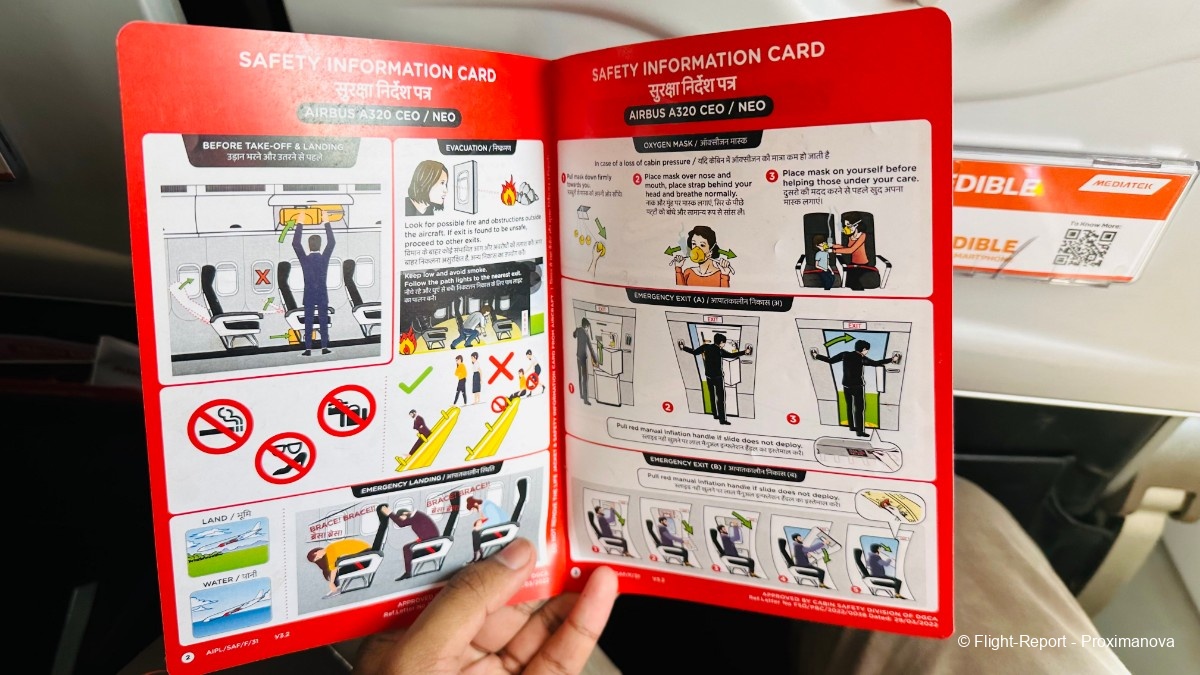
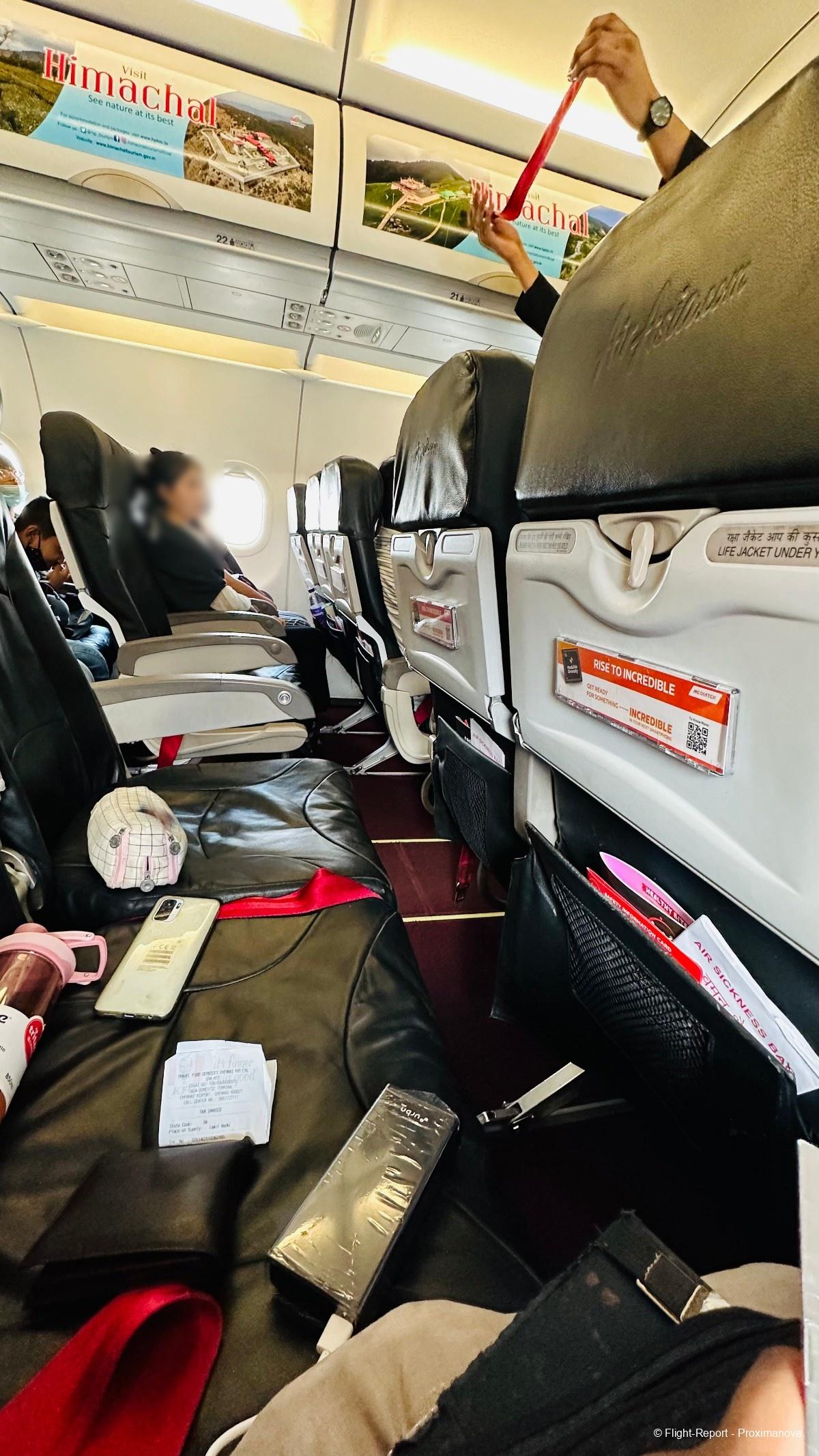
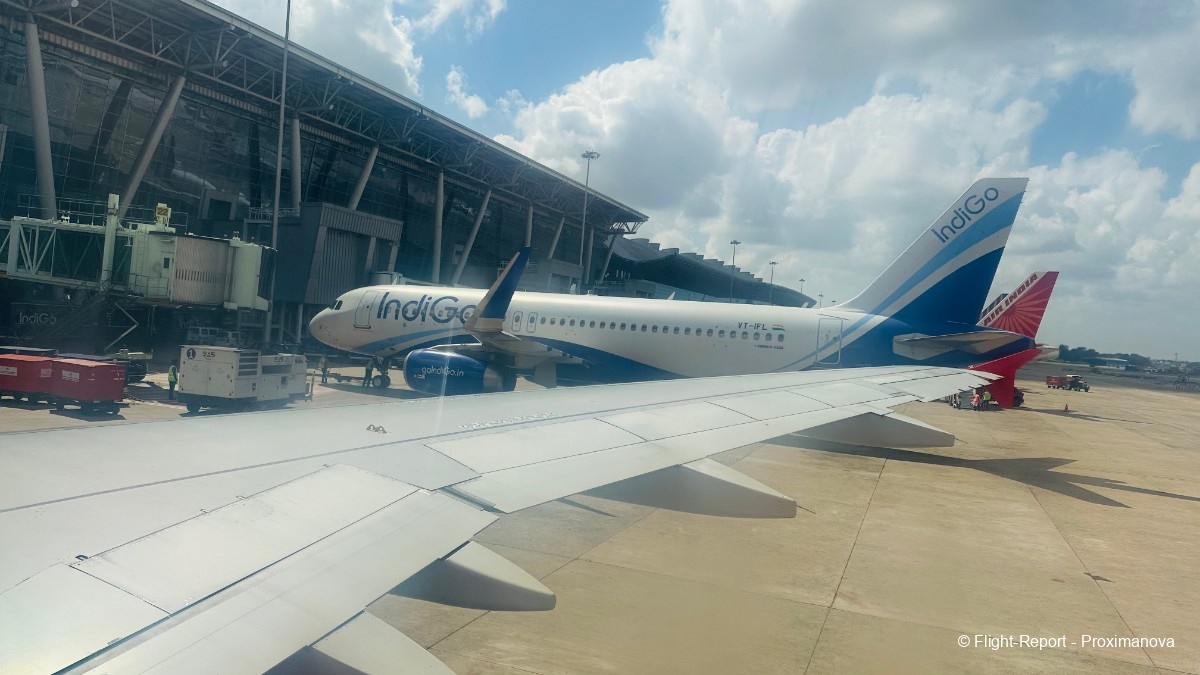
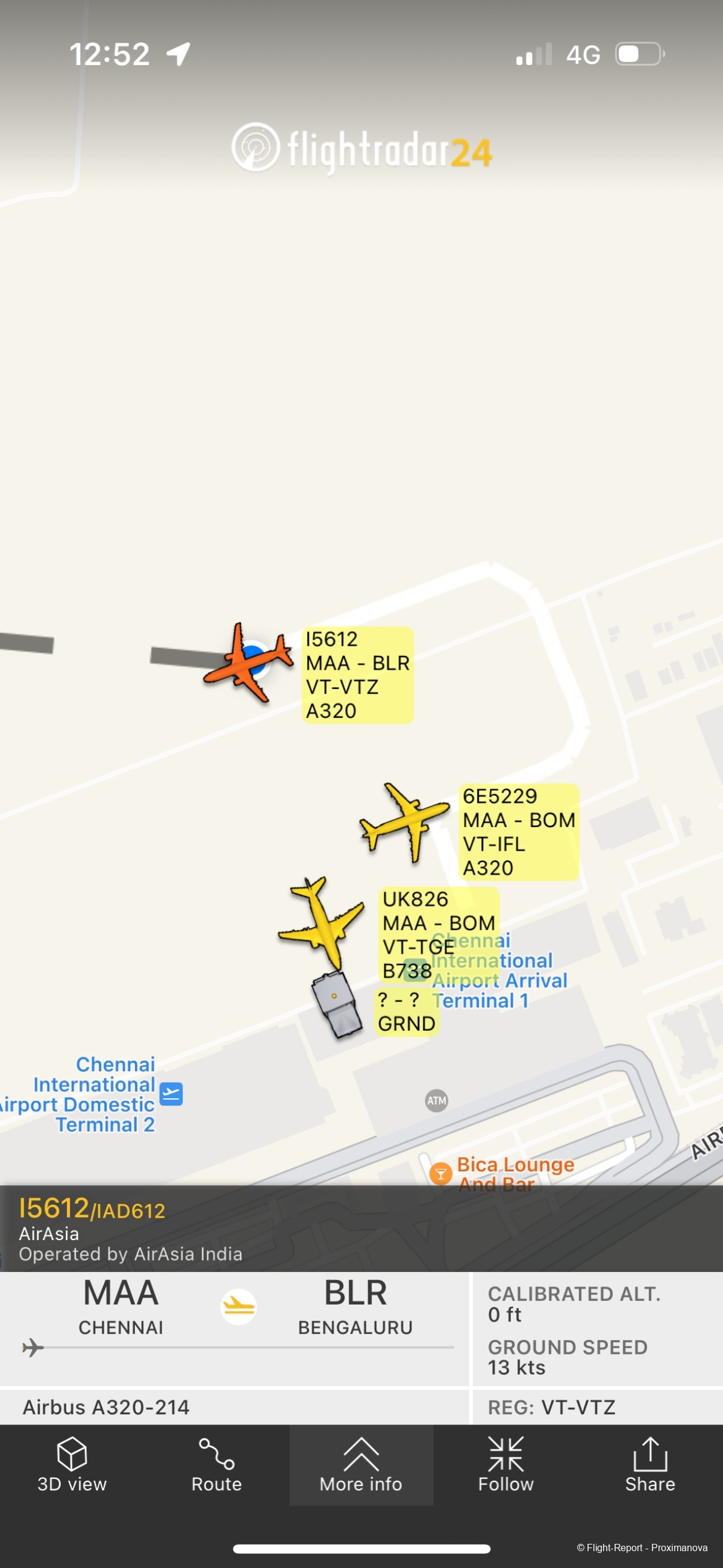
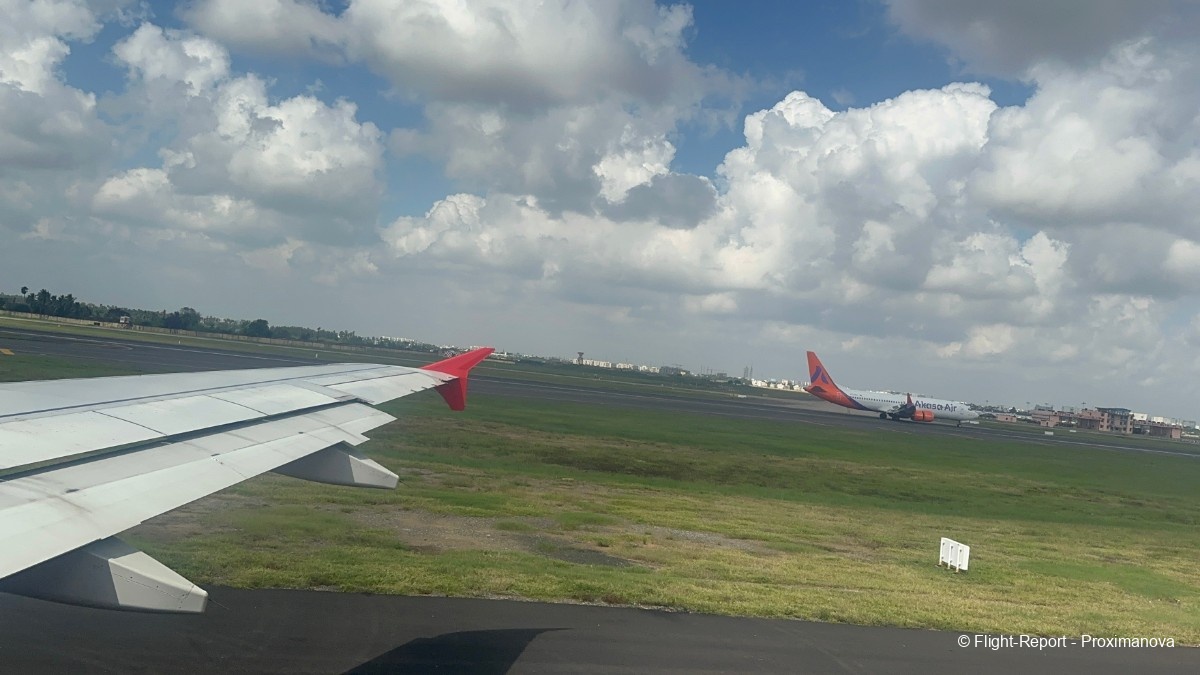
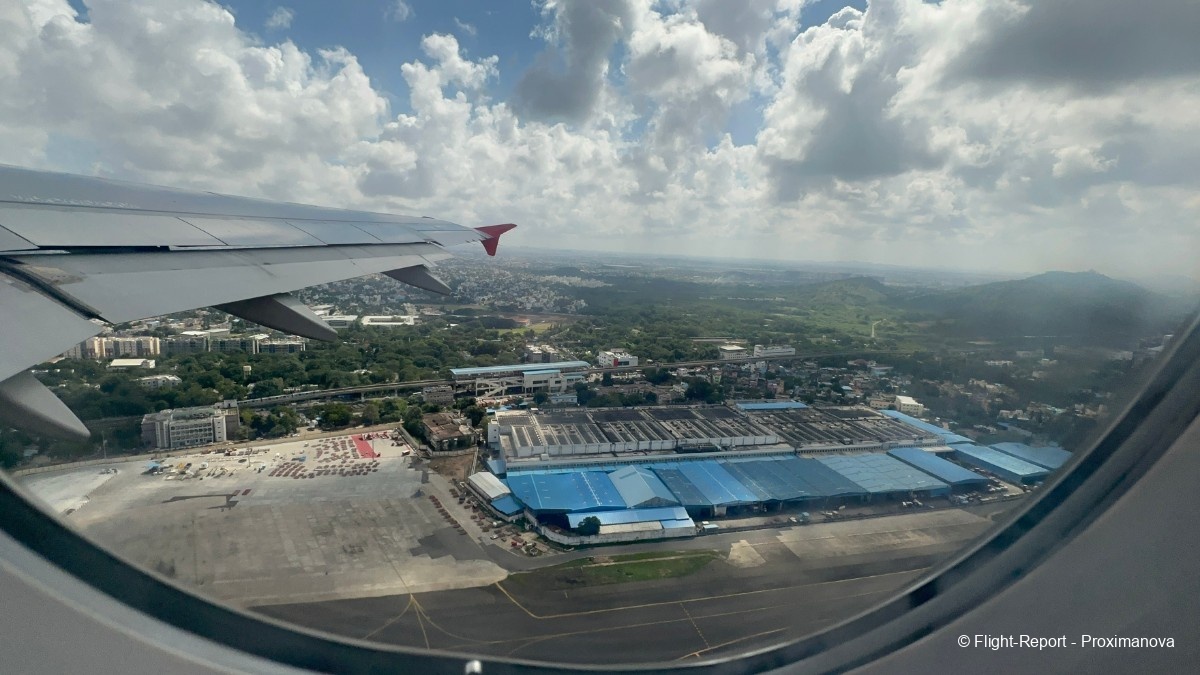
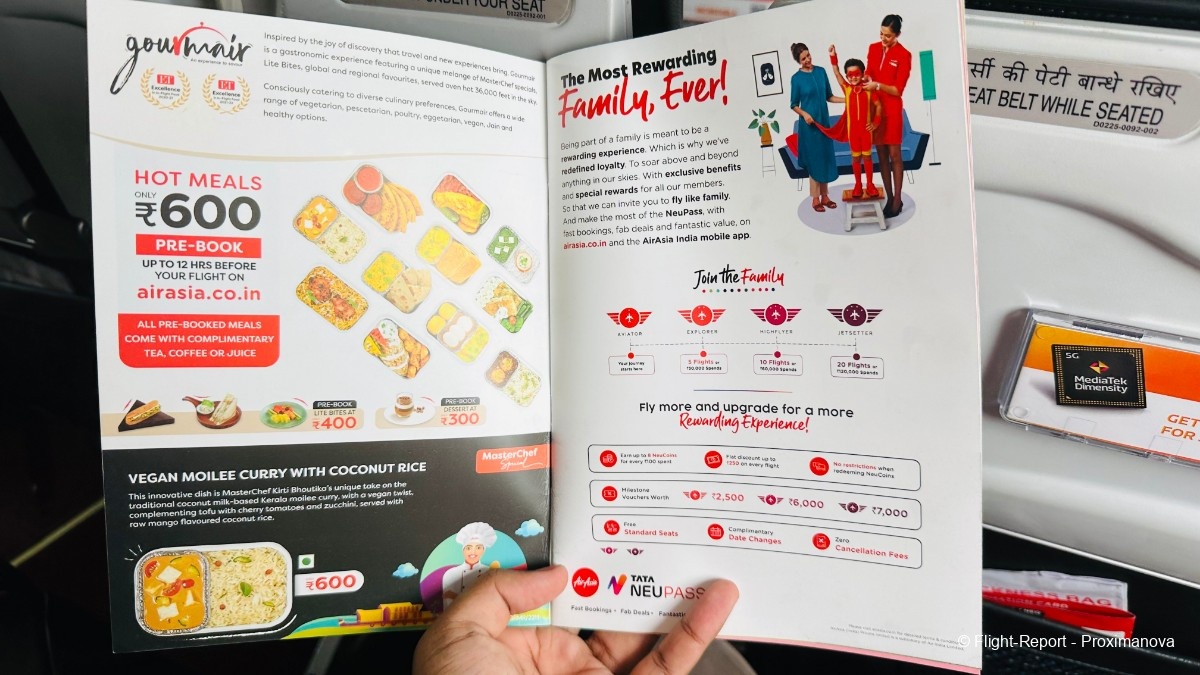
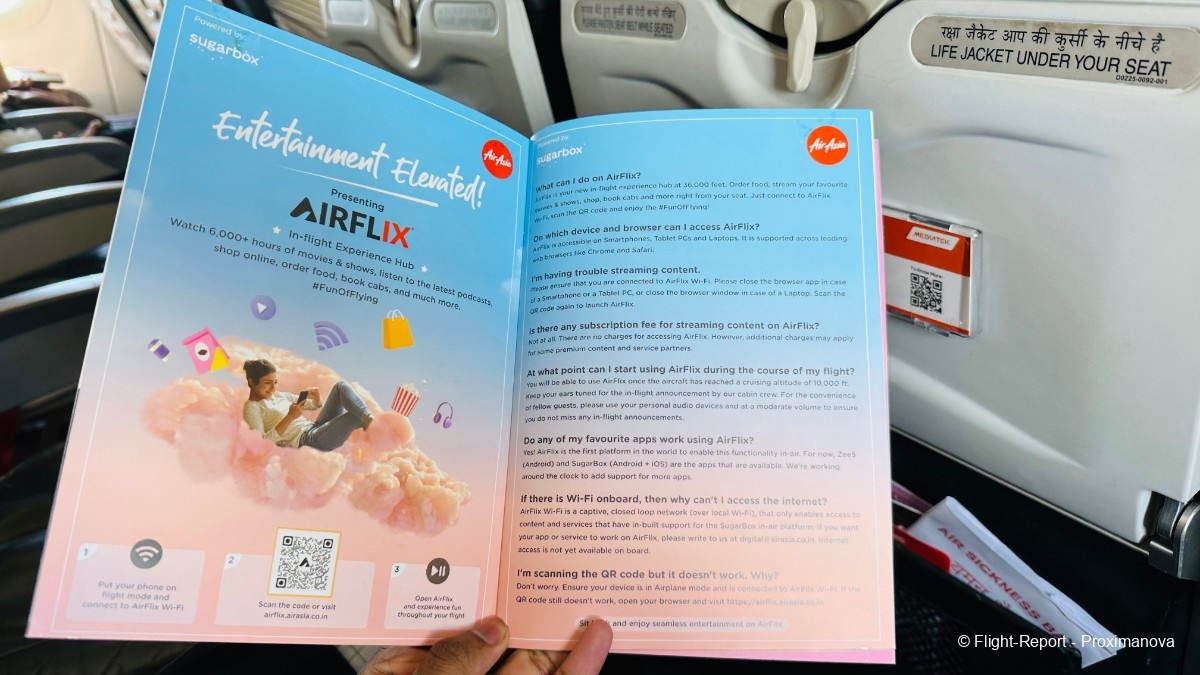
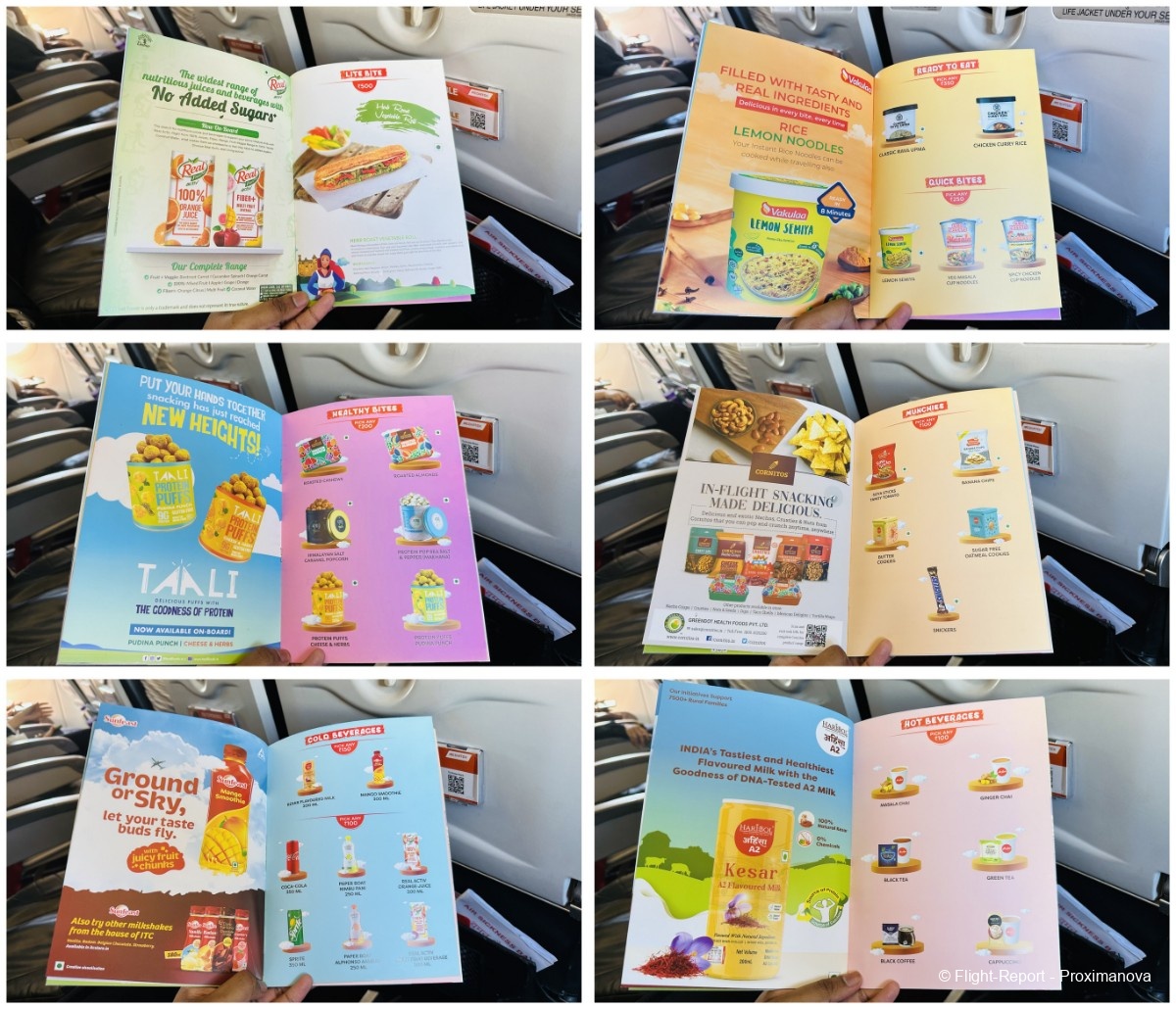
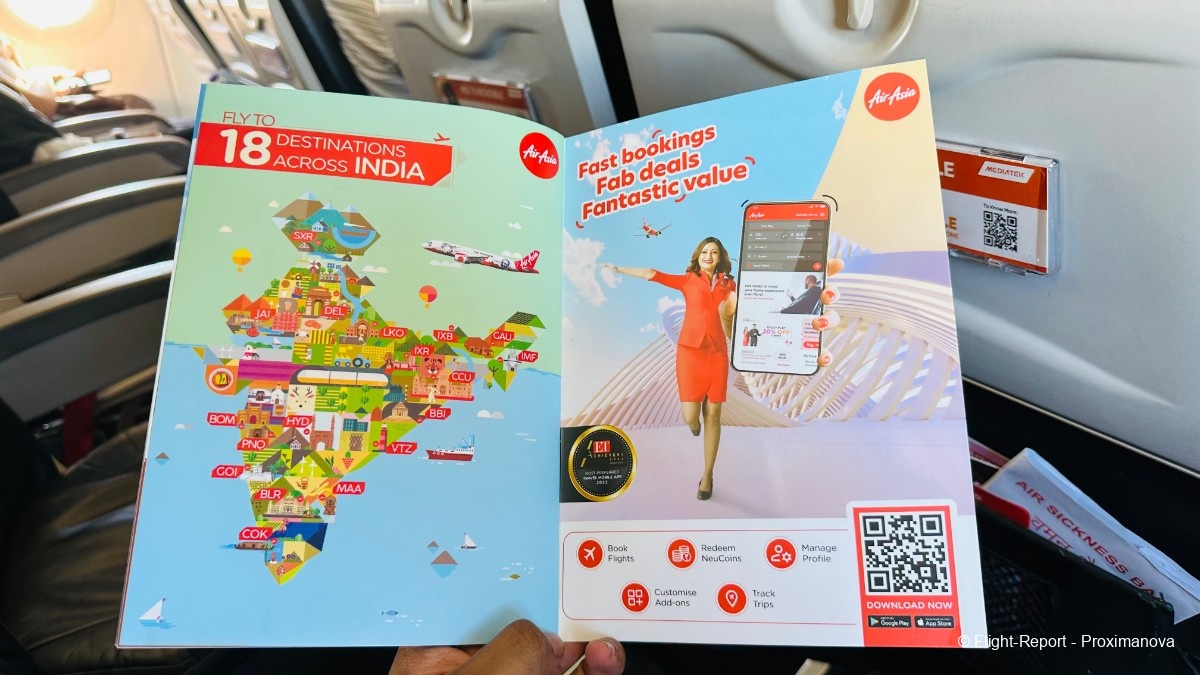
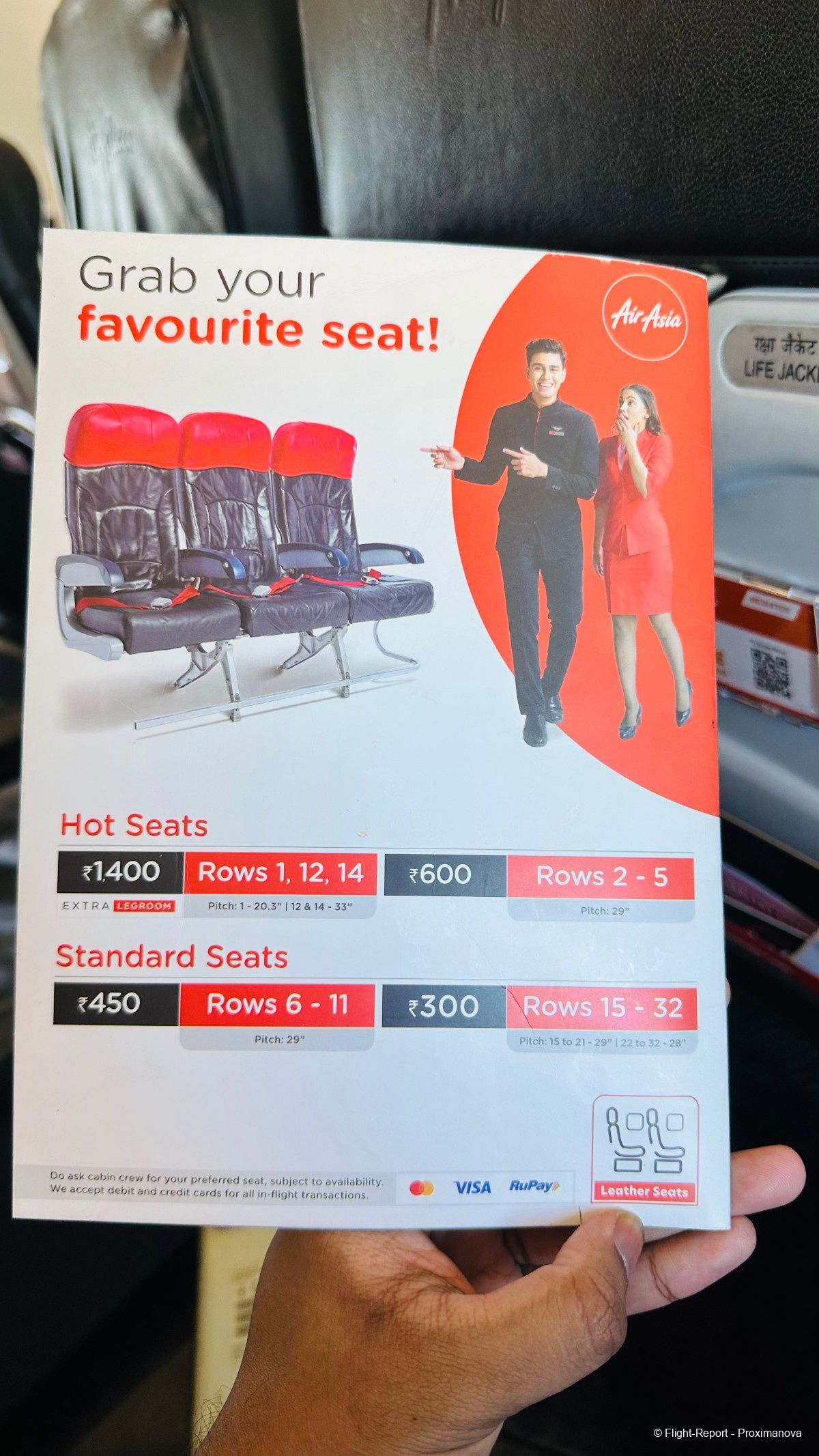
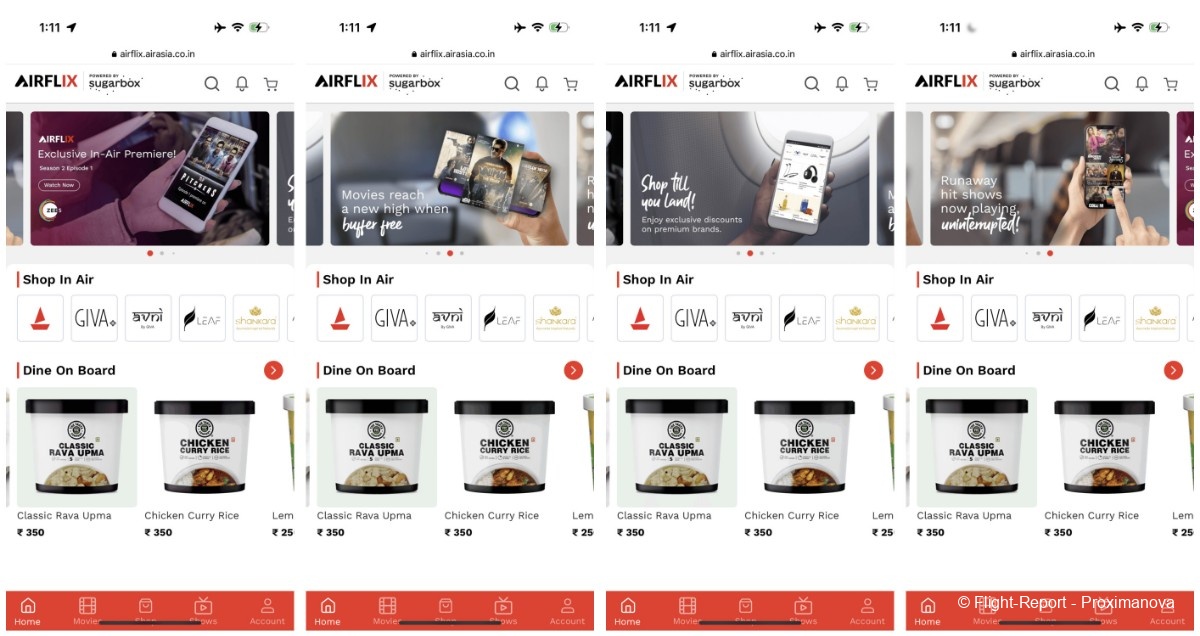
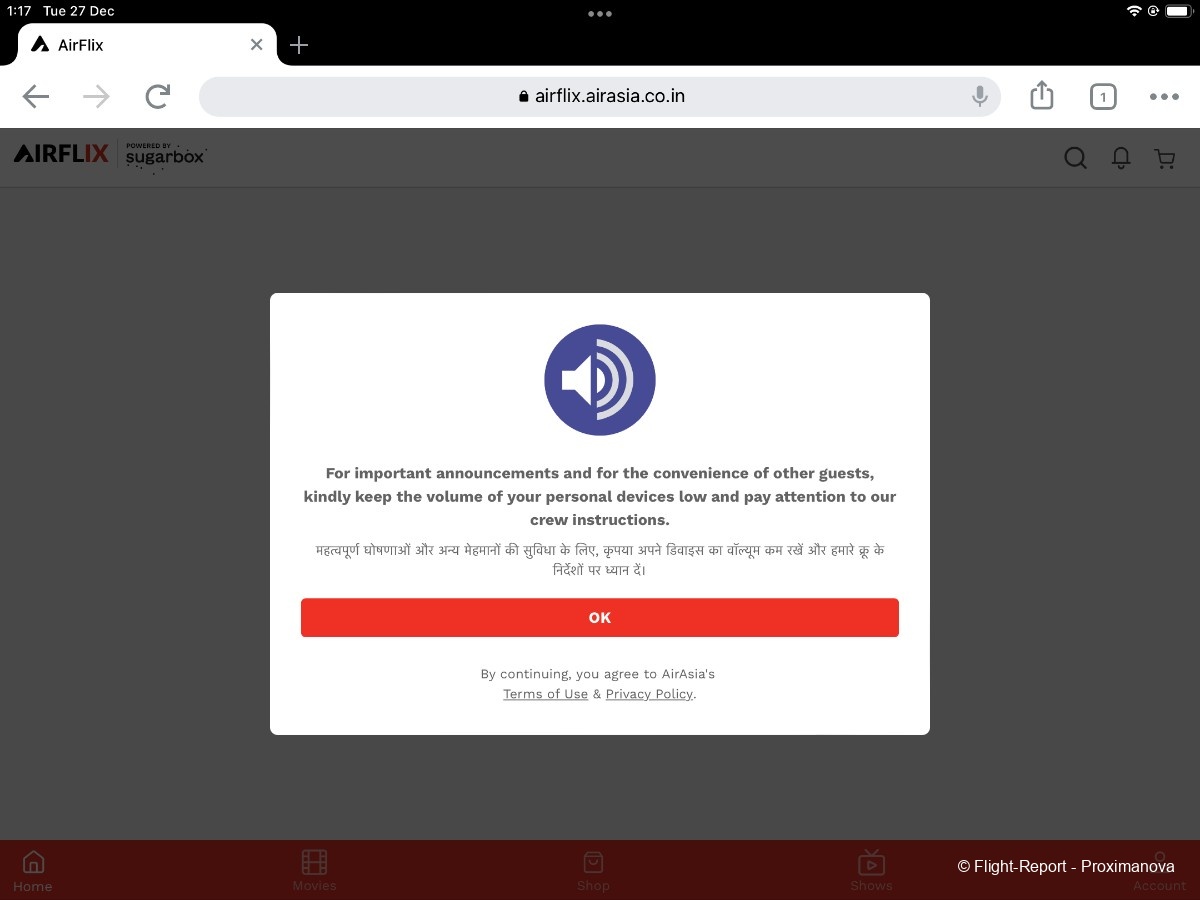

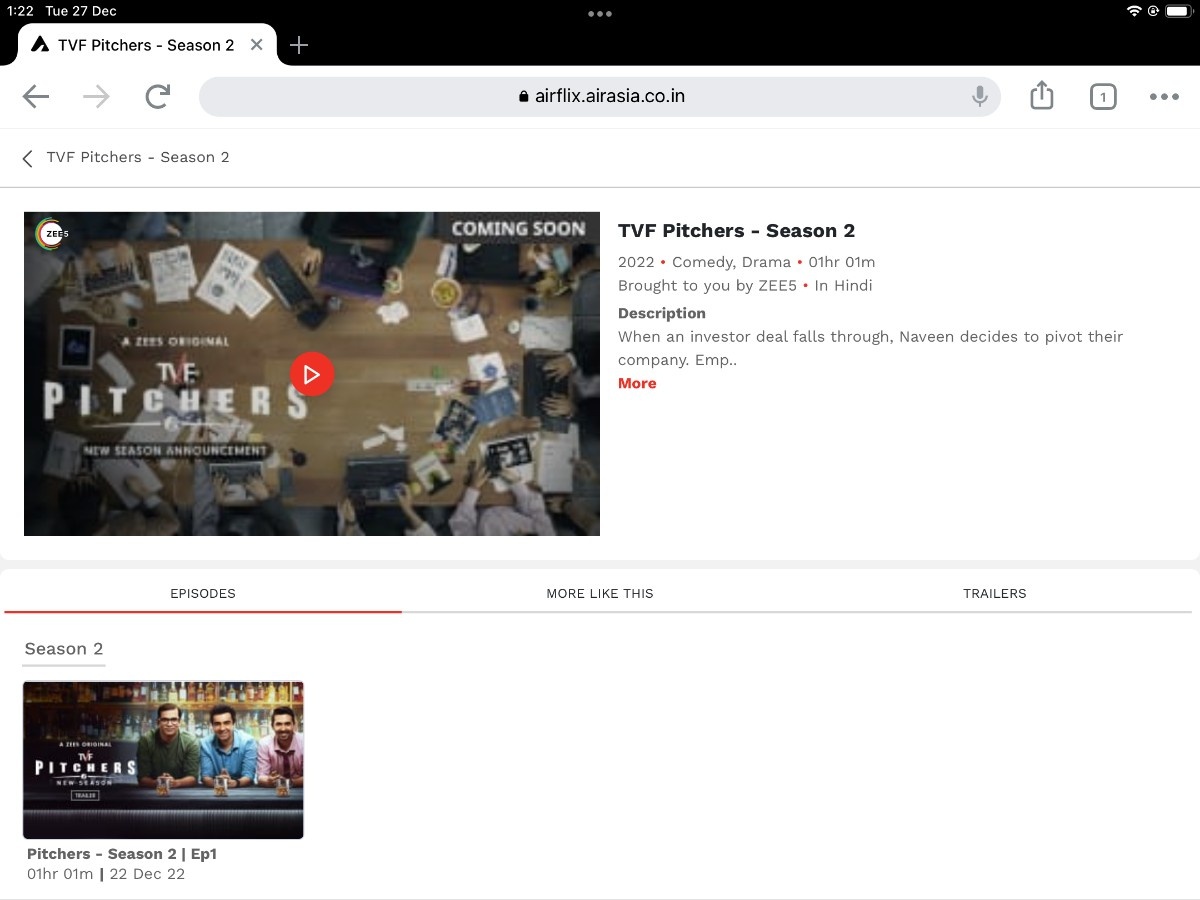
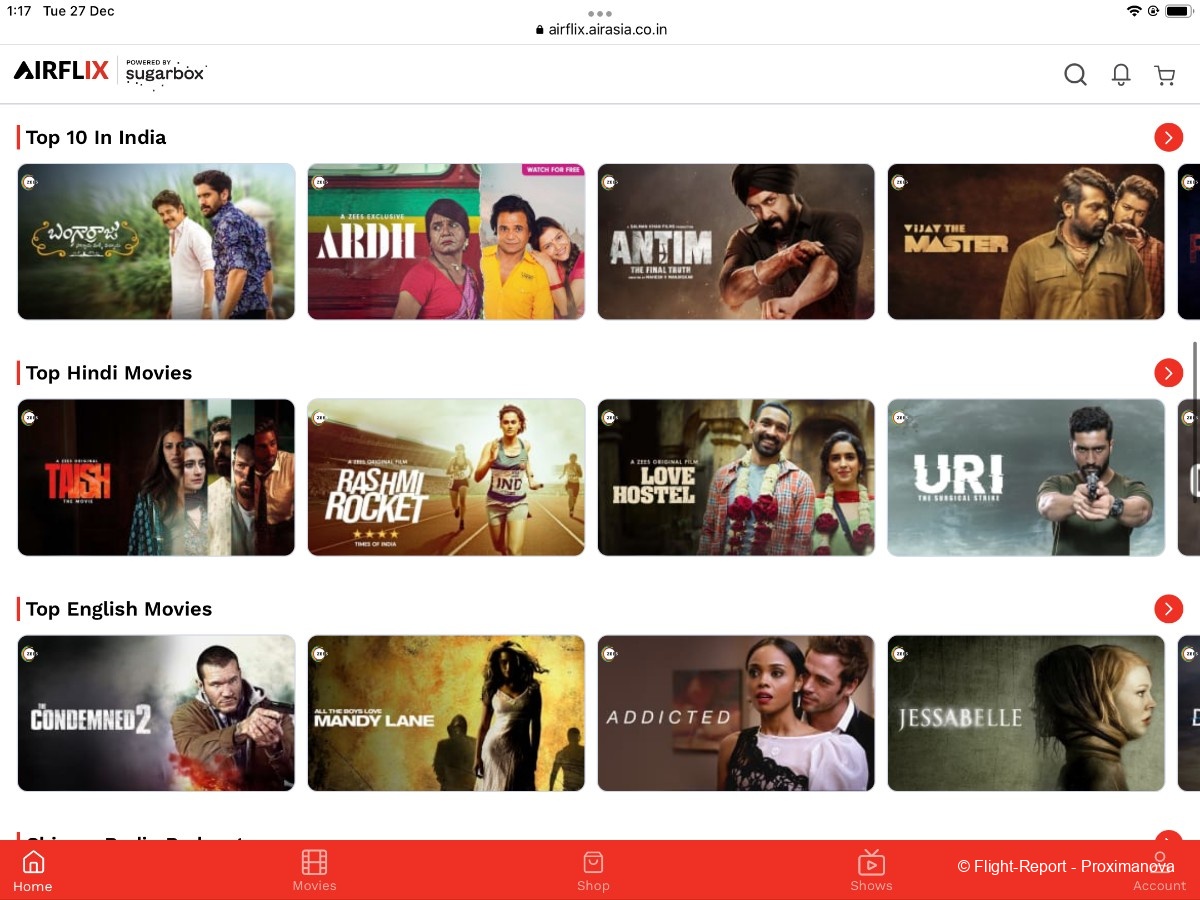
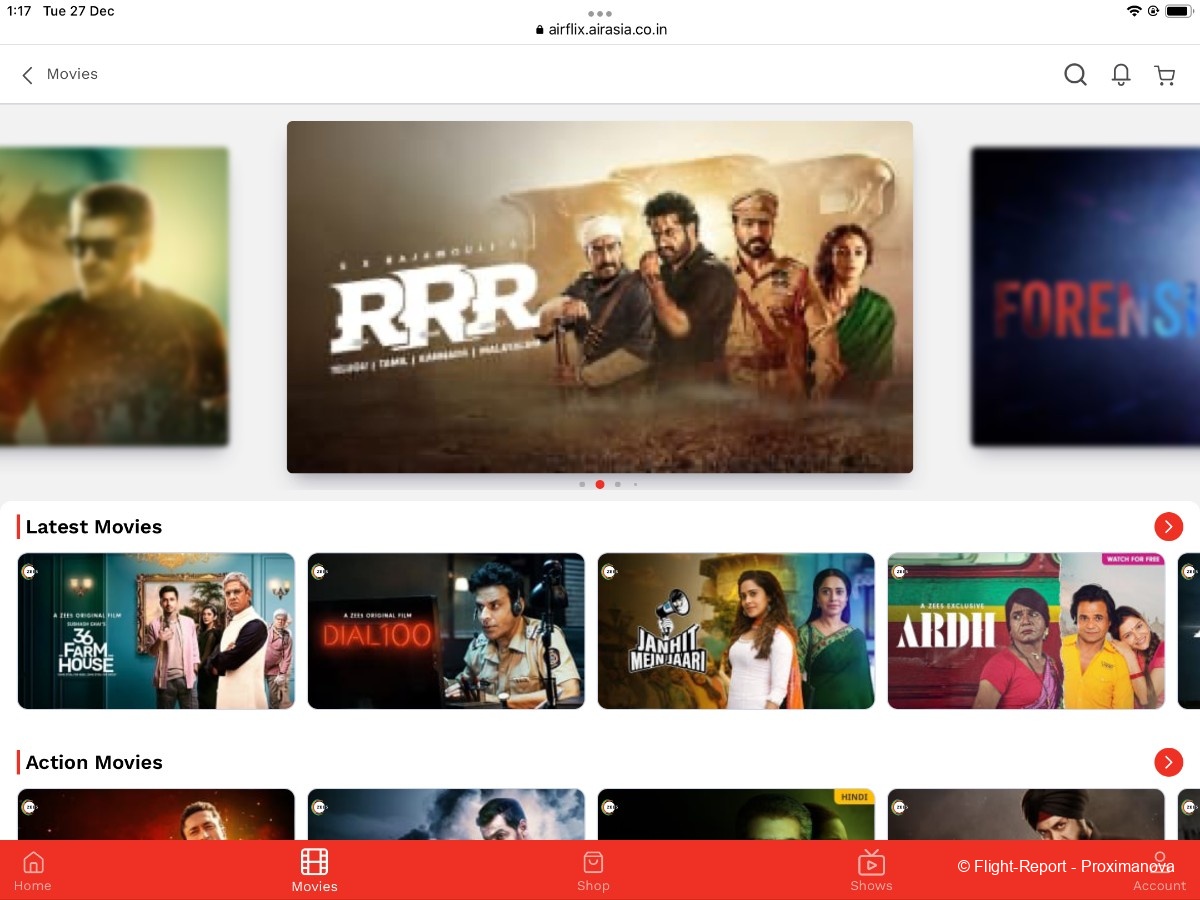


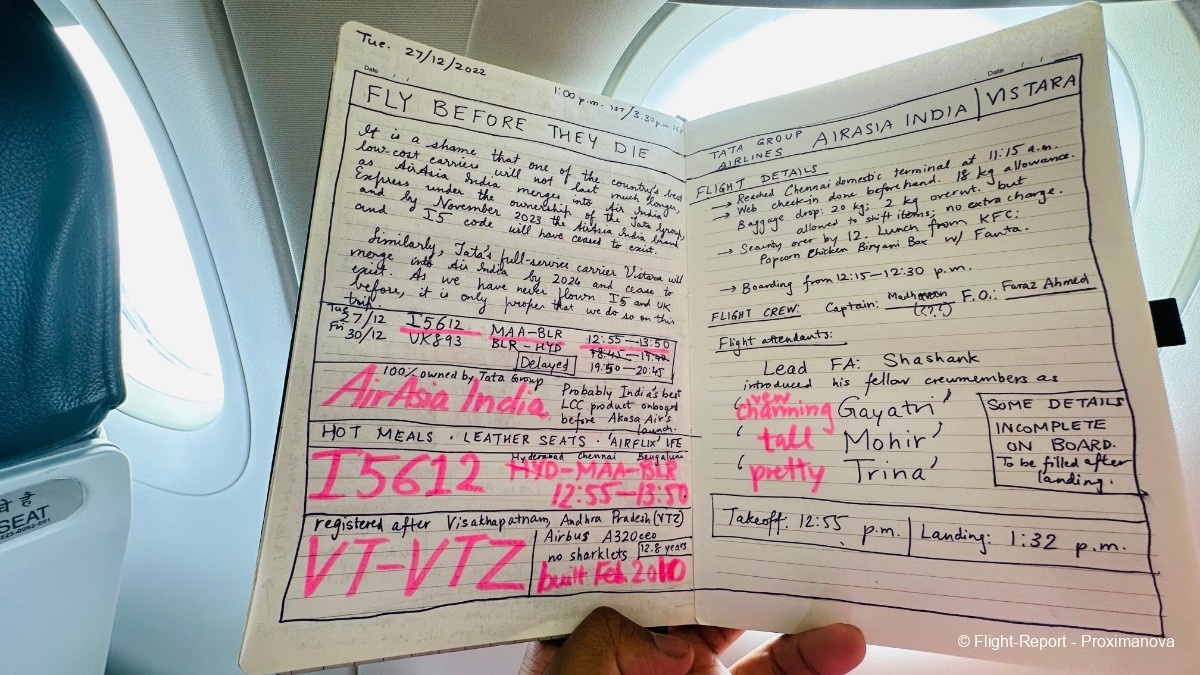
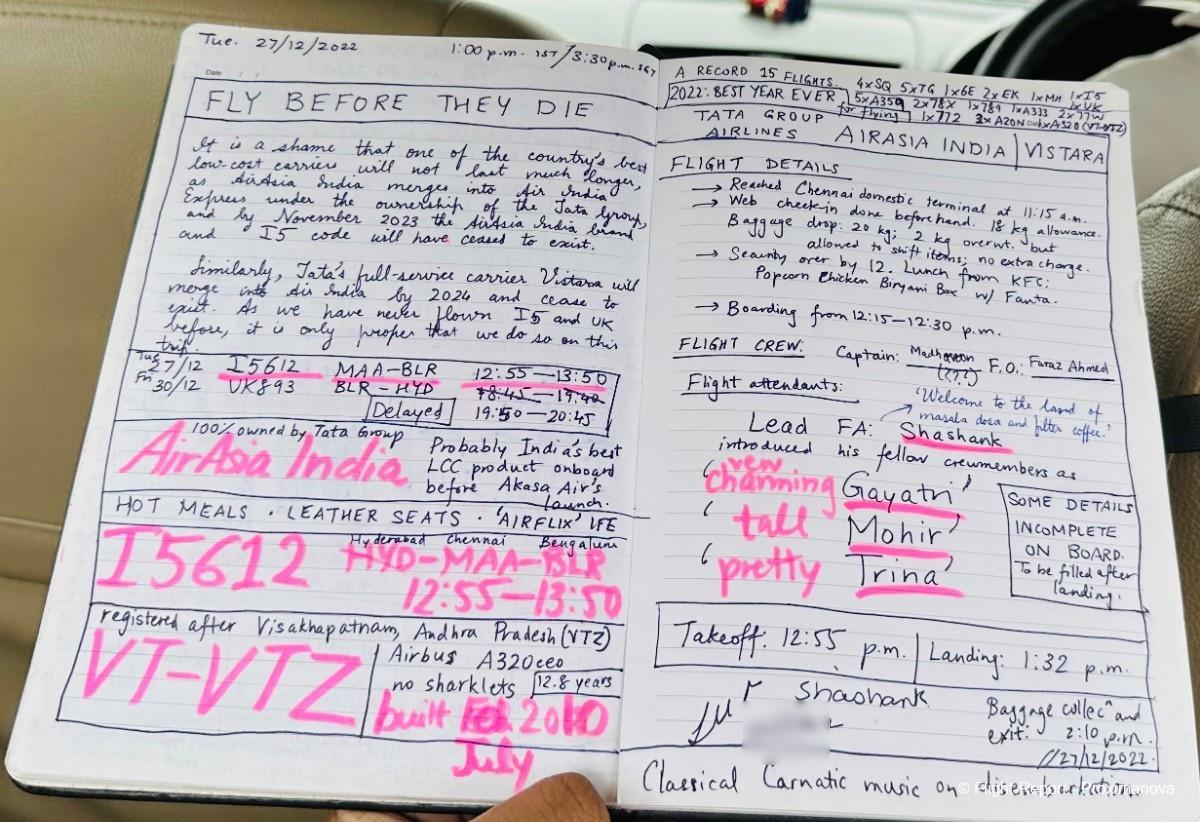
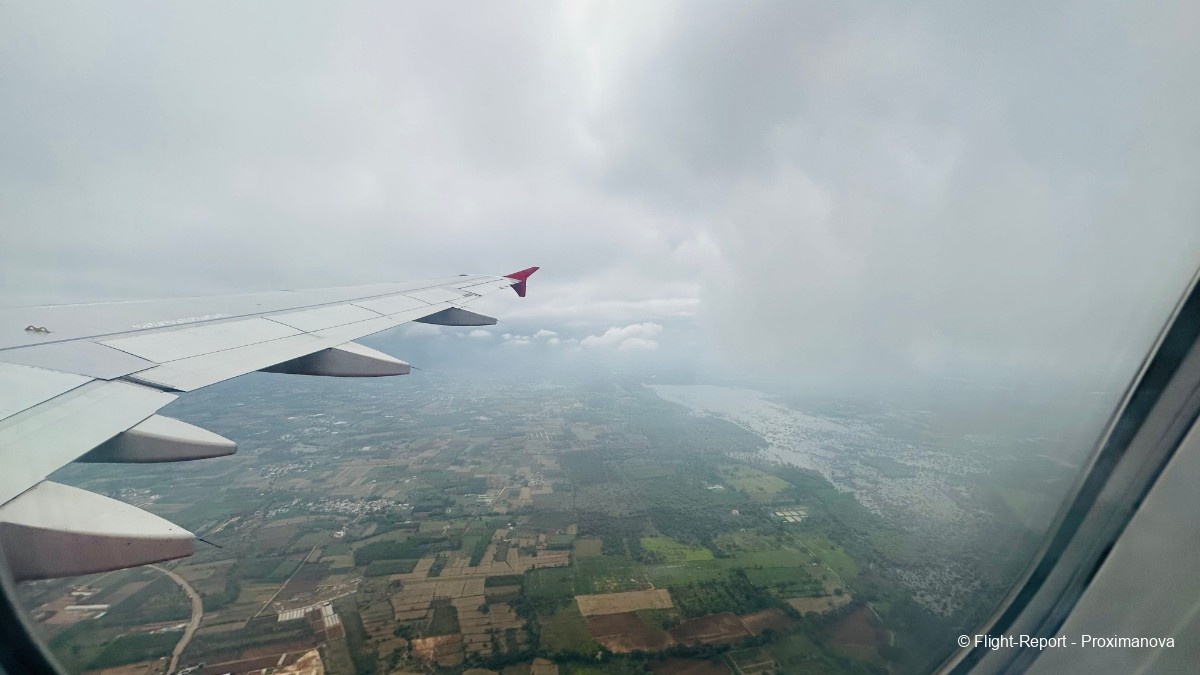
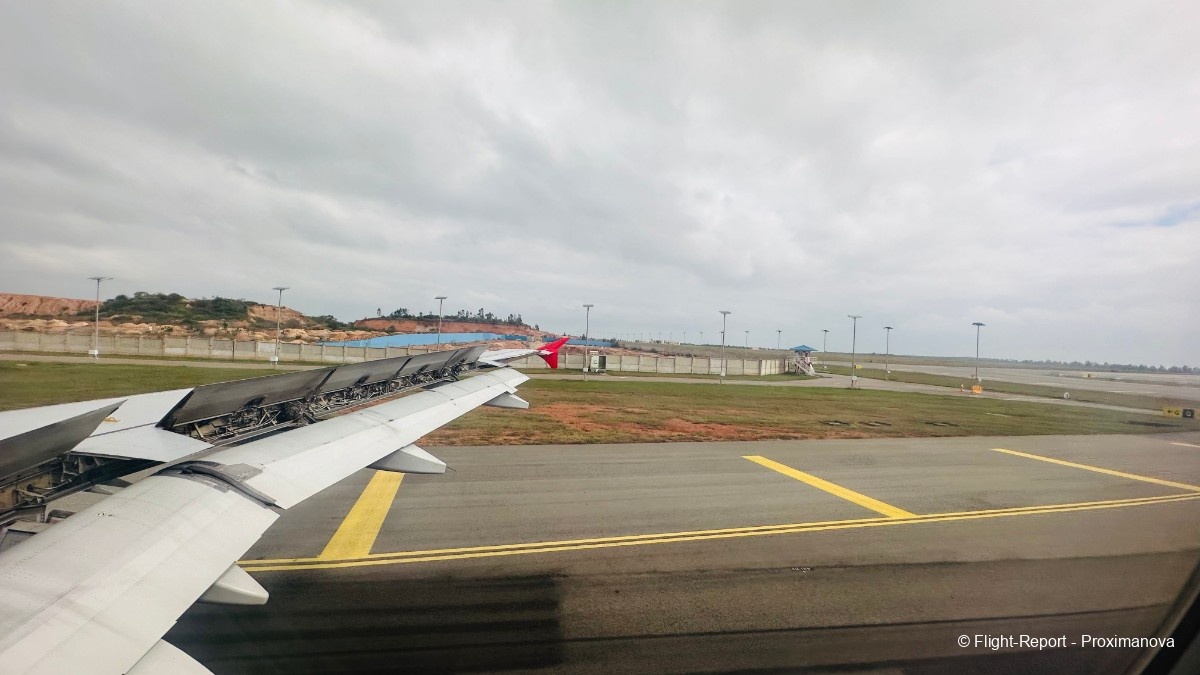
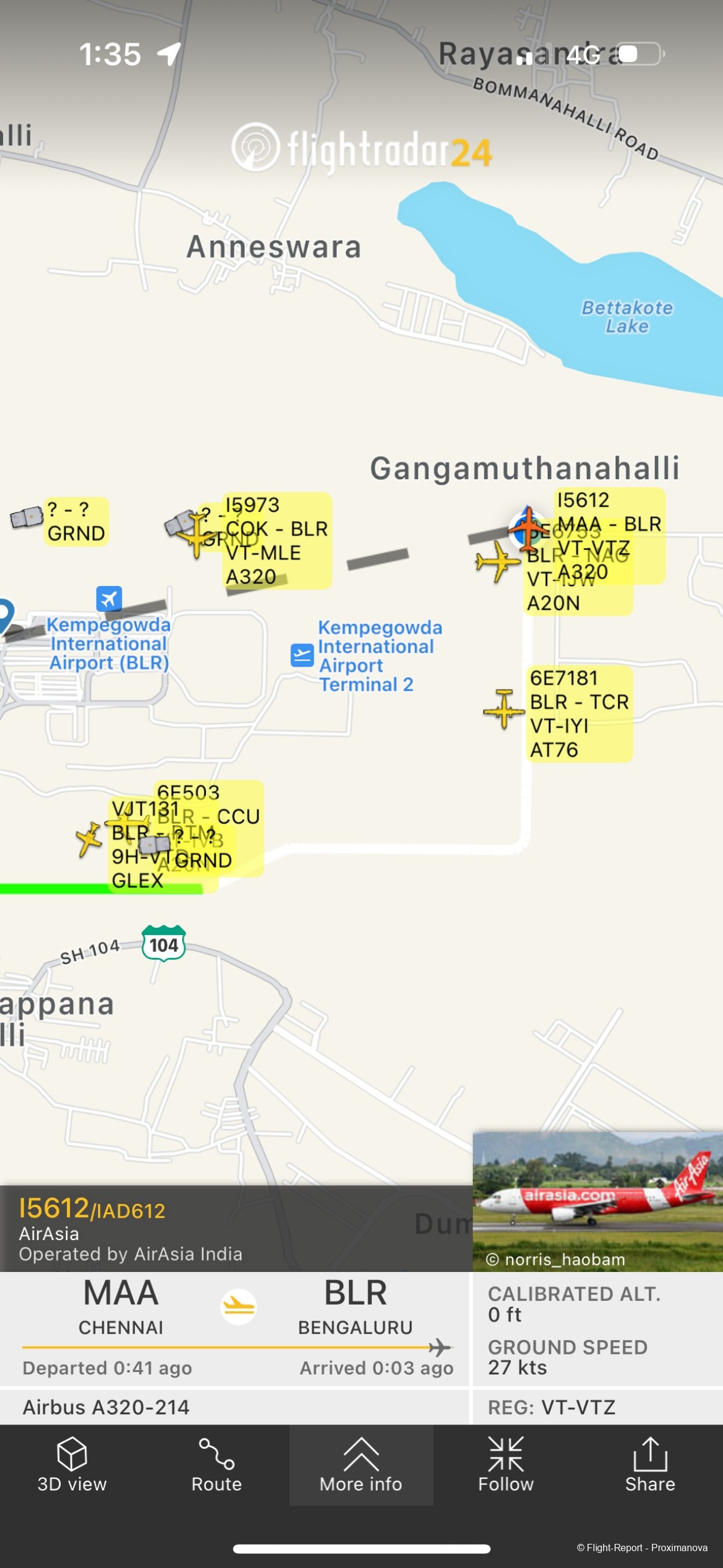
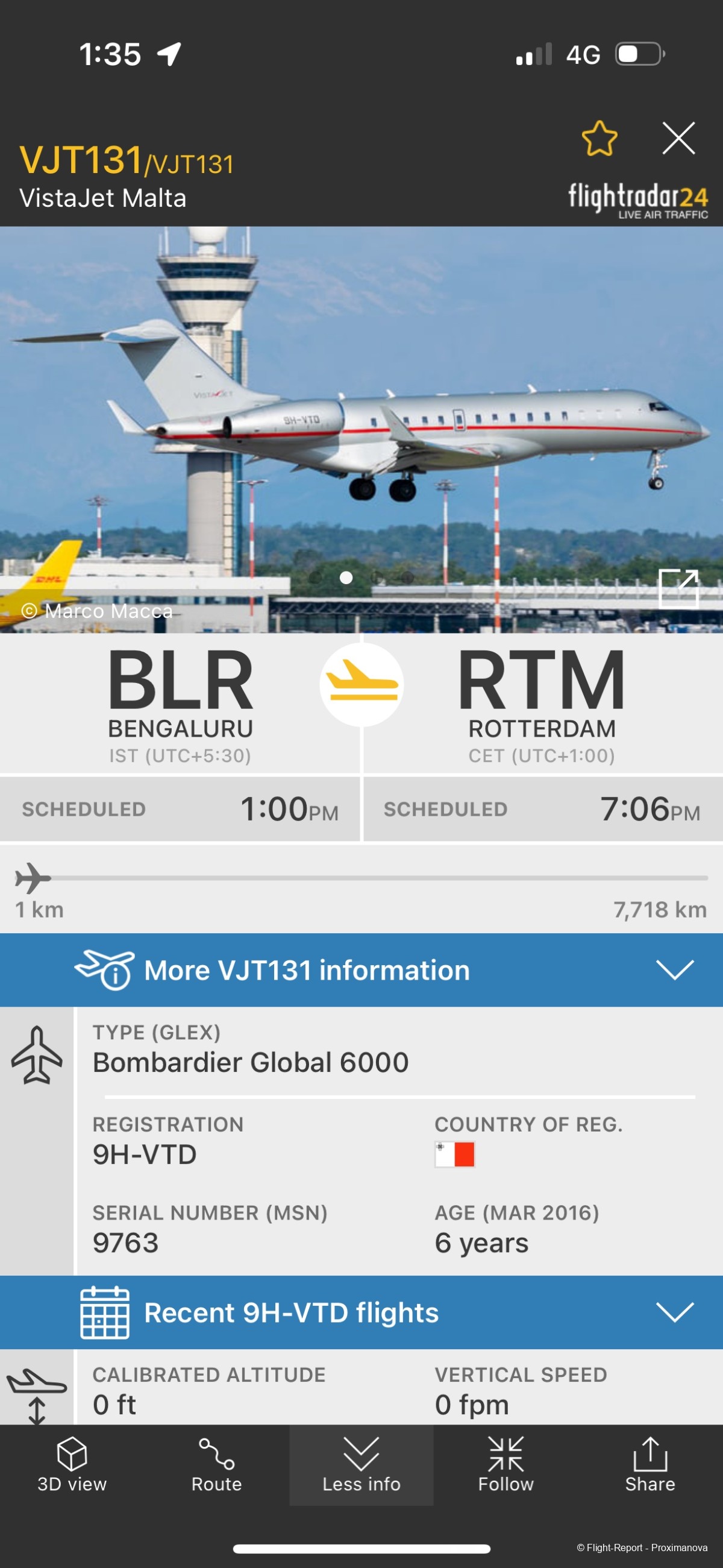
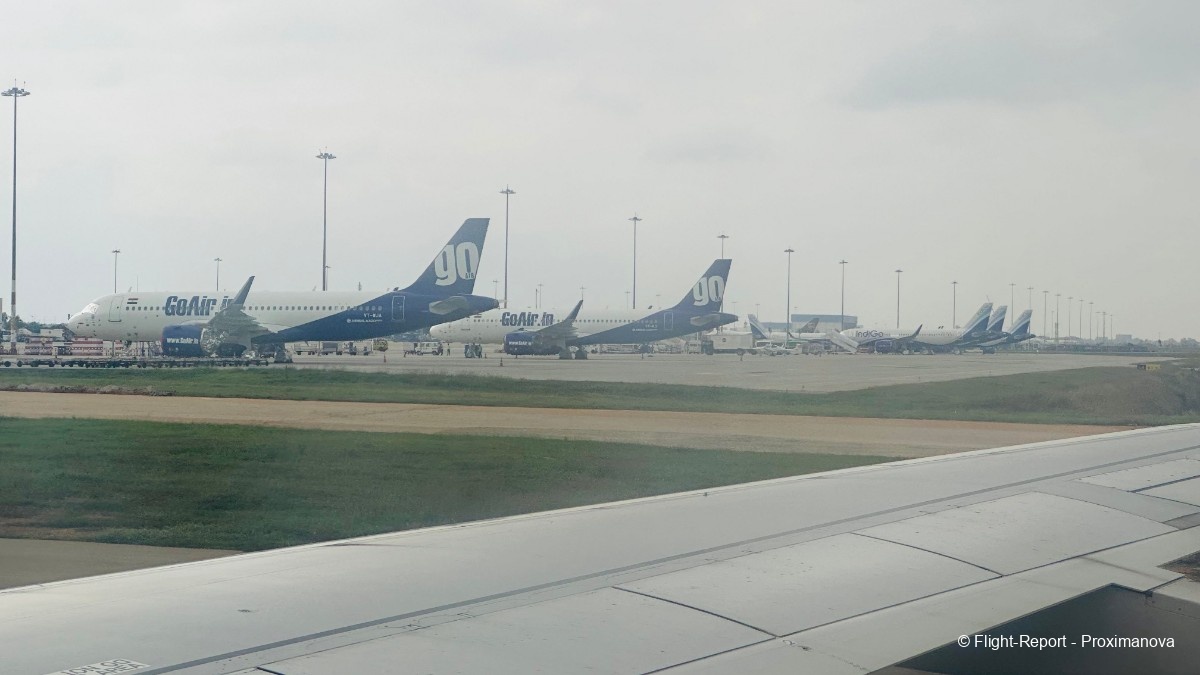
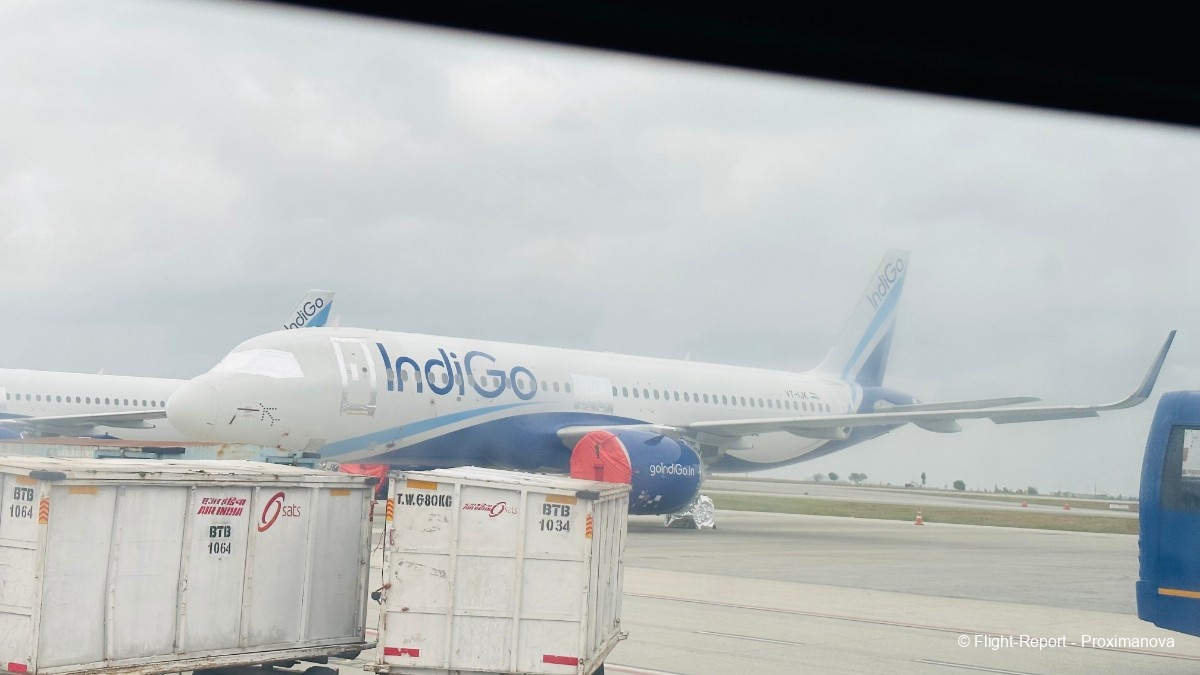
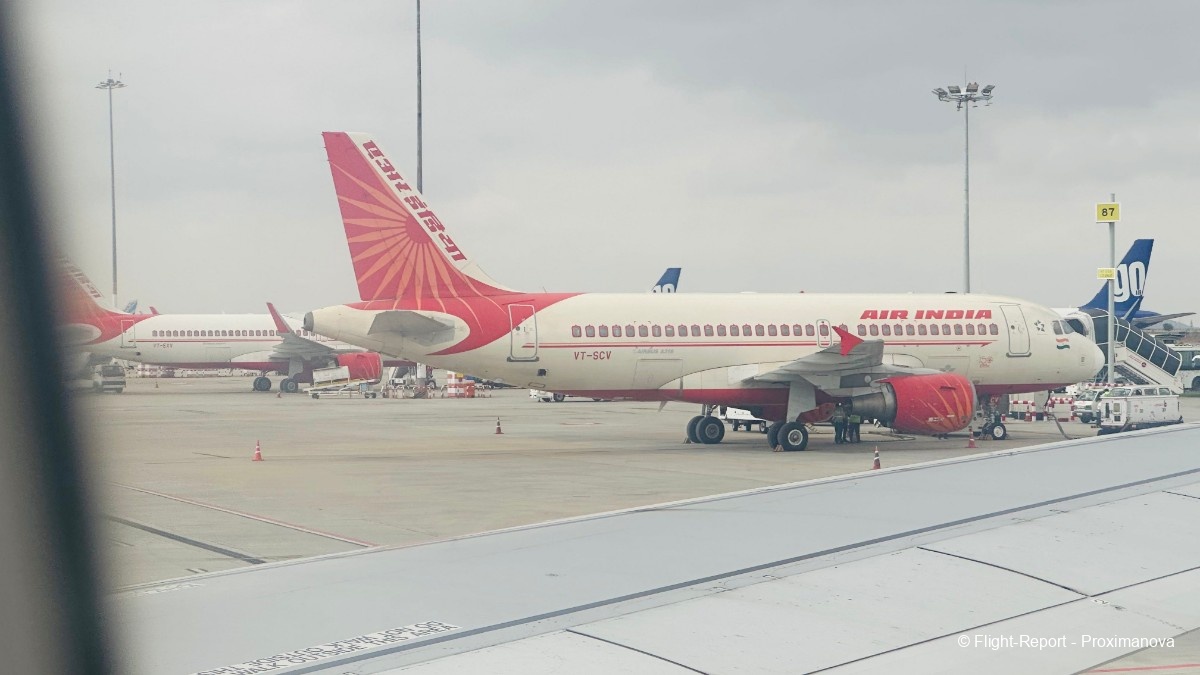
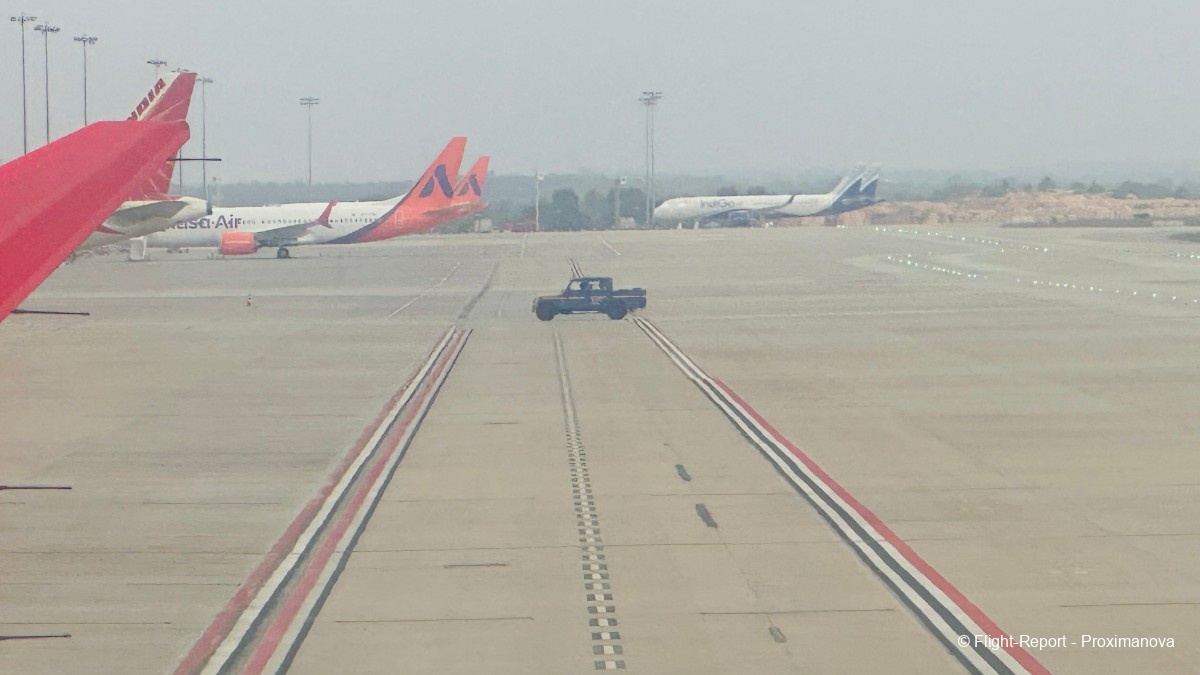
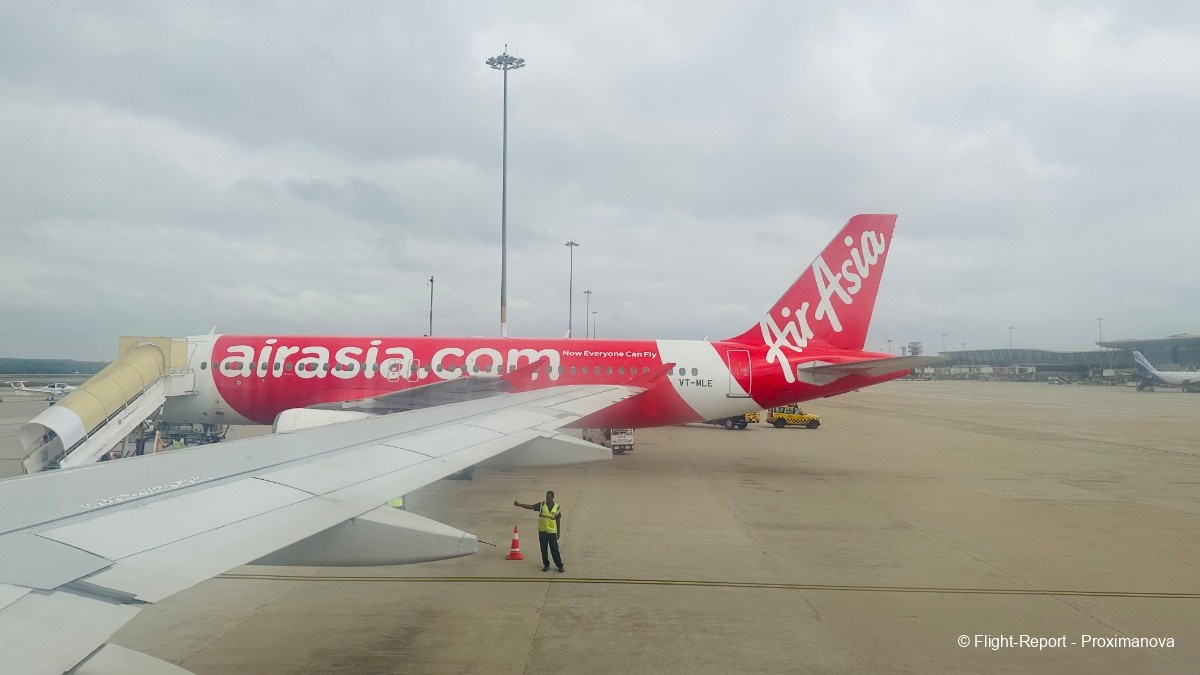
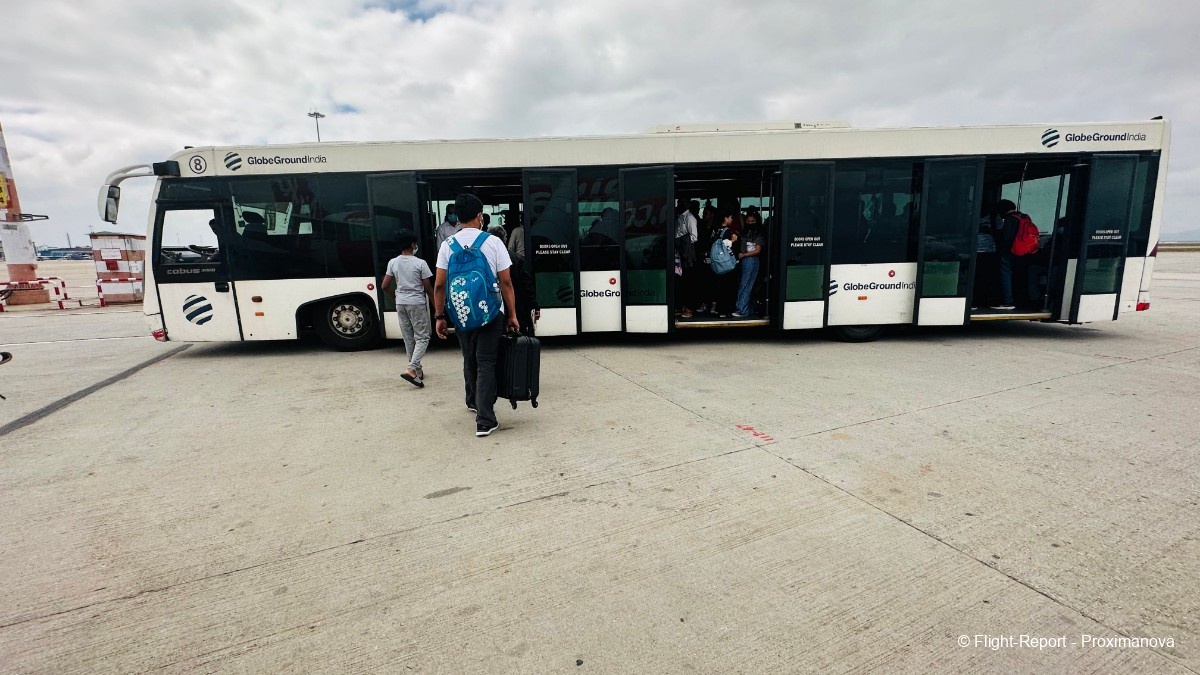
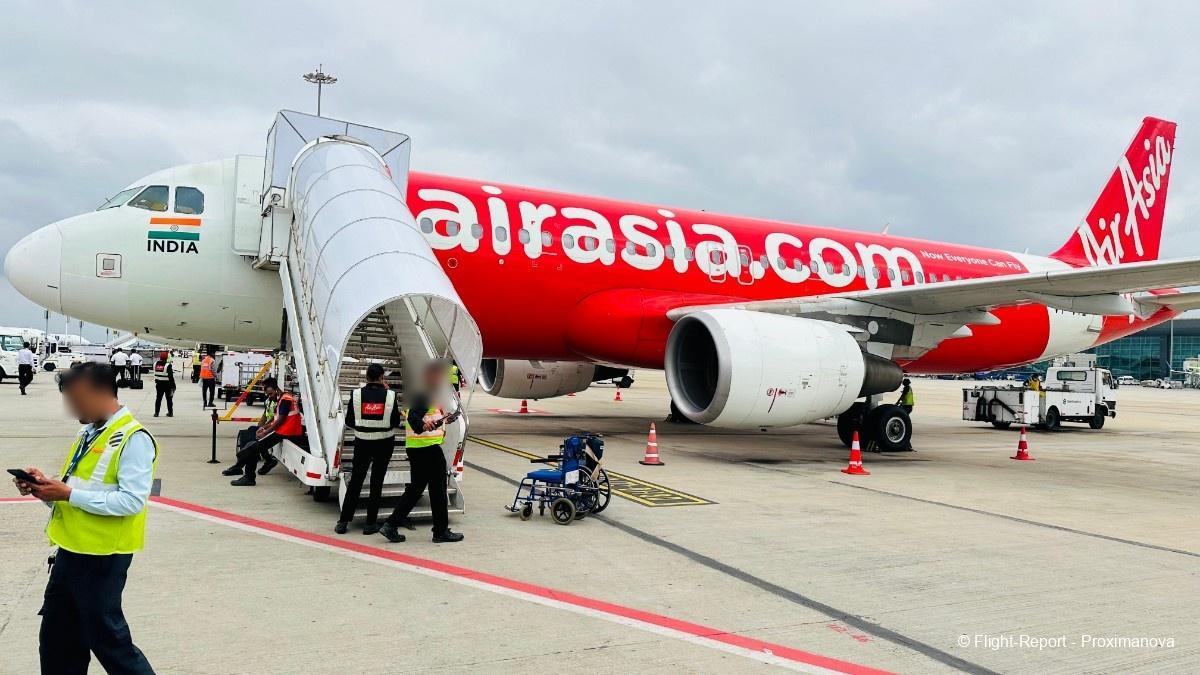
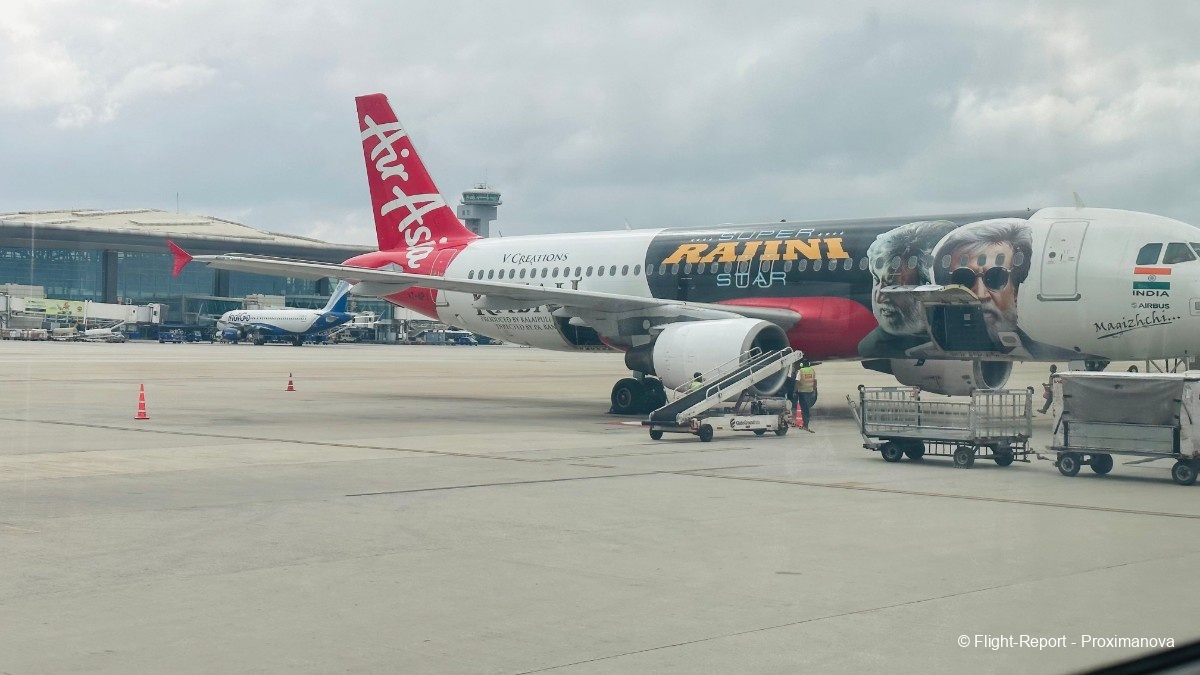
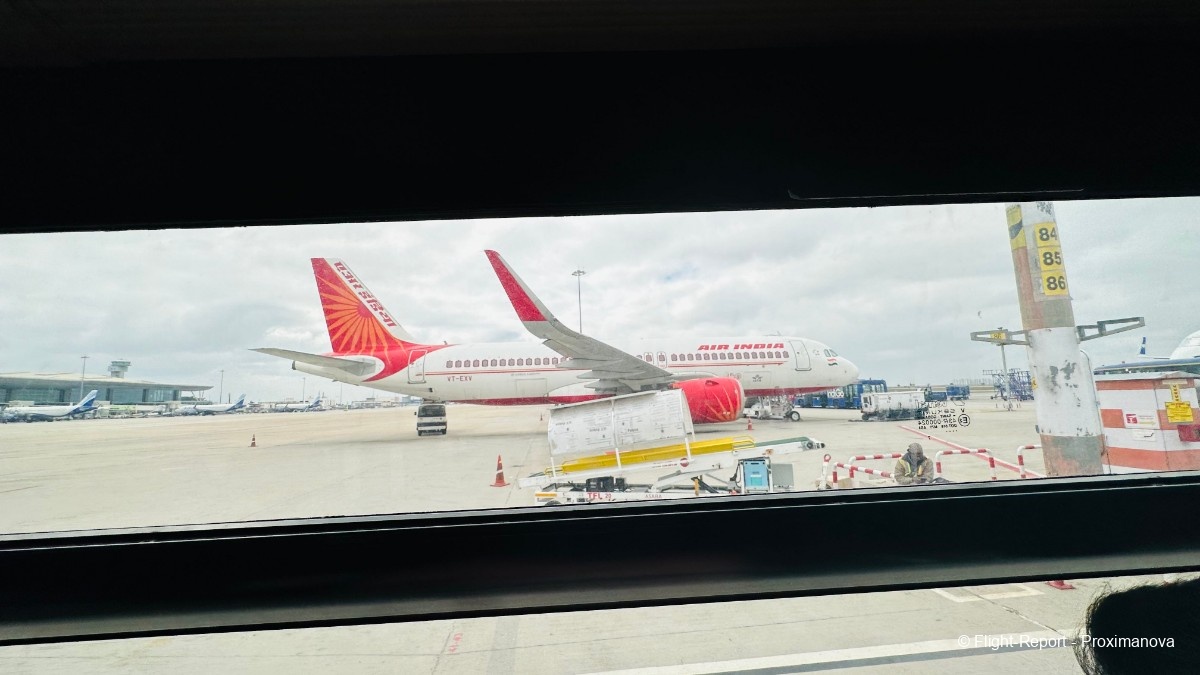
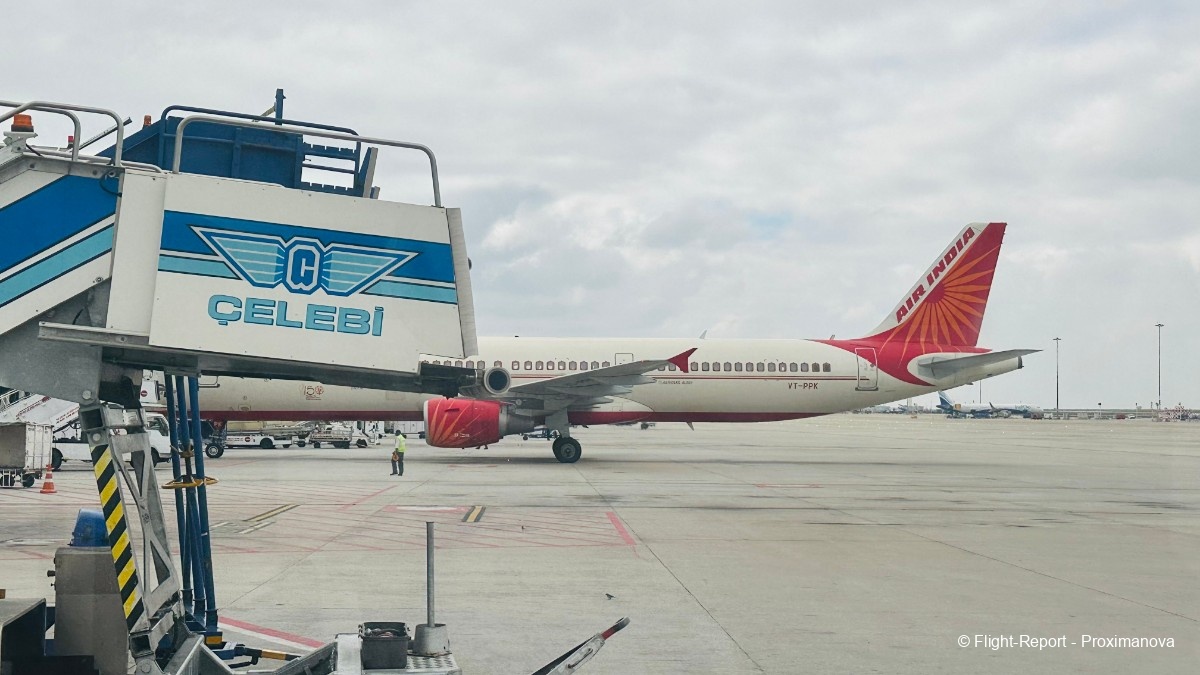
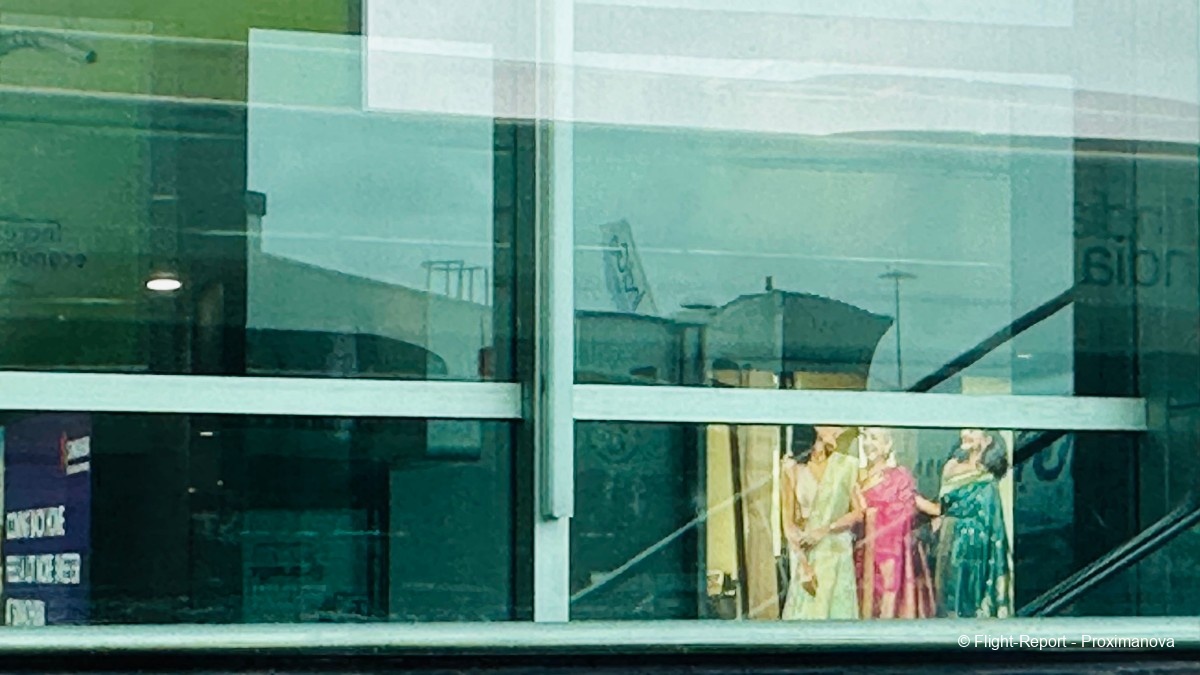
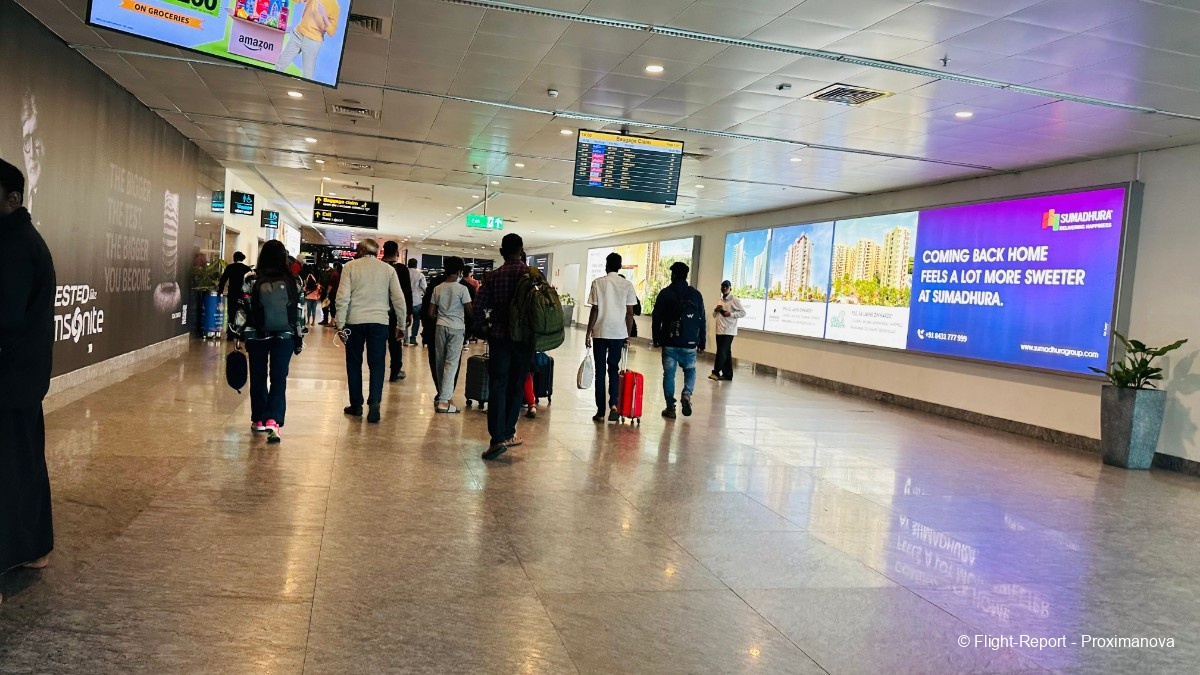
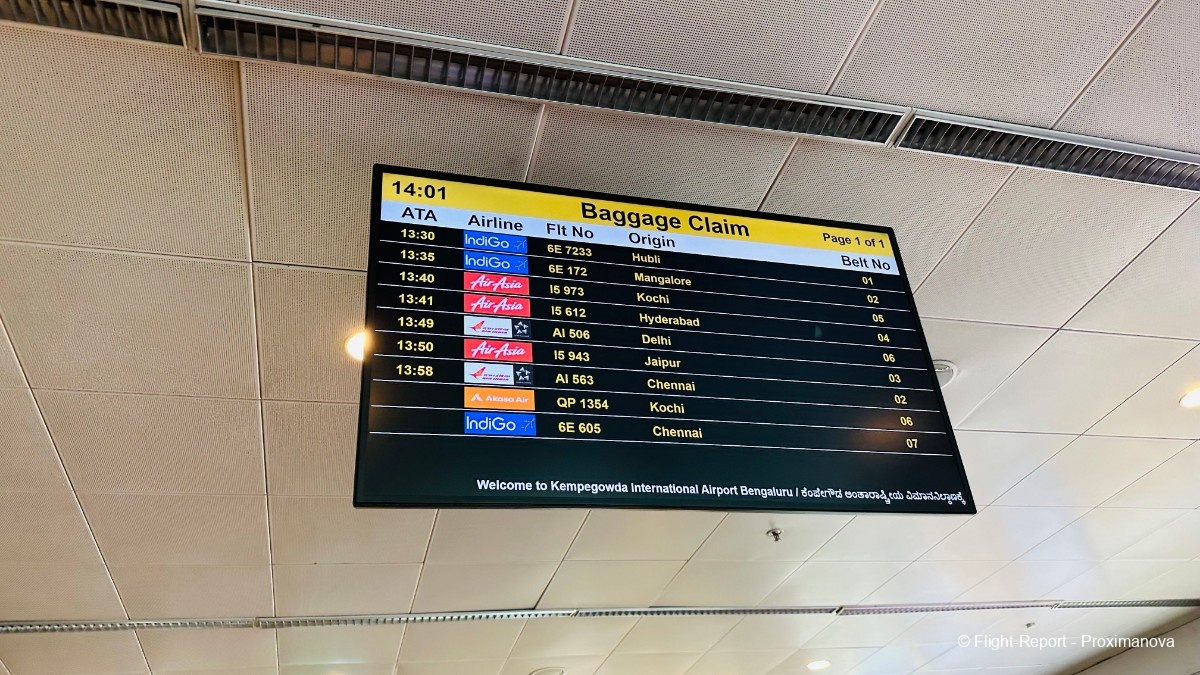
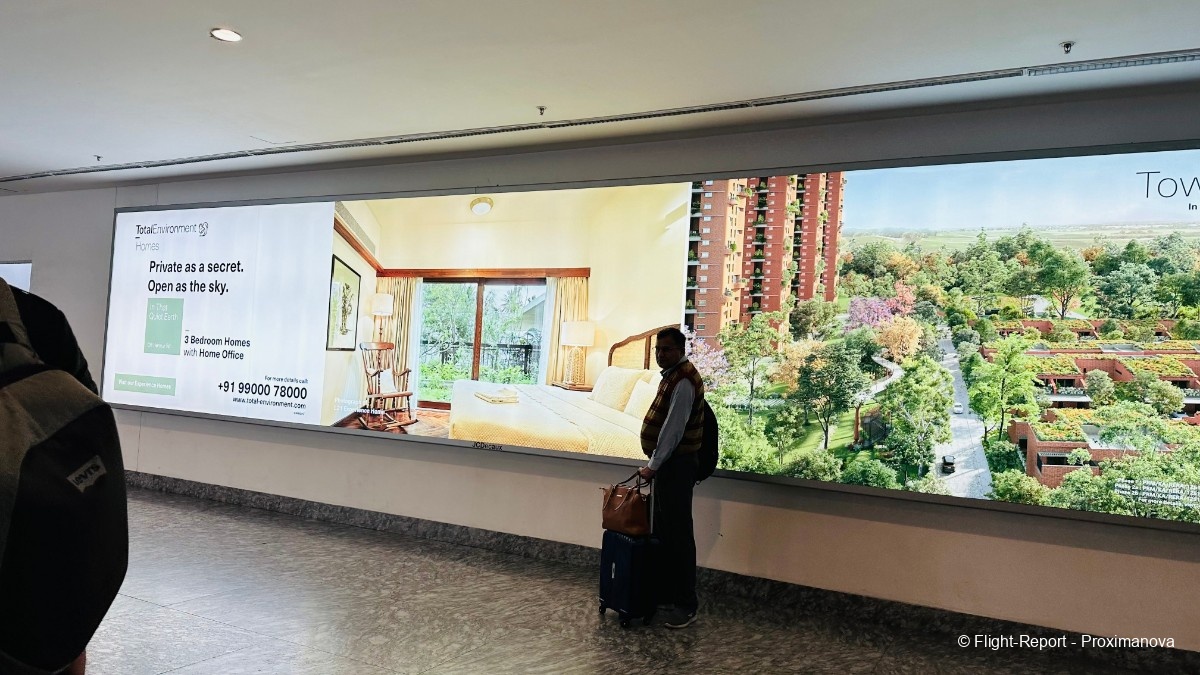
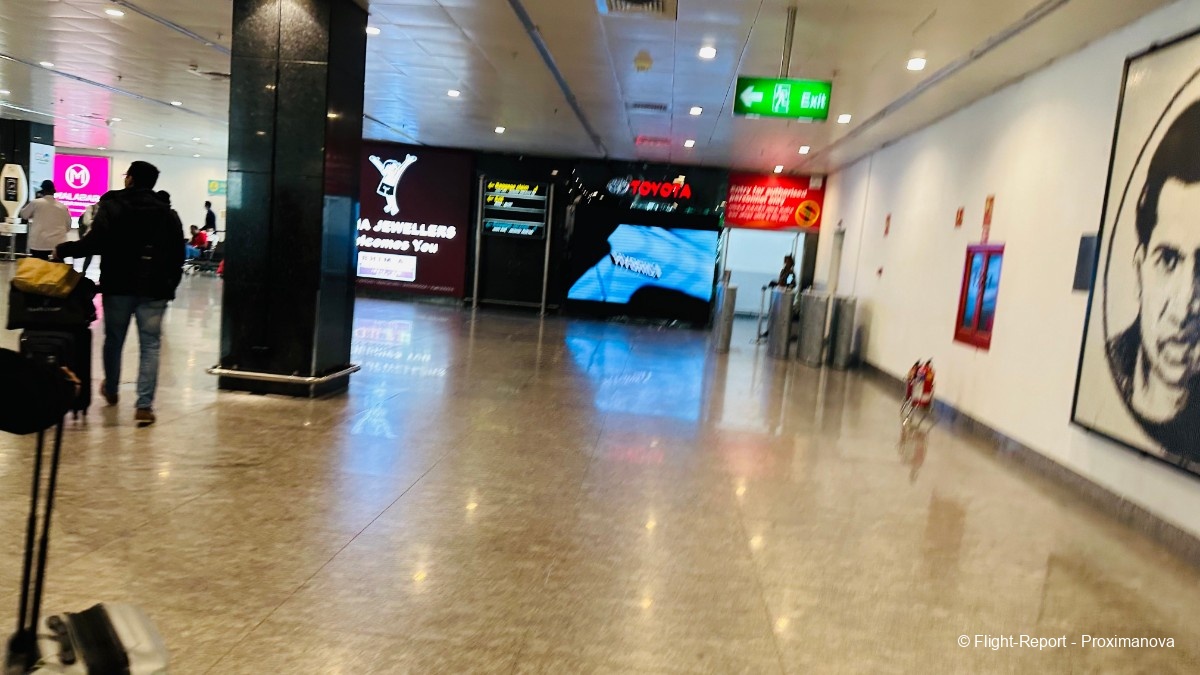
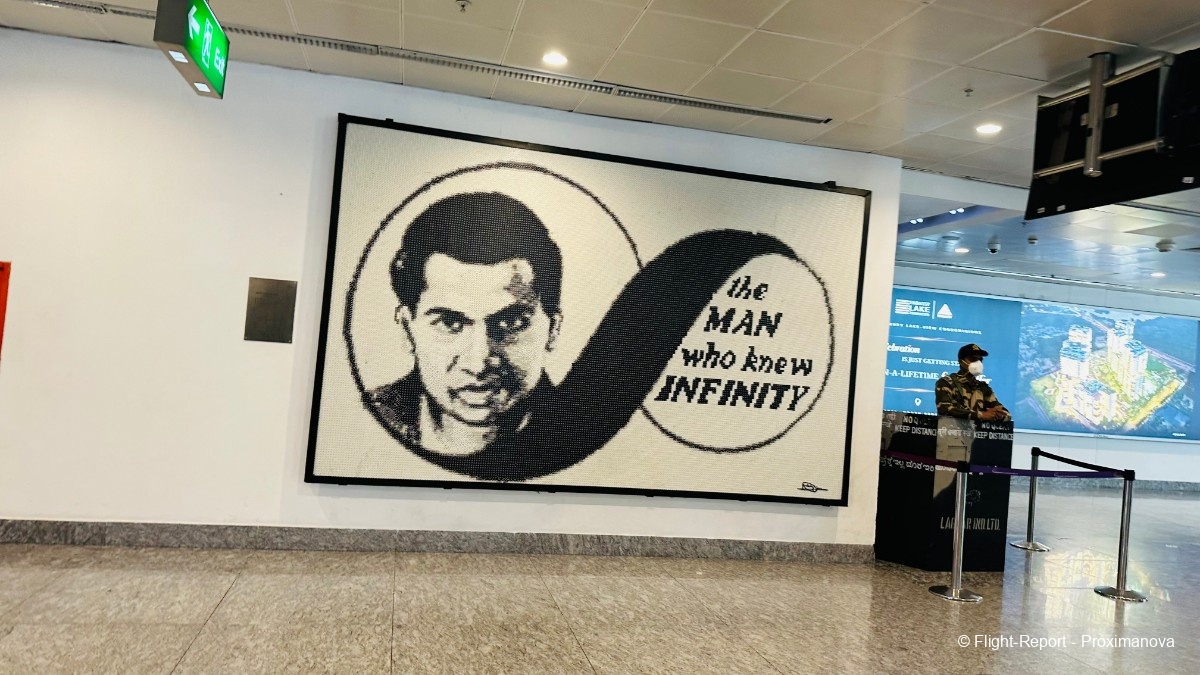
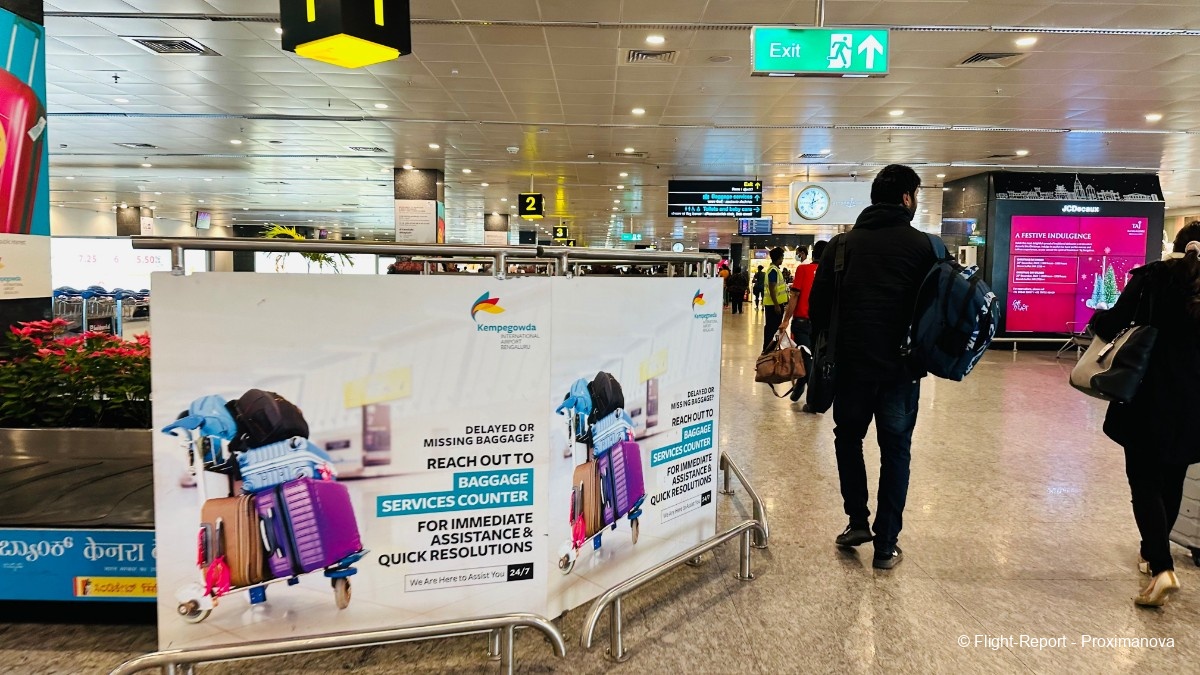
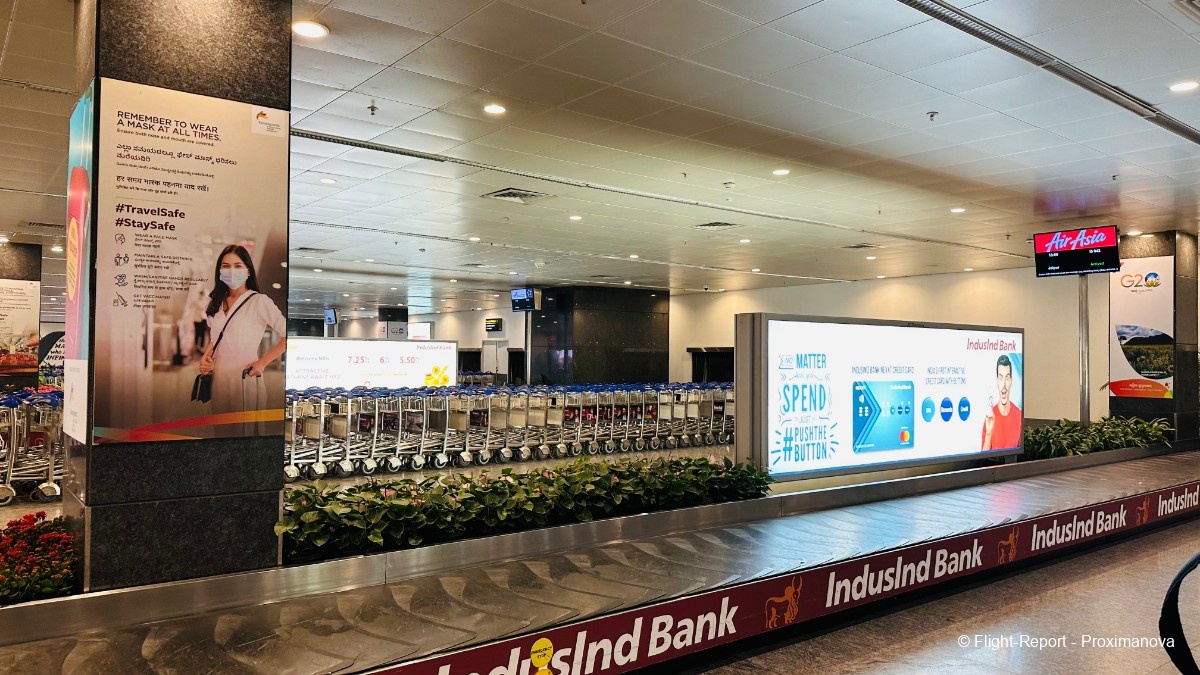
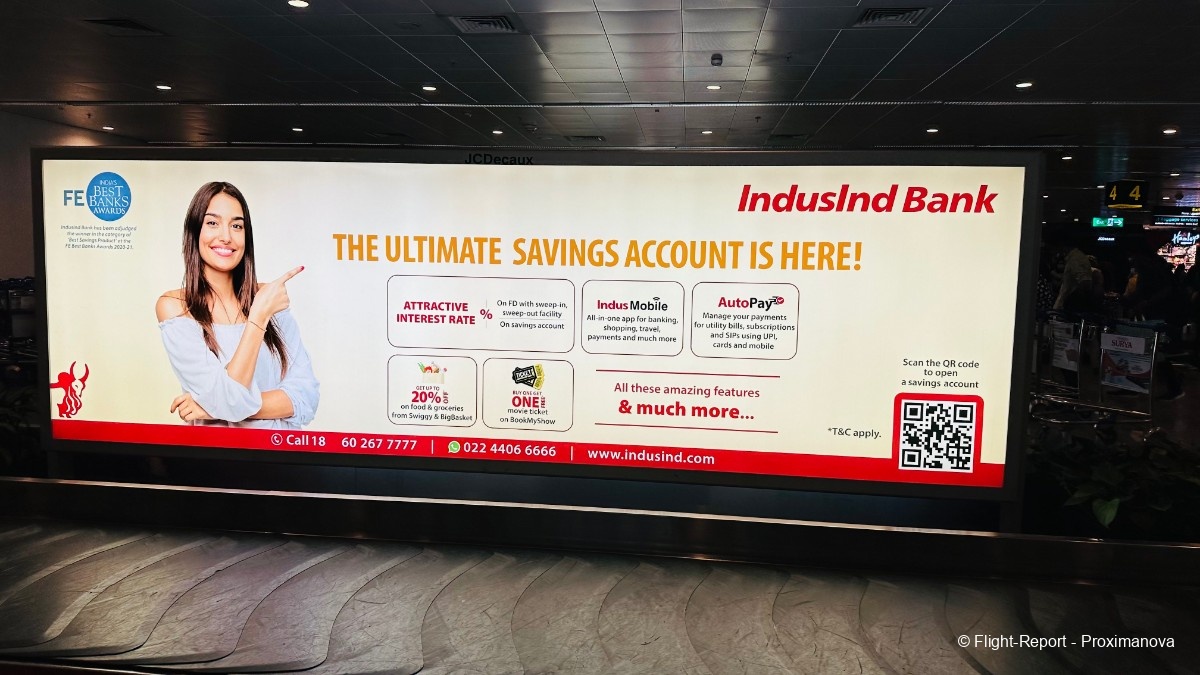
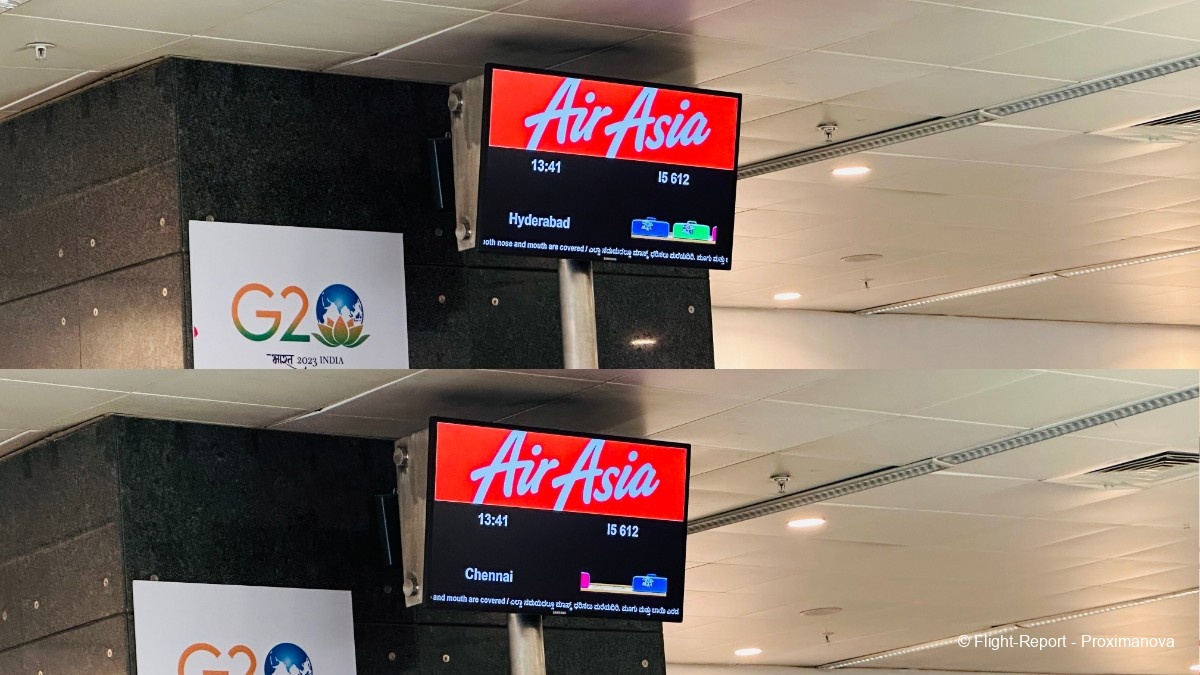
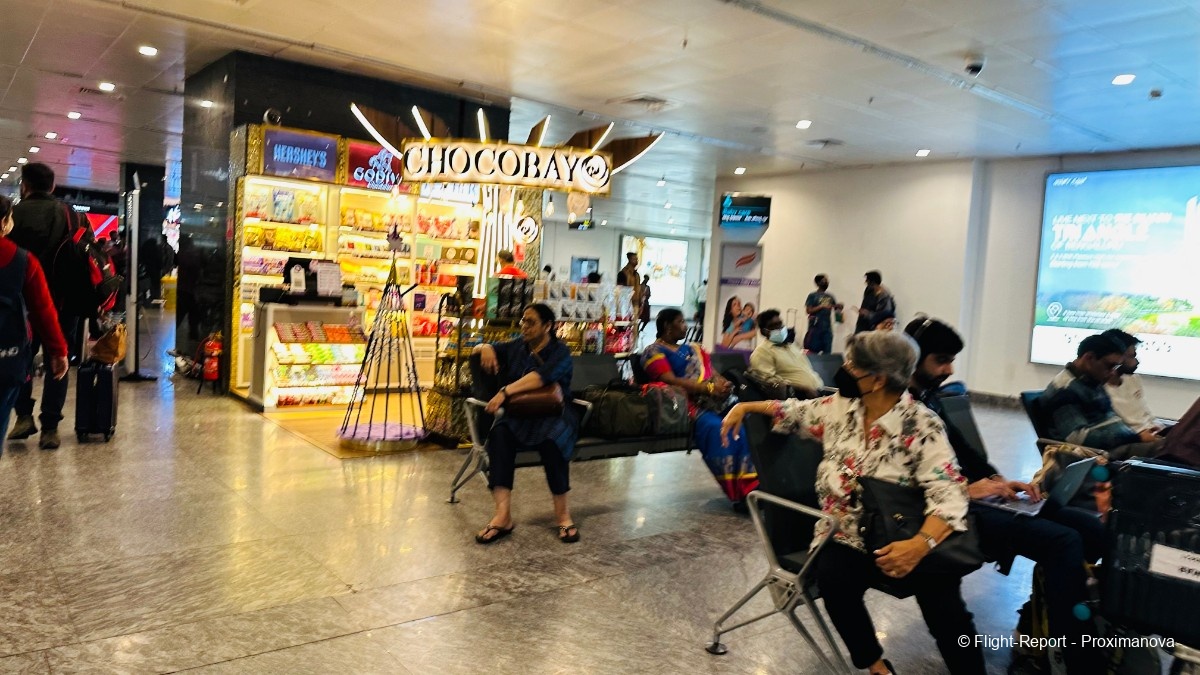
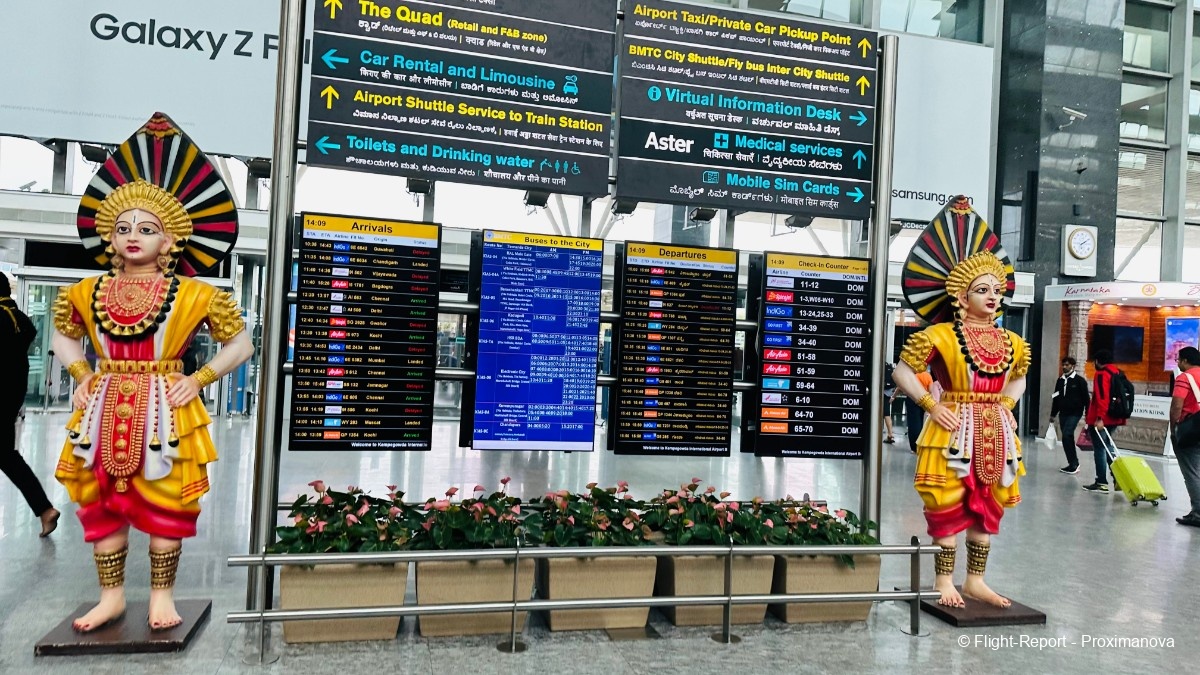
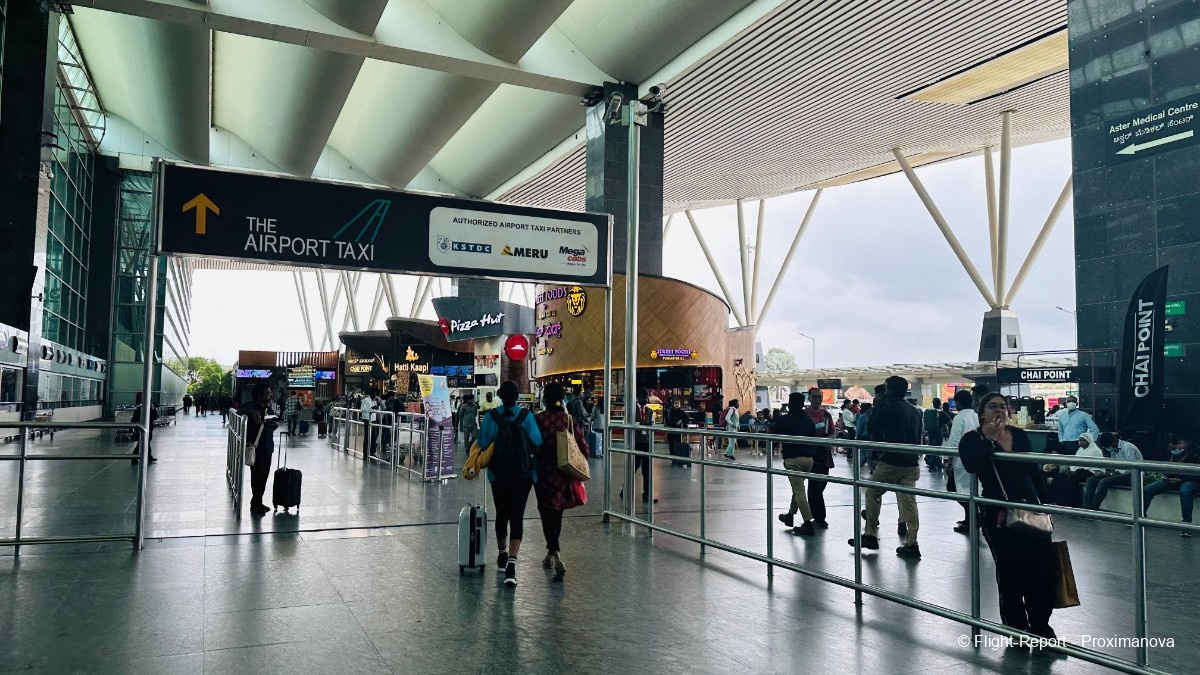
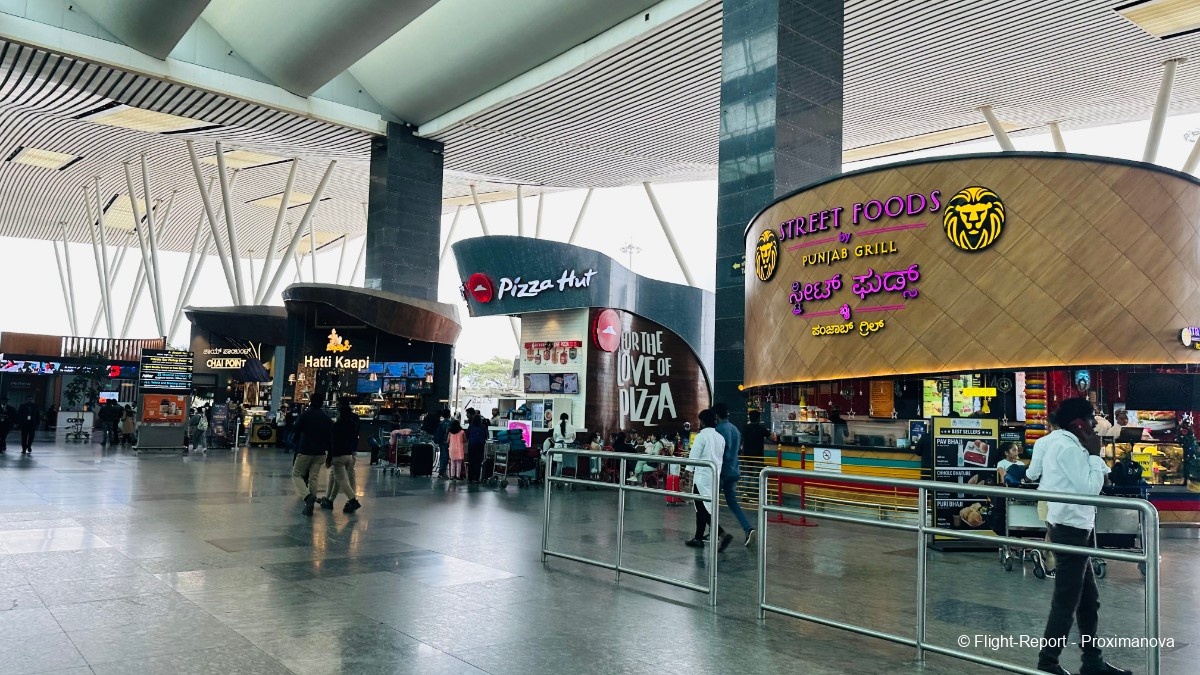
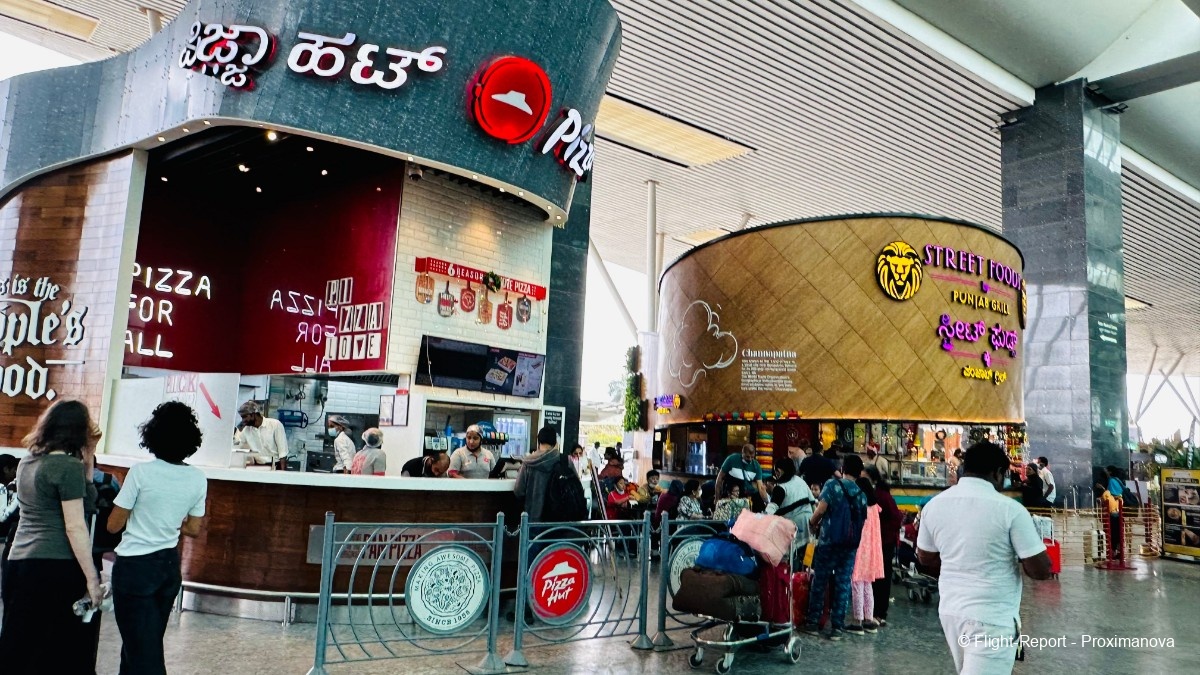
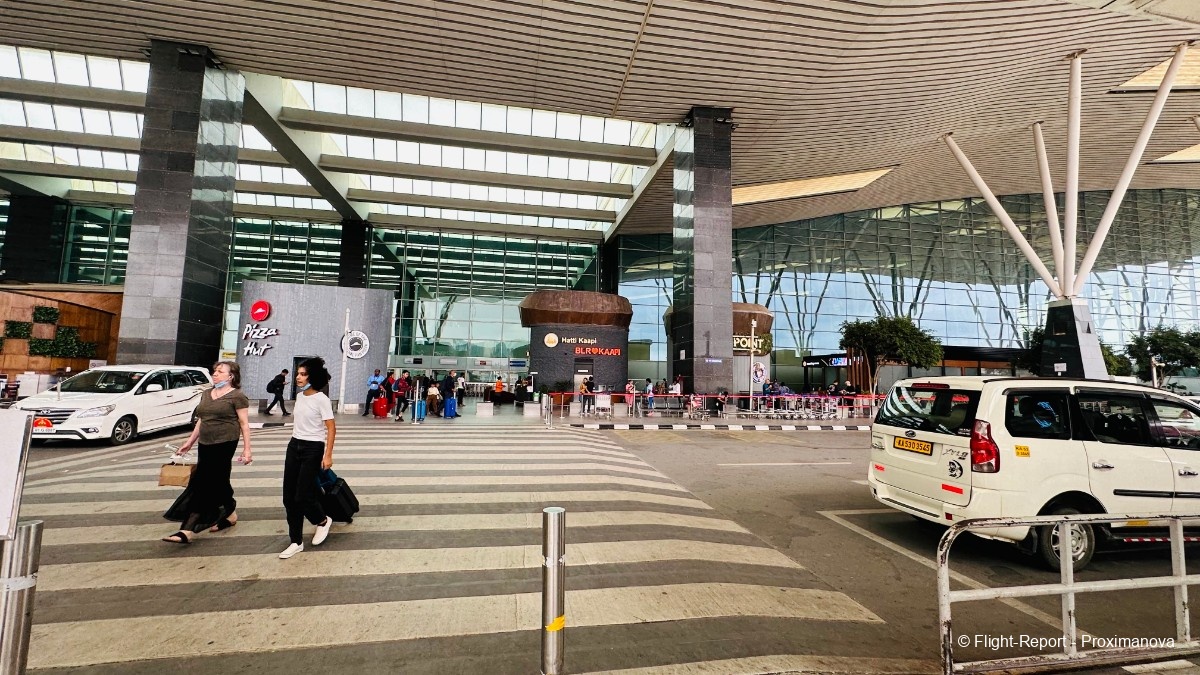
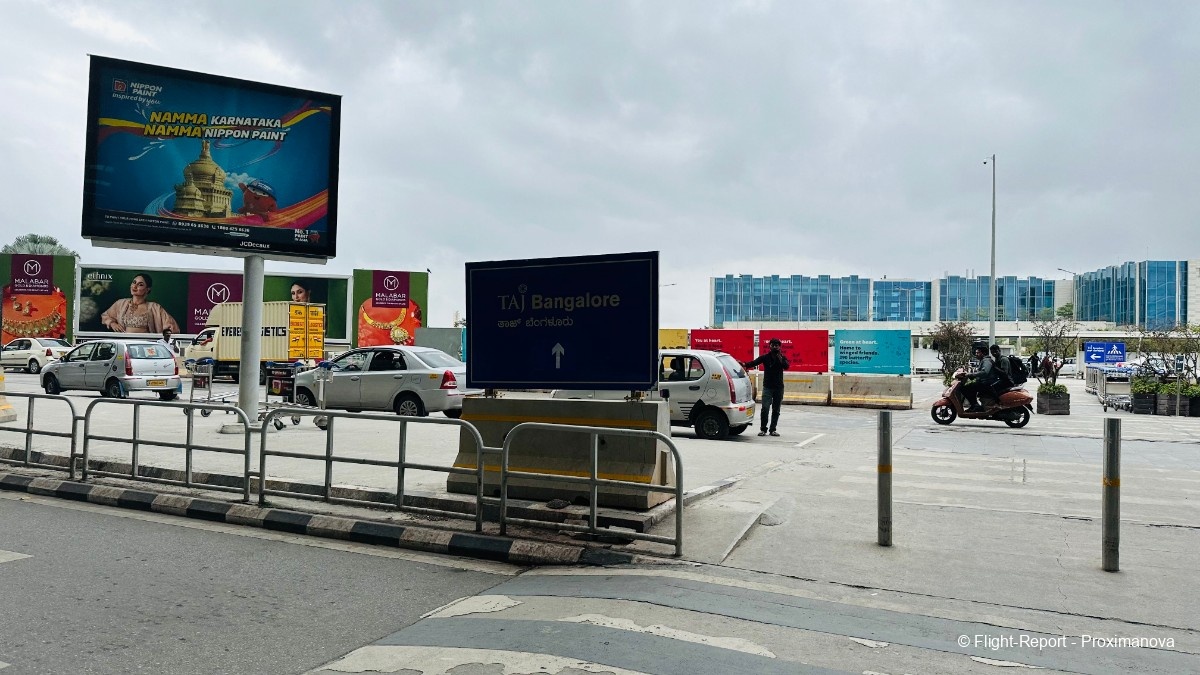
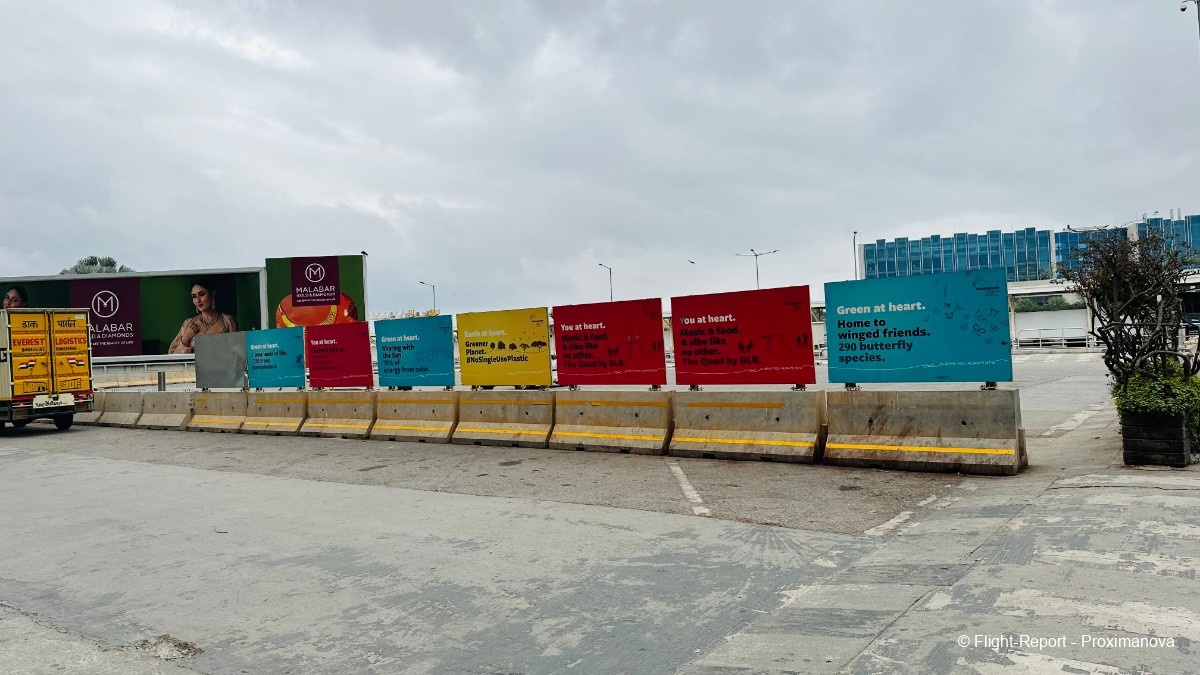
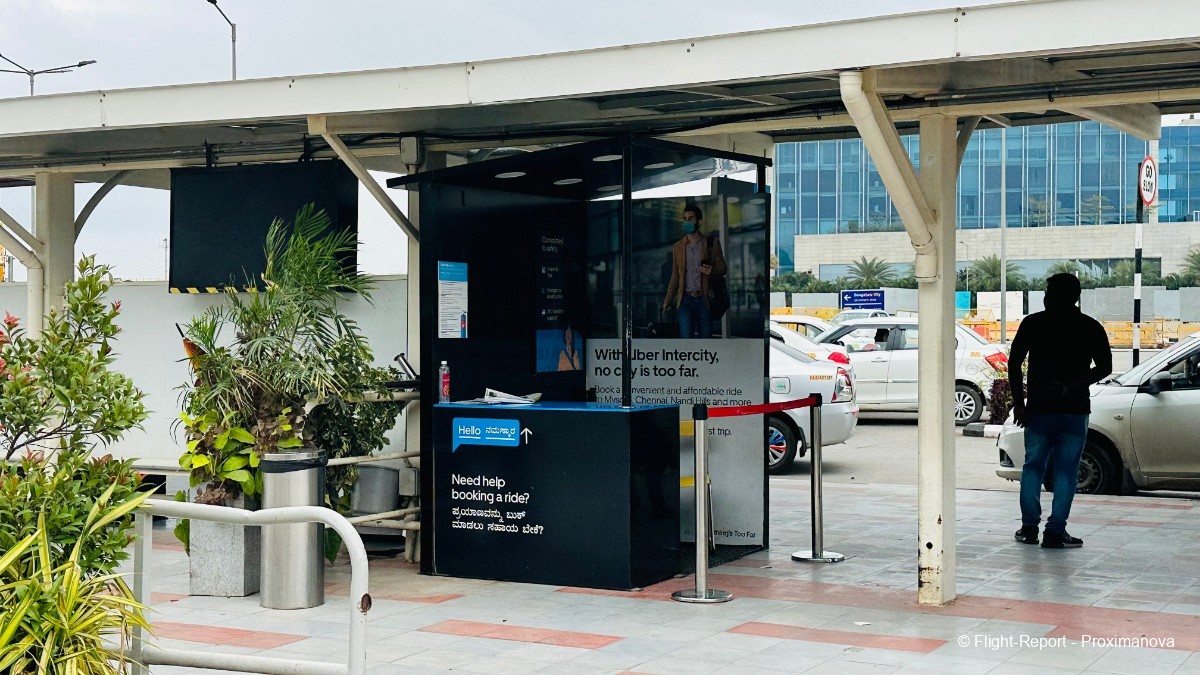
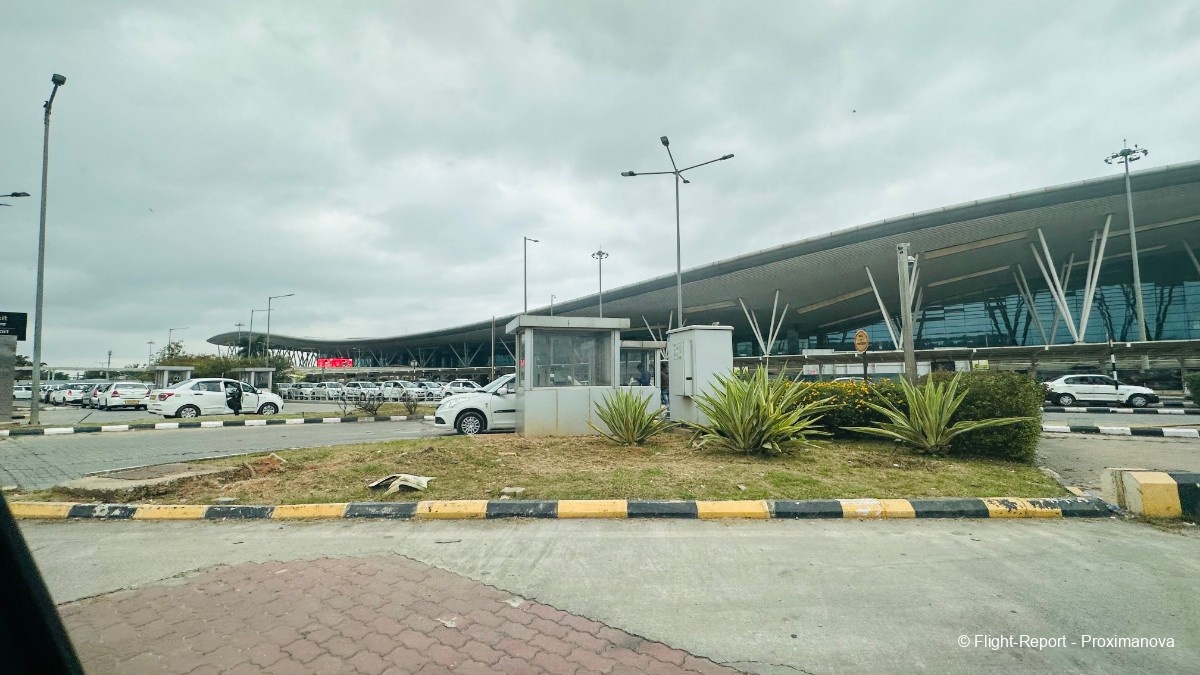
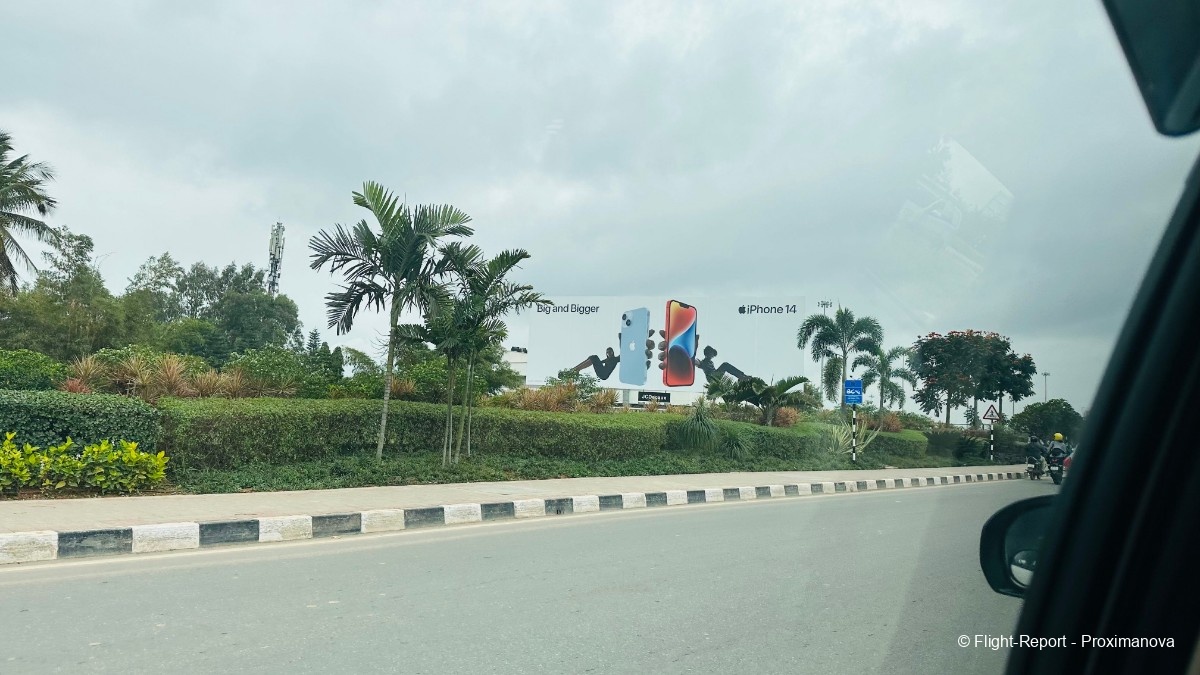
0 Comments
Login to post a comment.